Mainland Italy / Repubblica Italiana – Let’s explore here
What’s it like in Italy?
Mainland Italy is simply incredible! Instantly recognisable due to its shape like a boot, the country comprises around 450 islands as well as the mainland, based in southern Europe. Two of the islands are some of the largest in the Mediterranean, namely Sardinia and Sicily. Sardinia and Sicily are both lovely! They are so great in fact, that we’ve dedicated separate pages for each.
In its current form, the unified country has existed since 1870. Its population numbers almost 60 million people (2024), over four million of whom live in the metropolitan area of the capital, Rome. Its neighbours include Austria, France, San Marino, Slovenia, Switzerland and Vatican City. Both San Marino and Vatican City are enclaves, being completely surrounded by Italy.
In ancient times Italy was home to the Roman Empire which ruled over much of Europe for centuries. Italy is also the home of the Catholic church – which boasts almost 1.4 billion members. The Italian Renaissance during the 15th and 16th centuries marked the transition from the Middle Ages to modernity.
Over one third of Italy is composed of glorious mountains, and its highest point is on Mont Blanc, at 15,780 ft (4,810 m) above sea level. It’s also home to many active volcanoes, including Etna, Vesuvius and the Aeolian Islands.
We regularly drive to mainland Italy across the Alps to take in the gorgeous climate, amazing history, superb views, delicious food. There are endless places to visit and you could literally spend a lifetime just exploring Italy! You can even apply to stay and work for an extended time as a digital nomad. We loved it so much, we lived there!
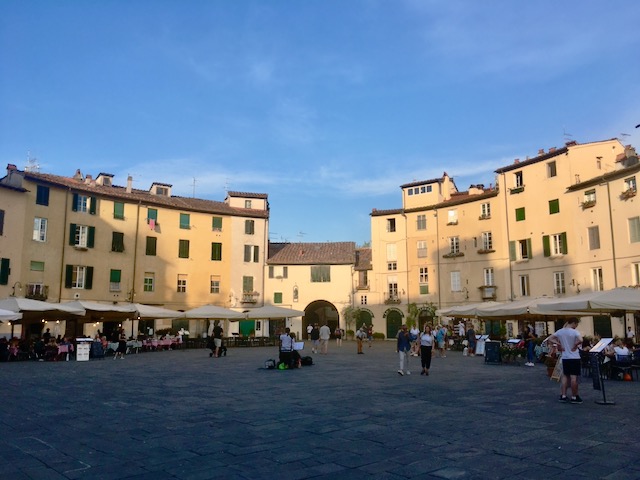
A bit about the history of Italy
Ancient Rome and the Roman Empire
Italy’s history is deeply tied to the rise and fall of Ancient Rome. Rome was founded in 753 BC and grew from a small city-state into one of the largest empires in history. The Roman Empire, at its height, controlled vast territories across Europe, North Africa, and the Middle East. Roman culture, law, and language (Latin) significantly influenced the development of Western civilisation.
The Fall of the Roman Empire and the Middle Ages
After the fall of the Western Roman Empire in 476 AD, Italy was fragmented into various kingdoms and city-states. The eastern part of the Roman Empire, the Byzantine Empire, continued to exert influence over parts of Italy for several centuries. During the Middle Ages, Italy was also invaded by Germanic tribes, and the influence of the Catholic Church, headquartered in Rome, played a central role in shaping the country’s culture and politics.
Renaissance and City-States
By the 14th century, Italy was home to powerful city-states like Florence, Venice, and Milan. The Renaissance, which began in Italy, was a period of immense cultural, artistic, and intellectual growth. Famous figures such as Leonardo da Vinci, Michelangelo, and Galileo Galilei emerged during this time, and Italy became the center of European art, science, and philosophy.
Foreign Rule and Unification
From the 16th to the early 19th century, Italy was largely under foreign control, with various regions ruled by Spain, France and Austria. The desire for Italian unification grew throughout the 19th century, culminating in the unification of Italy. Figures like Giuseppe Garibaldi, Count Cavour, and King Victor Emmanuel II led the effort to unite the fragmented Italian states into a single nation. In 1861, the Kingdom of Italy was officially proclaimed.
World War I and Fascism
Italy entered World War I on the side of the Allies, hoping to gain territory in the post-war settlement. After the war, Italy faced economic difficulties, social unrest, and political instability. In 1922, Benito Mussolini, leader of the National Fascist Party, came to power and established a dictatorship. Mussolini’s regime promoted nationalism and militarism, and Italy joined Germany in the Axis powers during World War II.
World War II and Post-War Recovery
During World War II, Italy suffered significant losses, and Mussolini was overthrown in 1943. After the war, Italy became a republic in 1946, abolishing its monarchy. The country underwent a period of rebuilding and economic recovery, becoming one of the founding members of the European Union.
Modern Italy
In the latter half of the 20th century, Italy emerged as an economic powerhouse, with a strong industrial base and a prominent role in global politics. However, Italy has faced political instability, with frequent changes in government and challenges such as corruption and regional disparities. In recent years, Italy has been grappling with issues like economic stagnation, immigration, and its role within the European Union. Today, Italy is a democratic republic known for its rich cultural heritage, artistic contributions, and strong influence on global politics, fashion, and cuisine.
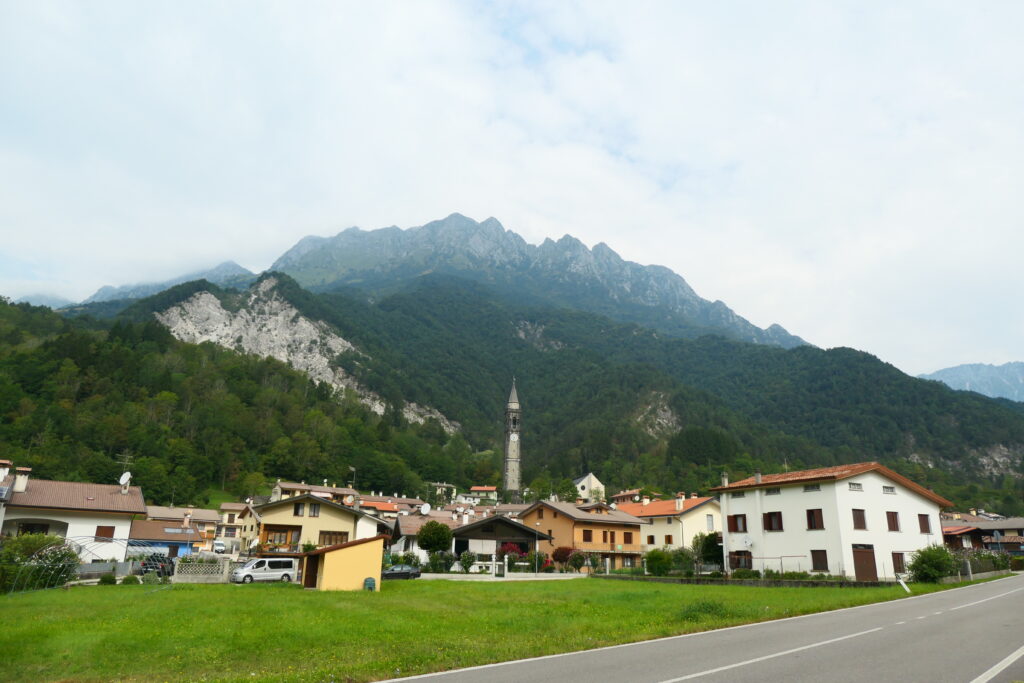
Italy road trip
For our Italian road trip in 2024, we wanted to travel to the bottom of the boot of Italy, as it was the last place in Italy that we didn’t know well, having lived there for a while. Our Italian road trip was part of a much larger European road trip, and started as we travelled along the SS1 Italian riviera road to Genoa in Italy from France, in order to catch the ferry to Corsica. The SS1 road is spectacular and well worth travelling on, as the views are brilliant and the towns and cities have such excellent architecture, we love it!
Ferries to and from Italy
Our Italian road trip involved quite a number of ferries:
The ferry from mainland Italy to Corsica
We were initially going to take the ferry from Livorno in Italy to Bastia, Corsica, however time was against us, so we opted for the Genoa – Ajaccio, Corsica ferry instead. We booked the cheapest room to sleep, as it was an overnight ferry, although we got a free upgrade to a four-bed indoor cabin for the 12 hour journey – it was very comfortable, although there was no wifi 😯
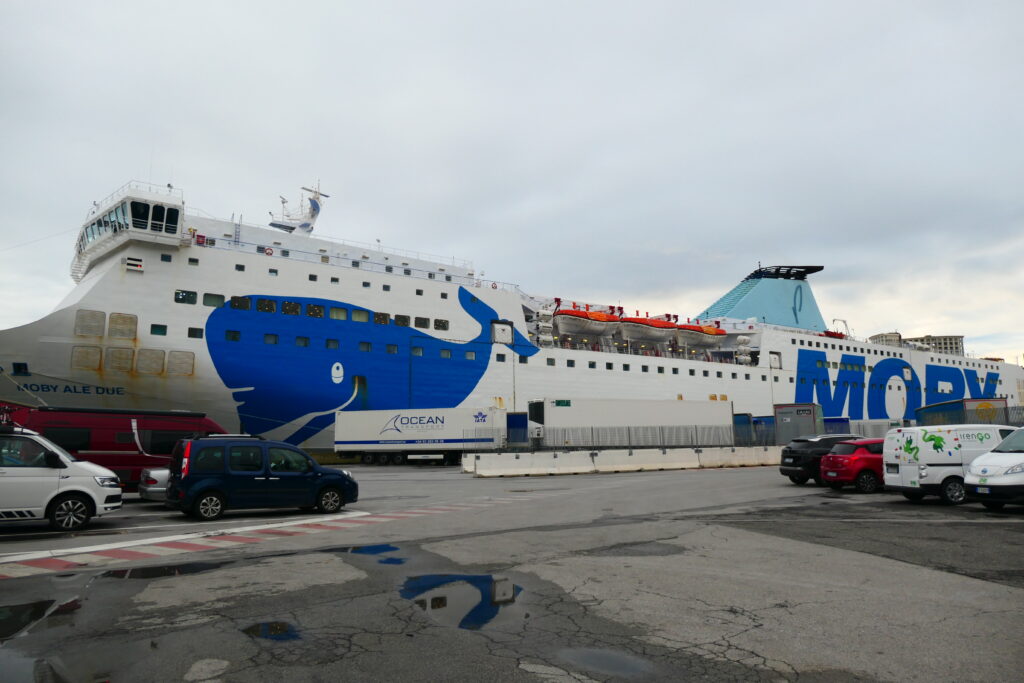
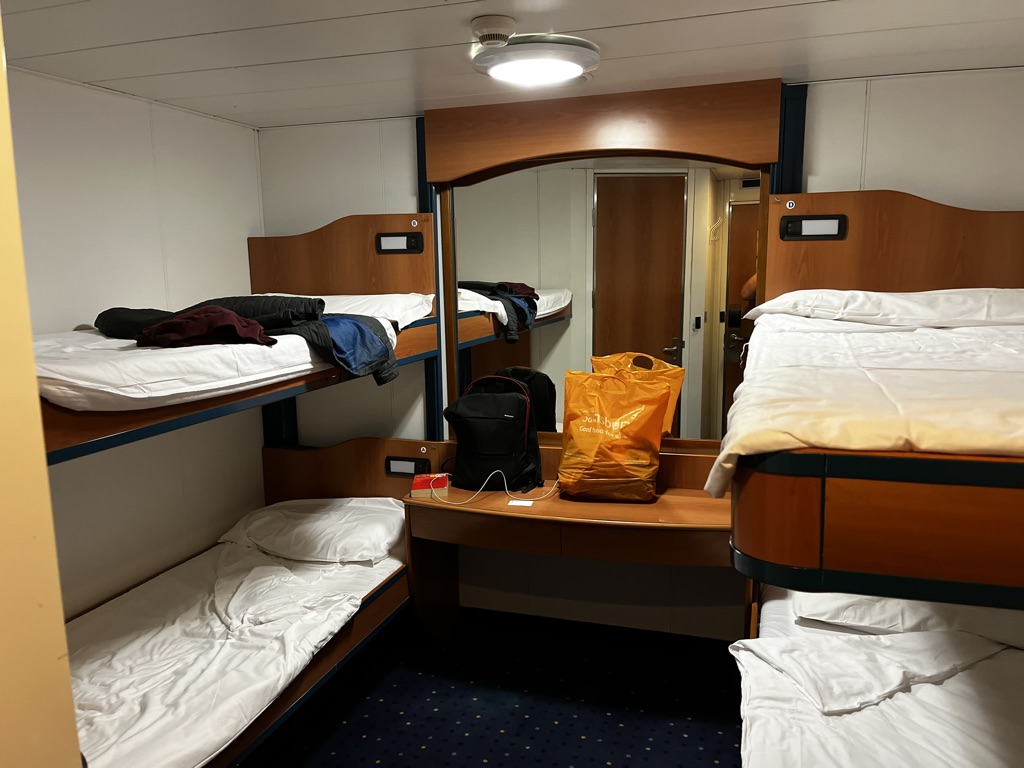
The ferry from Sardinia to mainland Italy
Having explored both of the amazing islands of Corsica and Sardinia, both islands of which were long time ambitions for us, we were initially going to take the ferry from Sardinia on to Sicily, as we made our way to Malta. However the ferry only runs once per week and was full for cars … we’d left it too late!!! This was despite looking over a week in advance! That’s what can happen when you don’t know exactly when you’ll be travelling, and when you don’t want to rush your travels!
In the end we travelled from Cagliari, Sardinia to Naples on the mainland. The ferry we travelled on was an overnight ferry that took 14½ hours. When on board the ferry, we were upgraded again to an outside cabin that had a window – which was great for views of the sunrise and the approach to Naples.
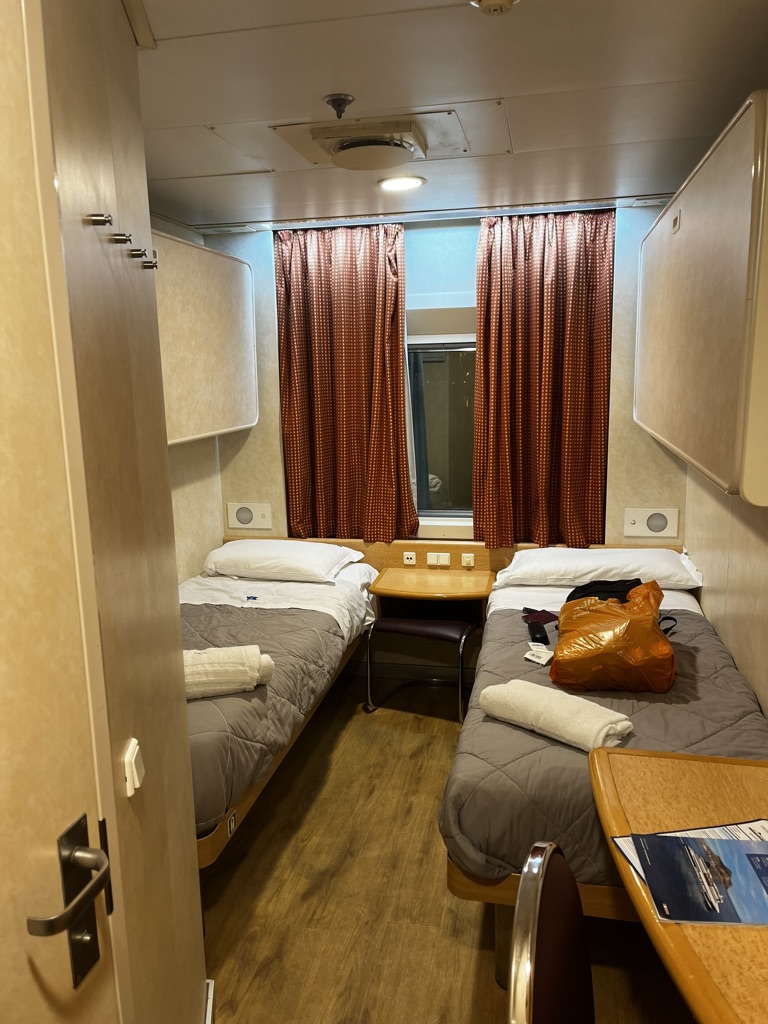
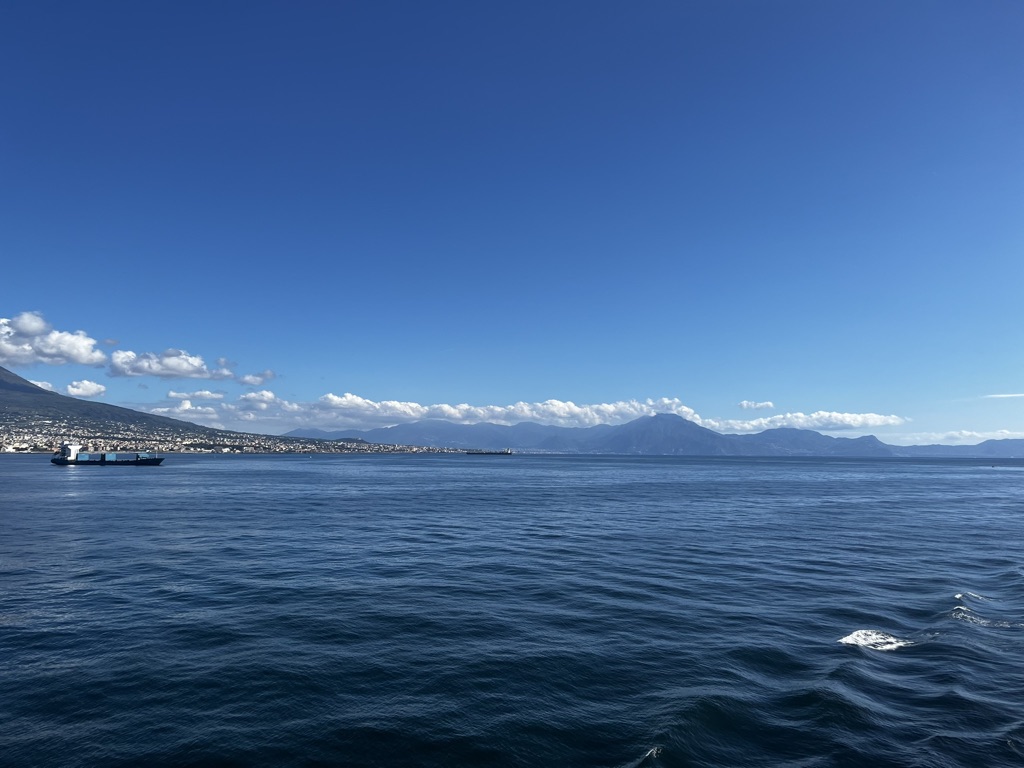
The ferry from mainland Italy to Sicily
Having travelled down to the ‘heel’ of Italy, near to Lecce, and over to the ‘toes’ of Italy, near Tropea, we headed for Villa San Giovanni to catch the ferry to Messina in Sicily. There are many, many ferries every day that make the crossing, and the journey only takes around twenty minutes. It’s so short you can remain in your car should you wish to.
We travelled with Caronte & Tourist ferries and booked online. There is an electronic barrier on the road just prior to the port, where you can present your QR code, so as to reach the ferry. Unfortunately all of the instructions are only in Italian. That said, an attendant who spoke English was there to help should you require it.
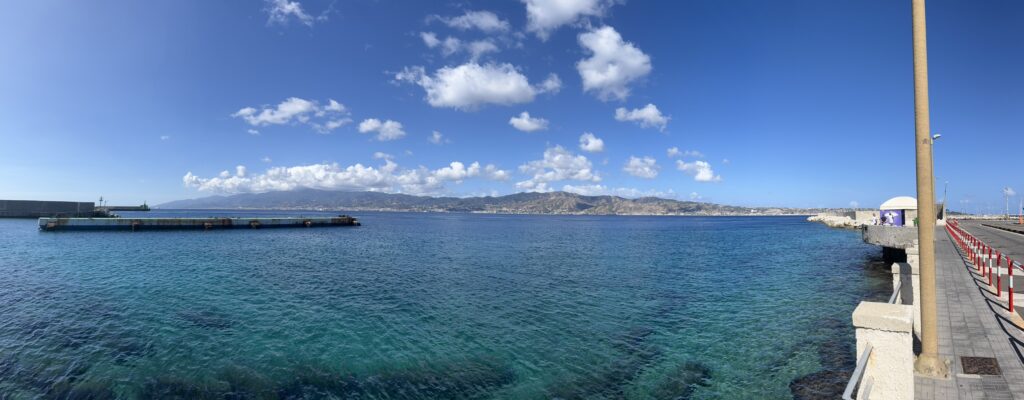
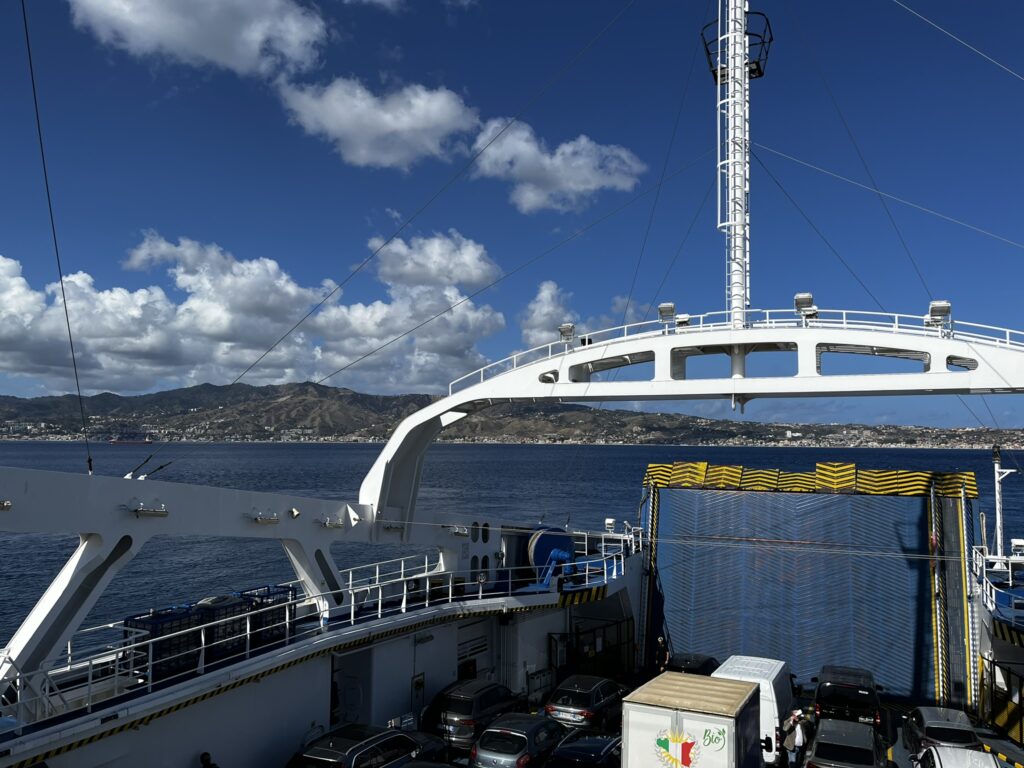
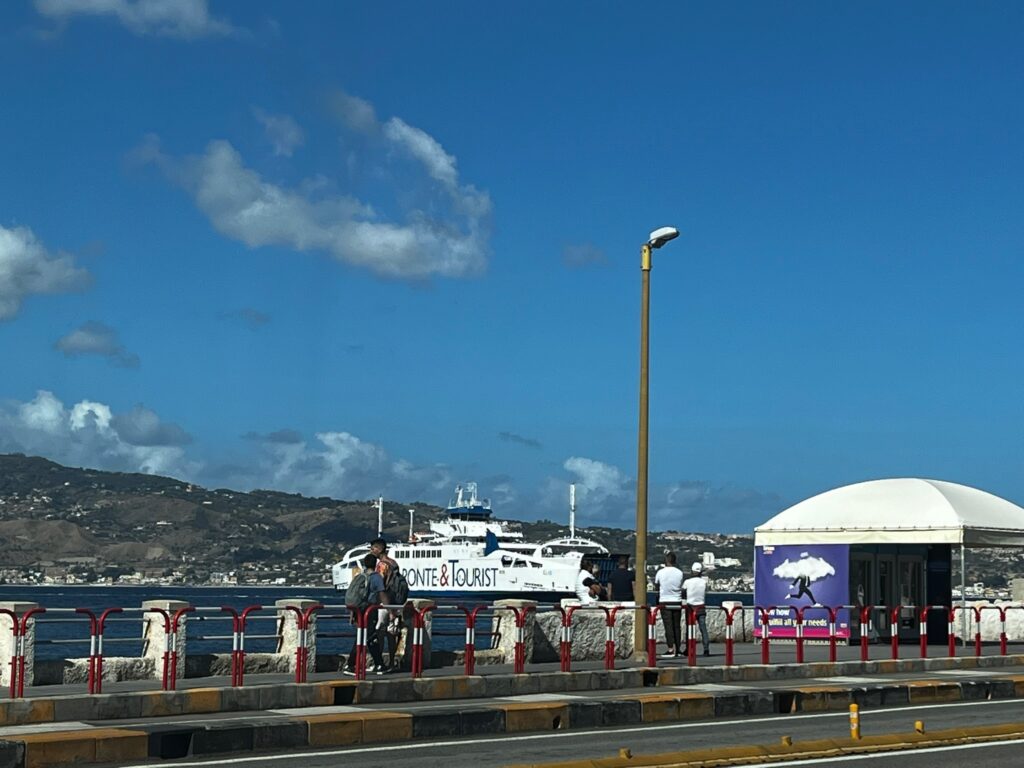
The ferry from Sicily to mainland Italy
On our way back from Malta, we travelled back through to Villa San Giovanni in mainland Italy via Messina, Sicily, before heading up to San Marino and on to the Italian Alps and Austria.
We travelled with Caronte & Tourist ferries and booked online again. There is no electronic barrier at the port on the Sicilian side – an attendant with a handheld scanner scanned the QR code whilst we remained in our car.
Again, there are many, many ferries every day that make the crossing, and the journey only takes around twenty minutes. It’s so short you can remain in your car should you wish to.
There was a huge storm when we crossed that caused massive flooding throughout Italy and Sicily. Yet the crossing was not greatly affected, and felt slightly choppy at worst!
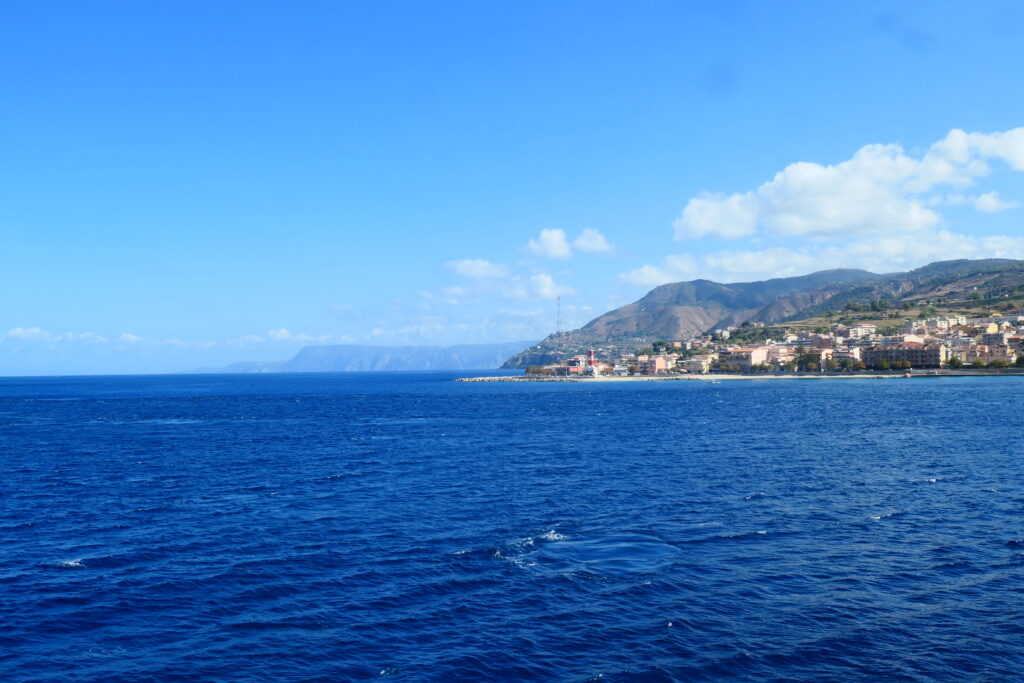
Map of the first part of our road trip through Italy in 2024
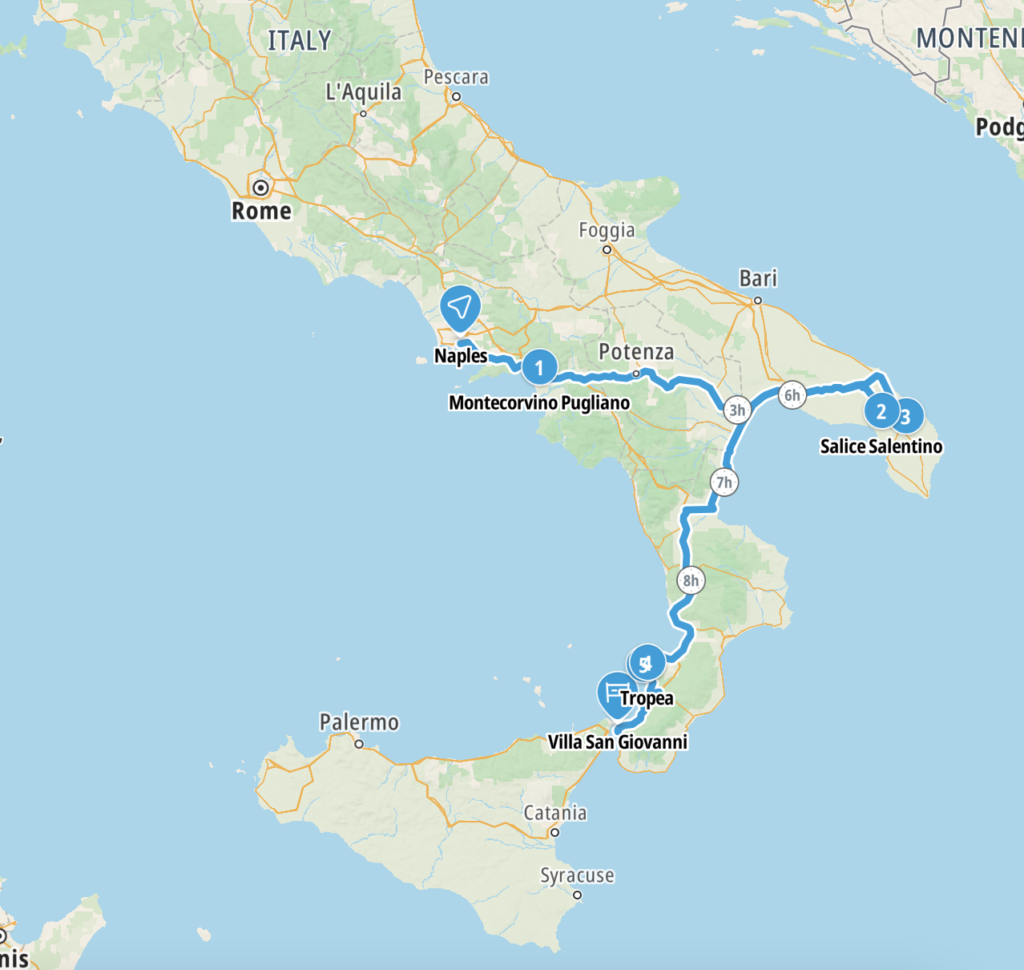
From Sicily we explored some more of the south west coast of Italy before making our way north to San Marino and the Italian Alps. We had to plan the route carefully though, as the storms were still battering the whole of Italy, and many places were cut off by floods, or had governmental emergency measures in place restricting traffic entering the areas.
Map of the second part of our road trip through Italy in 2024
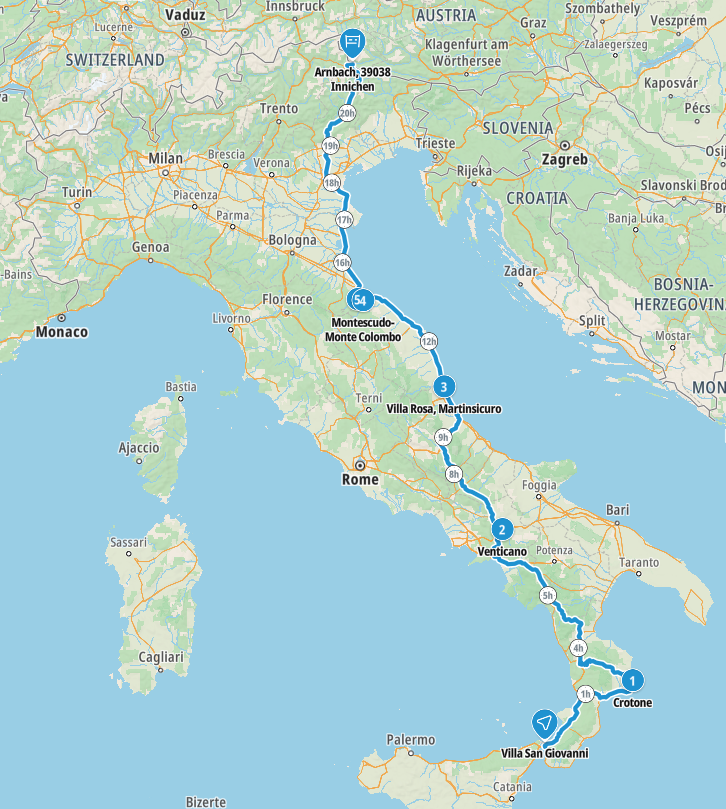
This is a map of our road trip from Sicily through mainland Italy to San Marino and up to Austria in 2024.
Our route went from Villa San Giovanni – Crotone – Ventricano – Villa Rosa – Montescudo-Monte Colombo – San Marino – Innichen
Previous Italian road trips
We created a blog for our last road trip through Italy in 2023. You may find it helpful, and you may pick up some tips, or more likely mistakes not to make that we’ve made 😉 Our Italian road trip was part of a much larger European road trip.
In 2023 we travelled from Slovenia through to Refrontolo and Verona in Italy before moving on to Fermo for our niece’s wedding. Despite having lived in Italy and having visited umpteen times, we’d never been to Verona or Refrontolo. We chose the latter because it was not far from the Slovenian border and it was a small town, thus providing for a more authentic Italian experience. After the wedding, we travelled up to Switzerland.
We also travelled through Italy on our return to the UK for Christmas 2023.
Map of the first part of our road trip through Italy in 2023

Our initial Italian road trip in 2023 went through mainland Italy from Slovenia to Switzerland via Nimis – Refrontolo – Verona – Fermo – Manerba del Garda.
Map of the second part of our road trip through Italy in 2023

The second part of our Italian road trip in 2023 went through mainland Italy from Slovenia to Switzerland via Sant’ Andrea – San Bonifacio – Veronella – Cremona – Piacenza – Alessandria – Nus – Aosta – Gt St Bernard Tunnel
Our favourite places in Italy
These are some of the best places that we explored on our road trips through Italy. We’ve put them in alphabetical order.
Some of our favourite places in mainland Italy include Lucca, Milan, Montalto di Castro, Montefiascone, Montepulciano, Orvieto, Ravenna, Viterbo … too many to mention! By the way, the best ice cream in the world is found in a small shop in Ravenna!
Alassio
Alassio is a small town on the Italian Riviera in north east Italy. It’s surrounded by excellent vistas and has a lovey marina. It also overlooks the island of Gallinara, a protection zone for various native plants and the large herring gull population that resides there.
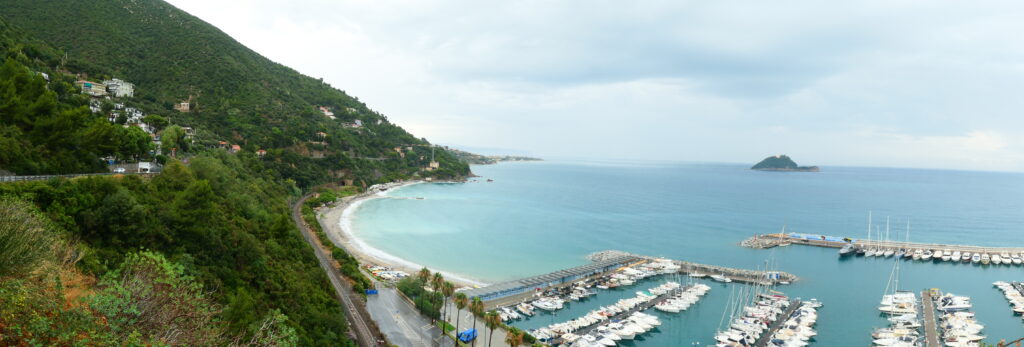
Auronzo di Cadore
Auronzo di Cadore is a small town in the far north east of Italy, located close to the border with Austria. It sits 2,897 ft (883 m) above sea level and is dominated by the Dolomites.
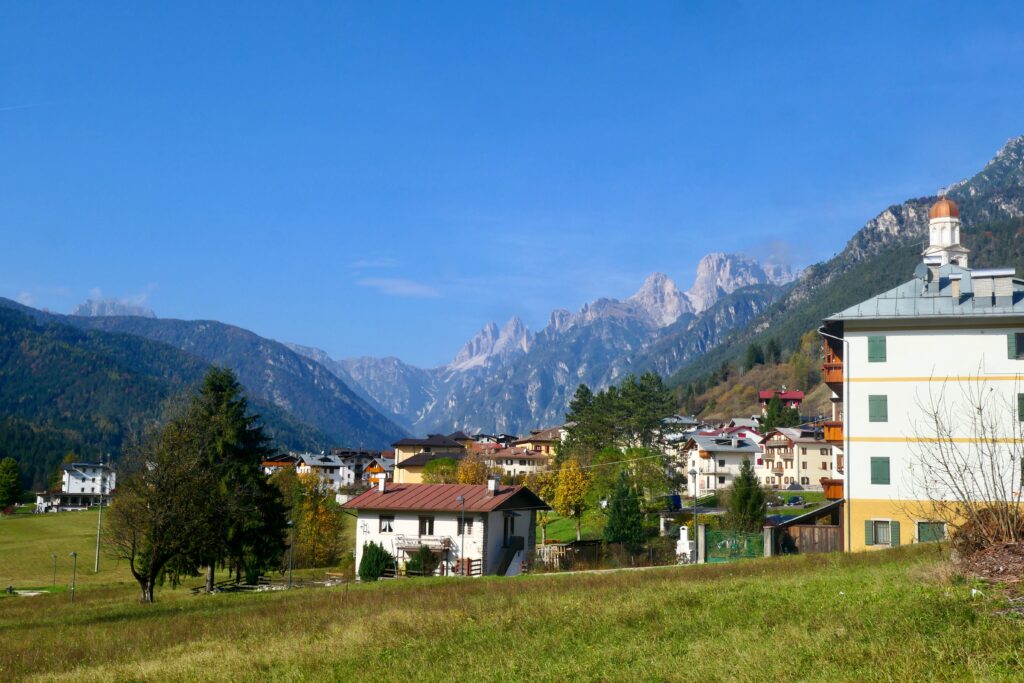
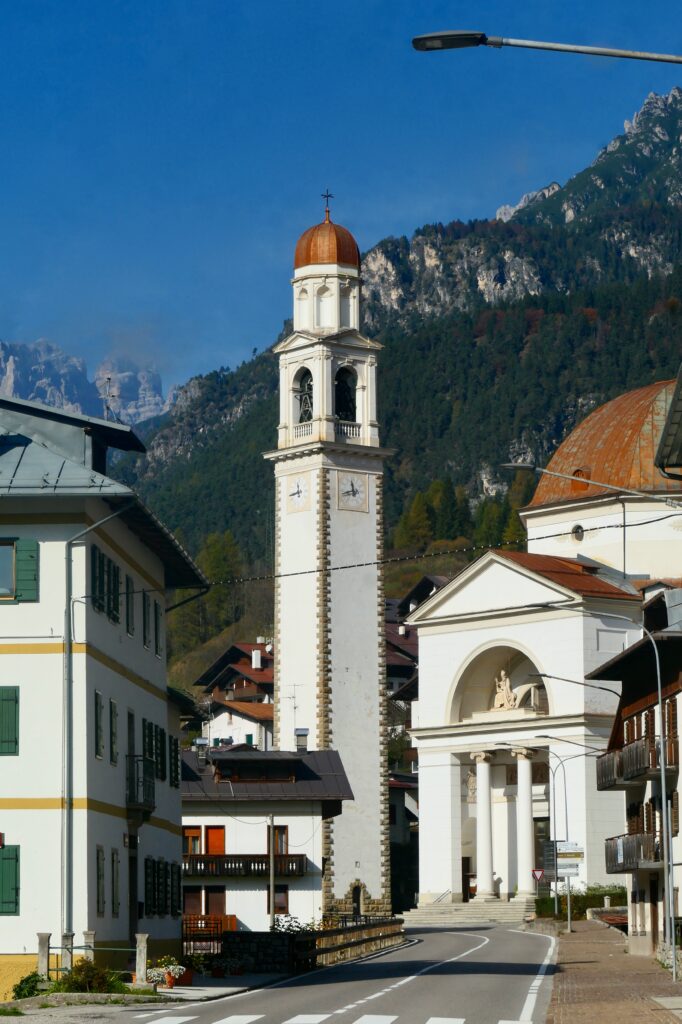
Bardonecchia
Bardonecchia is a small town, high up in the mountains of far north east Italy, next to the border with France. Many years ago in the late 1980s, we caught a train that passed through Bardonecchia. On arrival late evening, the Italian border guards made everyone leave the train, and so we had to make an emergency stop in the town. We stayed in the Hotel Tabor, and they treated us so well that we’ve never forgotten the place.
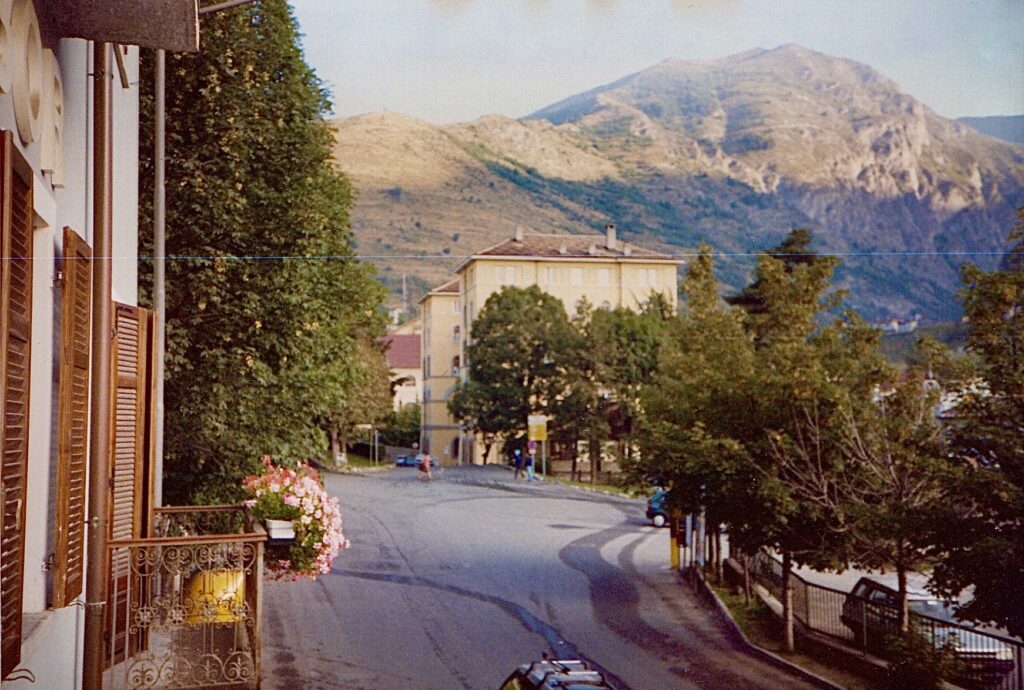
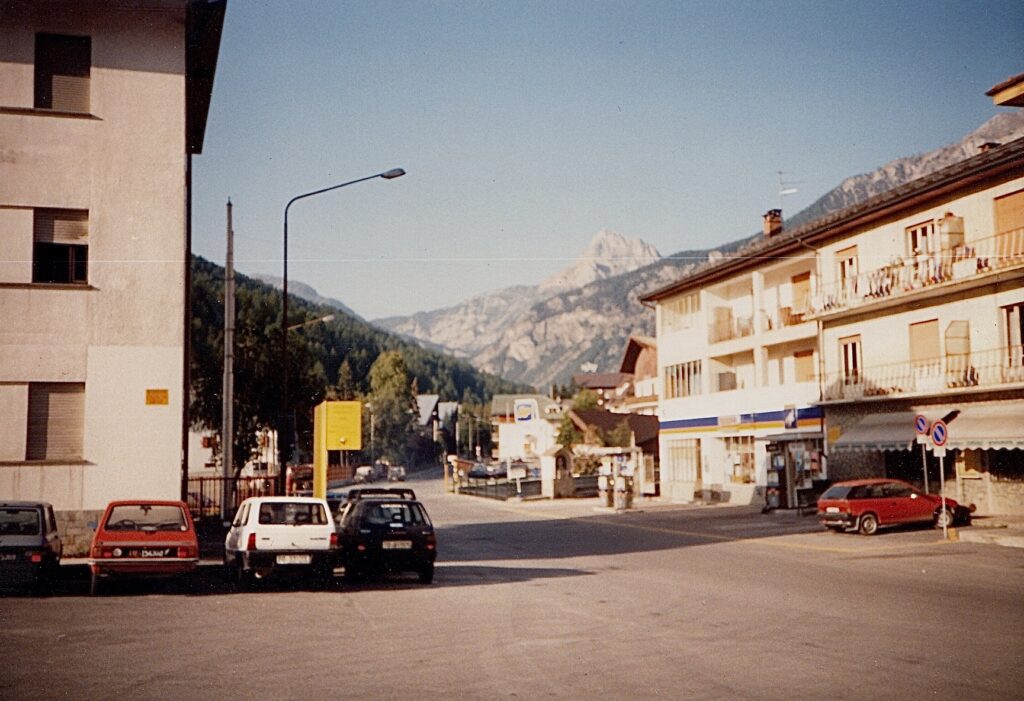
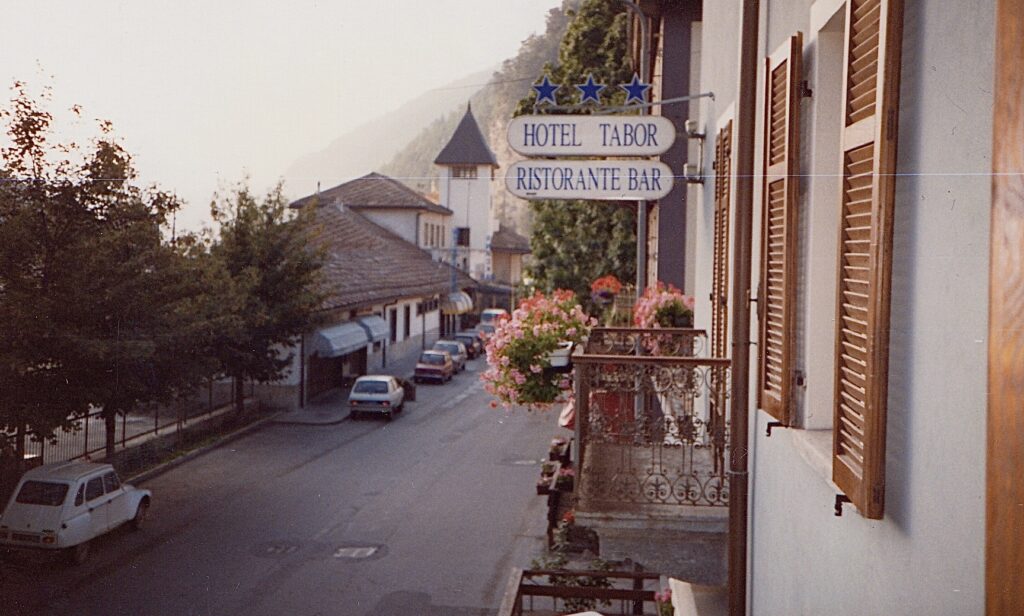
Bologna
Bologna is a marvellous ancient city of about 400,000 people that houses the oldest university in the world (founded in 1088). It’s located in north eastern Italy, north of Florence. The city is also famous for its Two Towers, the Asinelli Tower and the Garisenda Tower, built in the 12th century. Much like the leaning tower of Pisa, the Garisenda Tower is in danger of collapse and is currently undergoing extensive preventative measures.
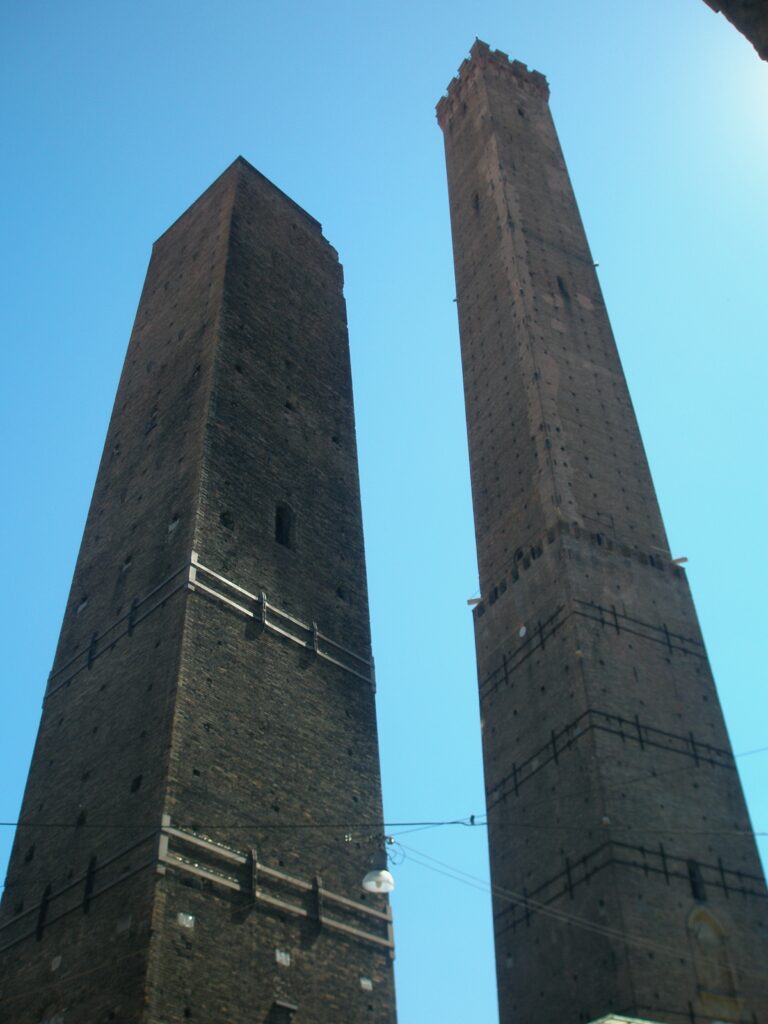
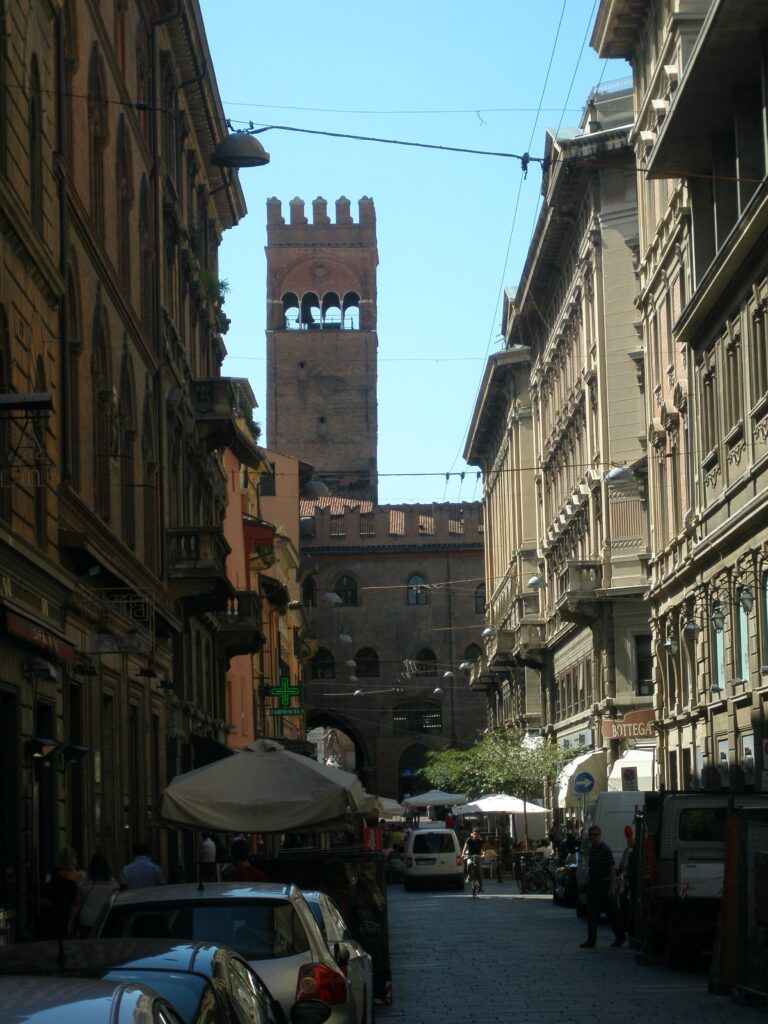
Bomarzo
Bomarzo is a small town in central east Italy. Close by there is the amazing 16th century park of monsters – the Sacro Bosco.
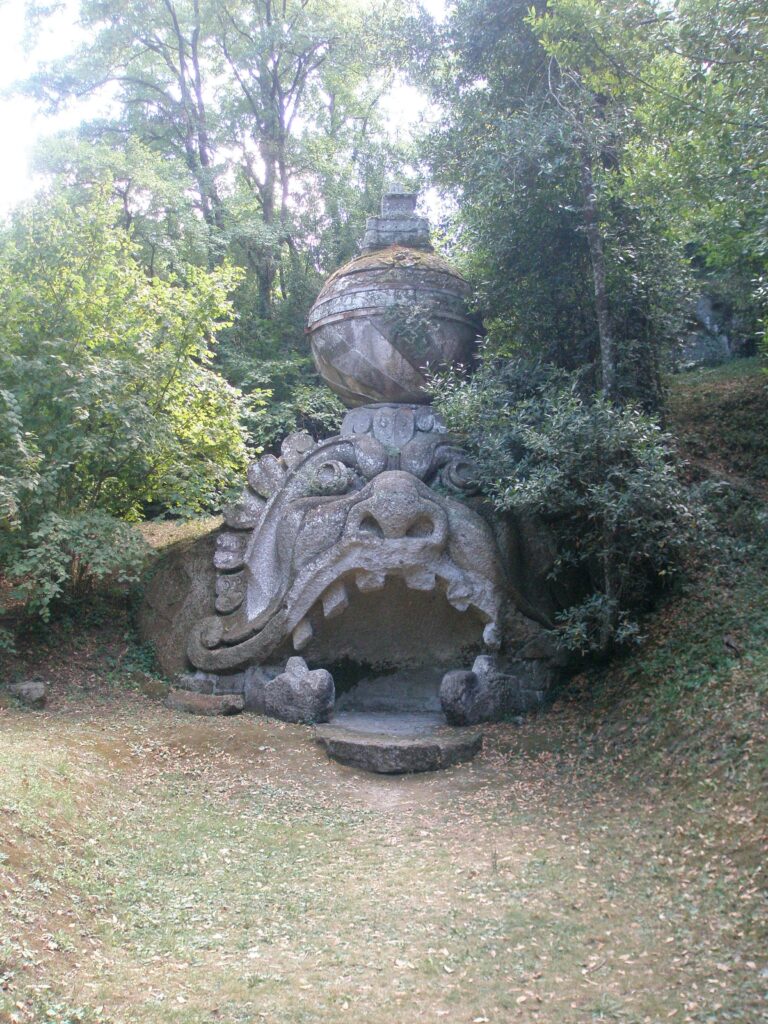
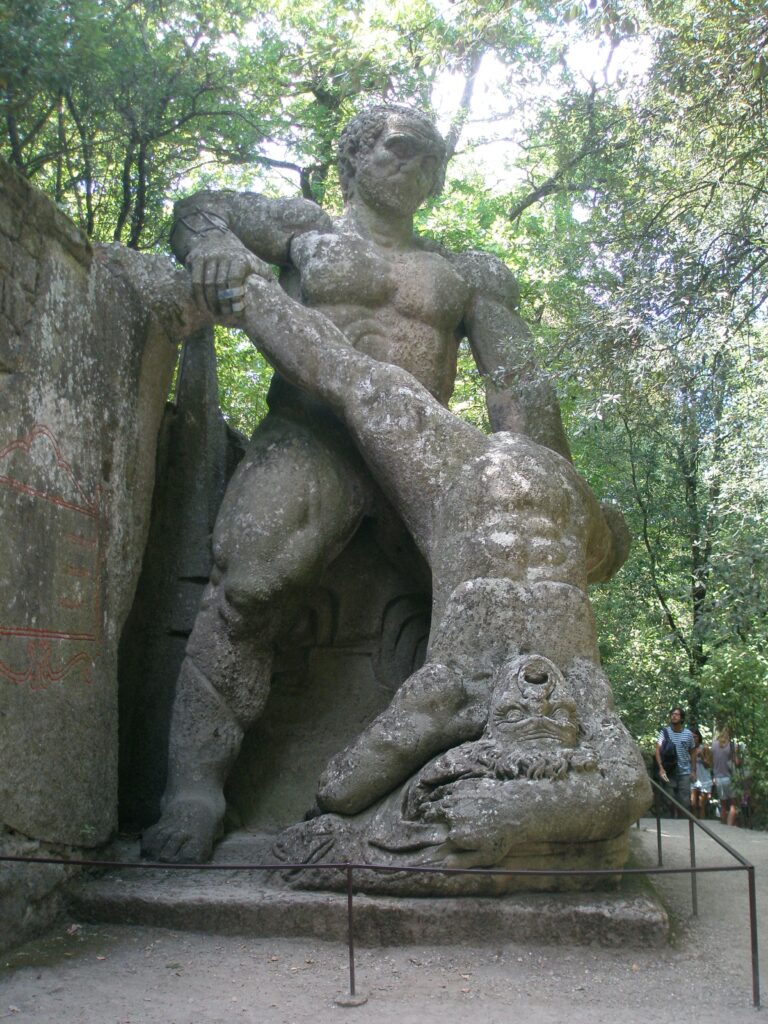
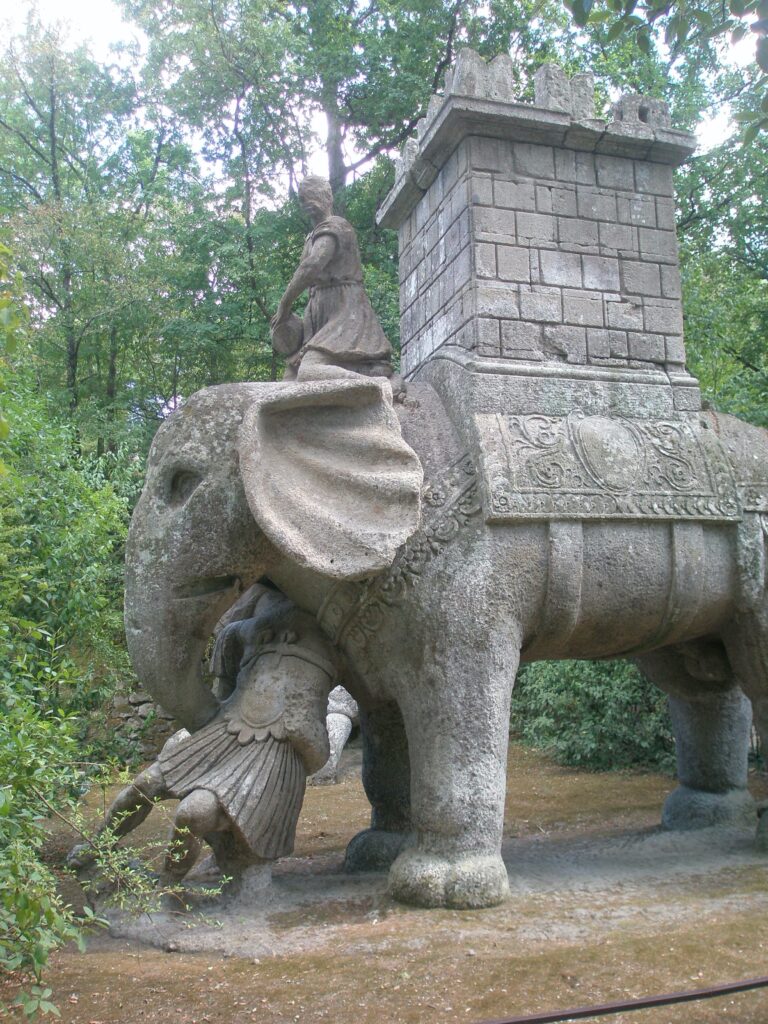
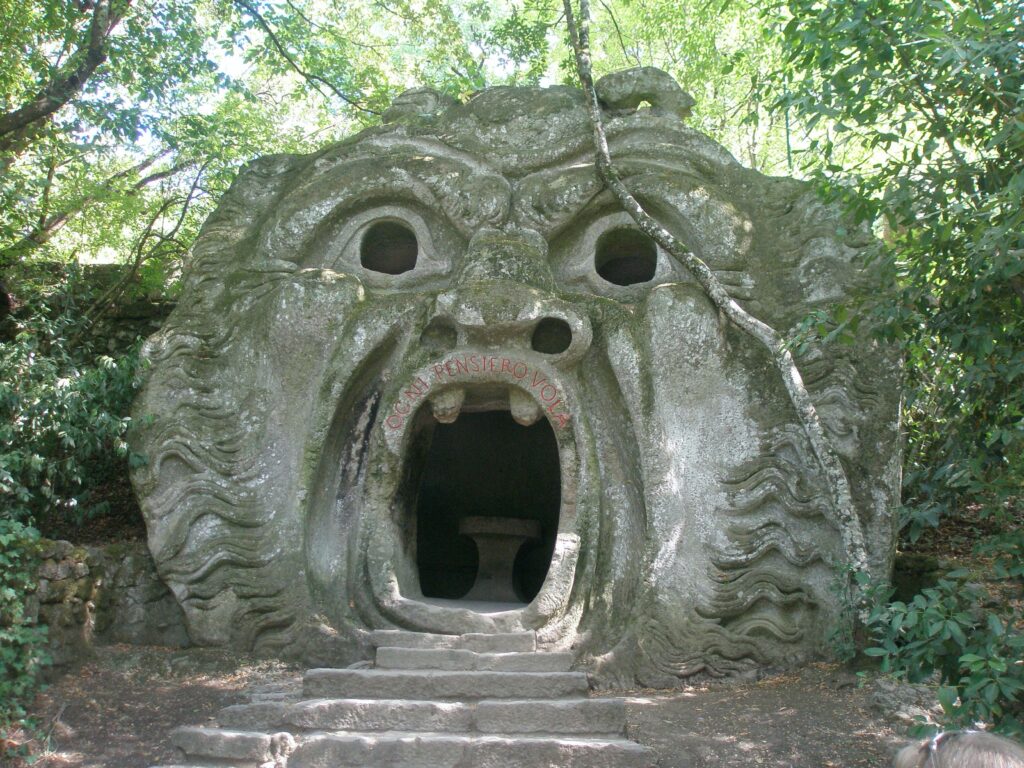
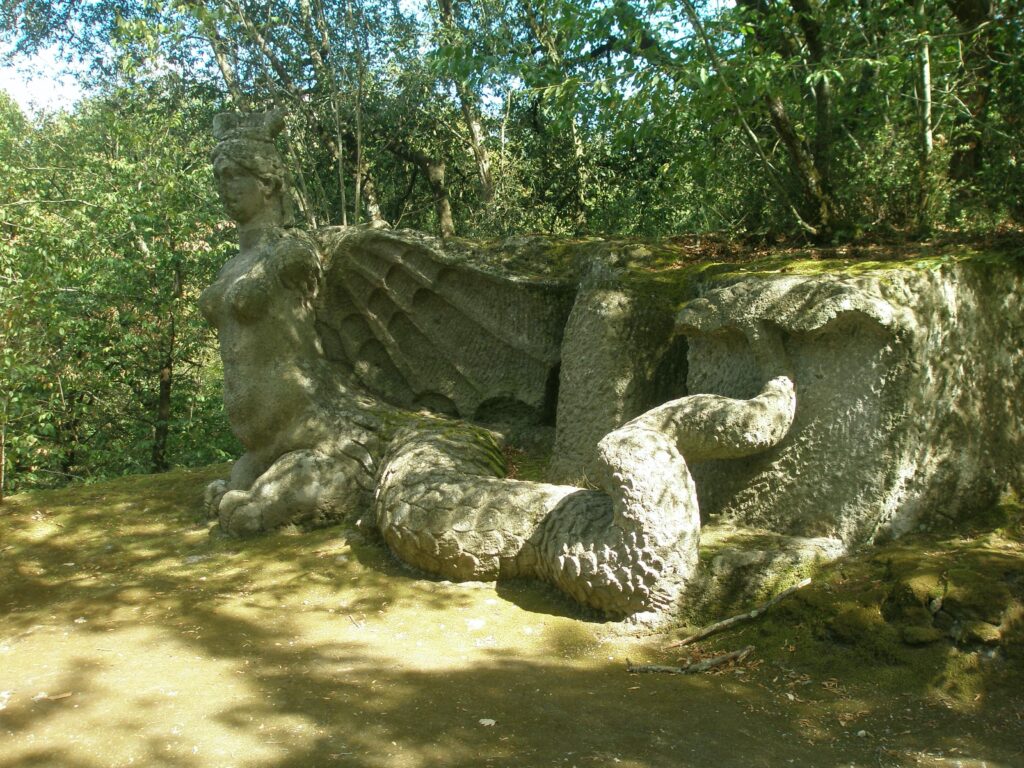
Caccuri
Caccuri is a small hilltop town in the far south west of mainland Italy.
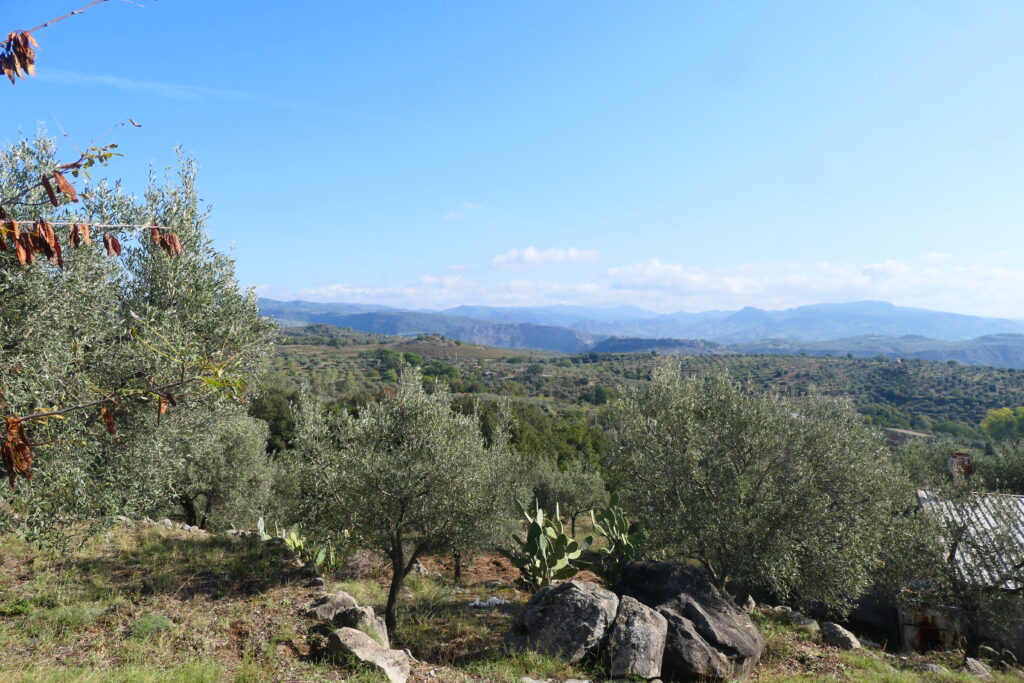
Castelnuovo di Garfagnana
Castelnuovo di Garfagnana is situated between the Apennines and the Apuan Alps, about forty kilometres from the city of Lucca. Driving up from Lucca is a sheer delight, and if you’re staying in one of the mountain top villages, your driving skills will be tested!
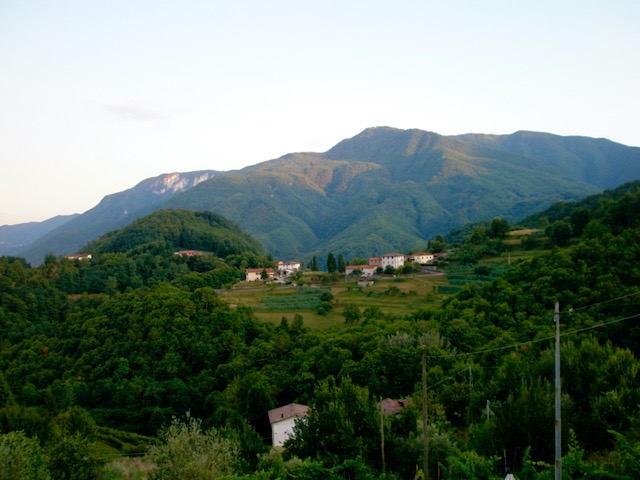
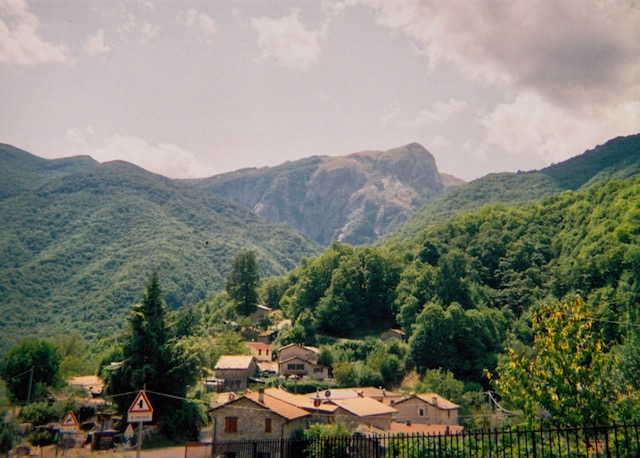
Civita di Bagnoregio
Civita di Bagnoregio is an ancient village located near to Bagnoregio and lake Bolsena, Viterbo province. Often cited as one of the most beautiful villages in Italy, it can only be accessed via a footbridge from the nearby town.

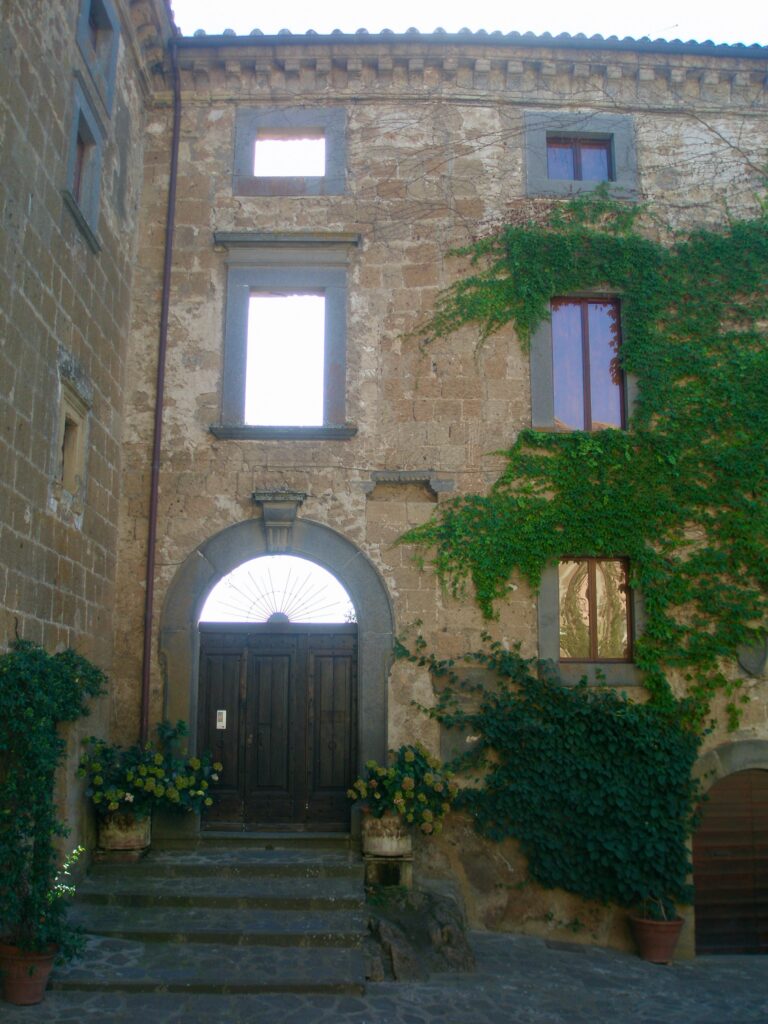
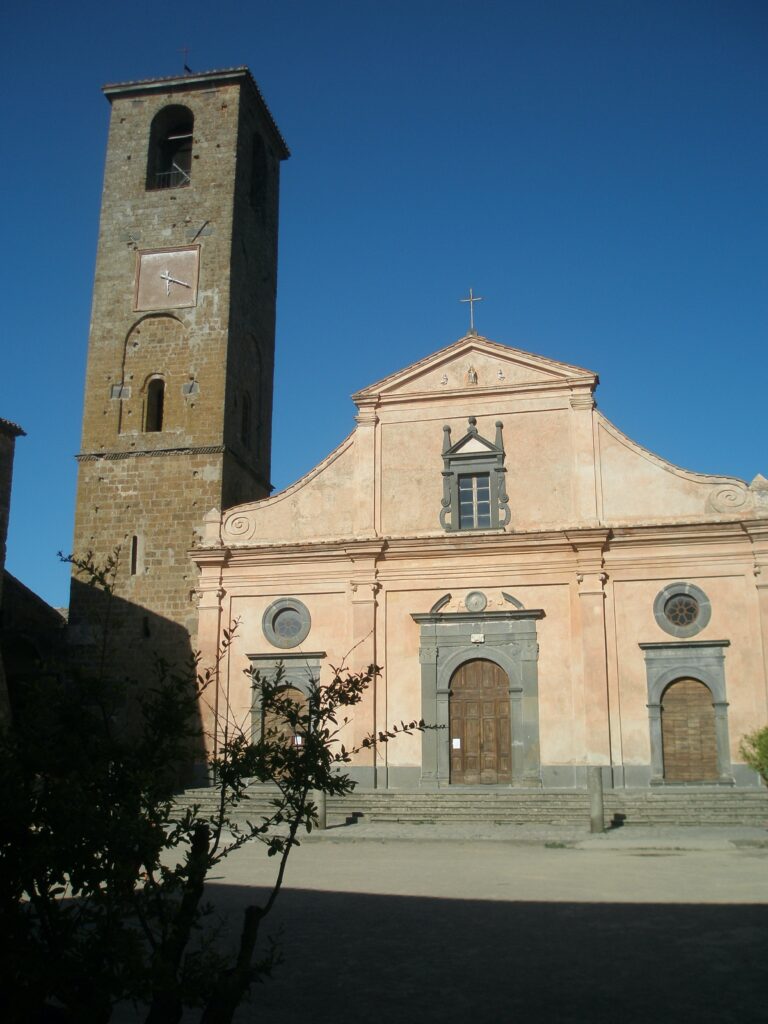
Crotone
Crotone is a small coastal city in far south west Italy. It’s famous for being the home and school of Pythagoras.
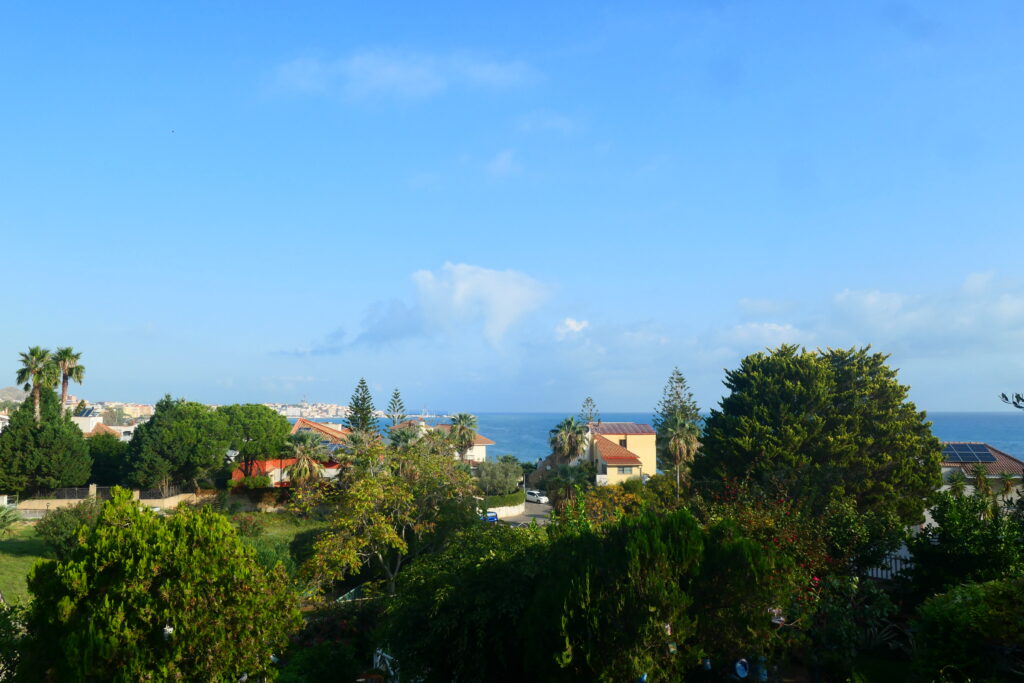
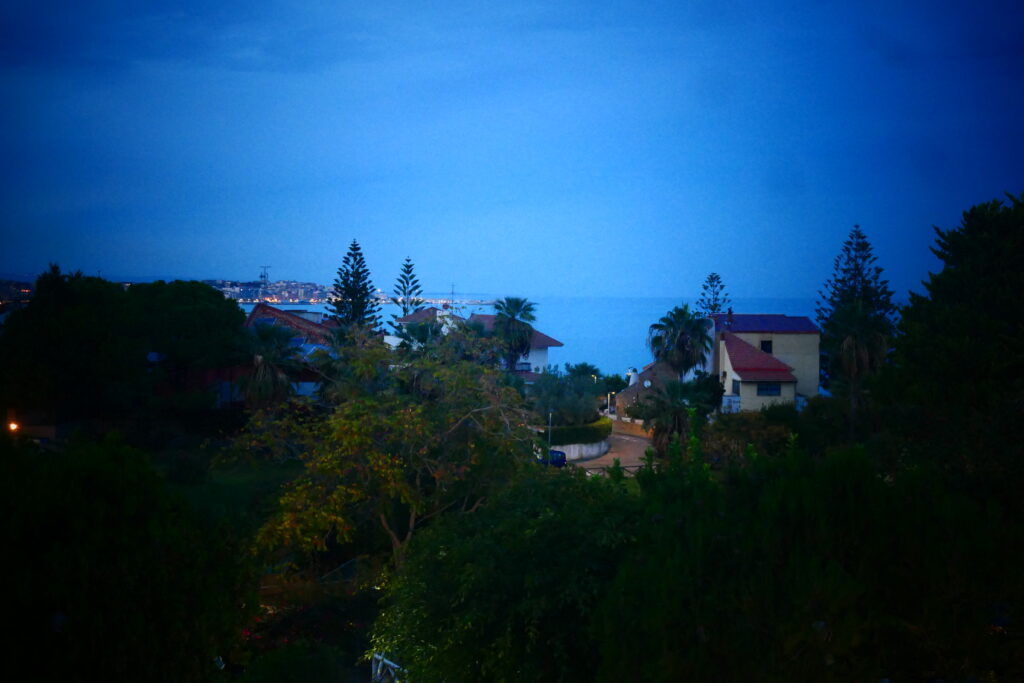
Domegge di Cadore
Domegge di Cadore is a small town in the far north east of Italy, not far from the border with Austria, dominated by the Dolomites.
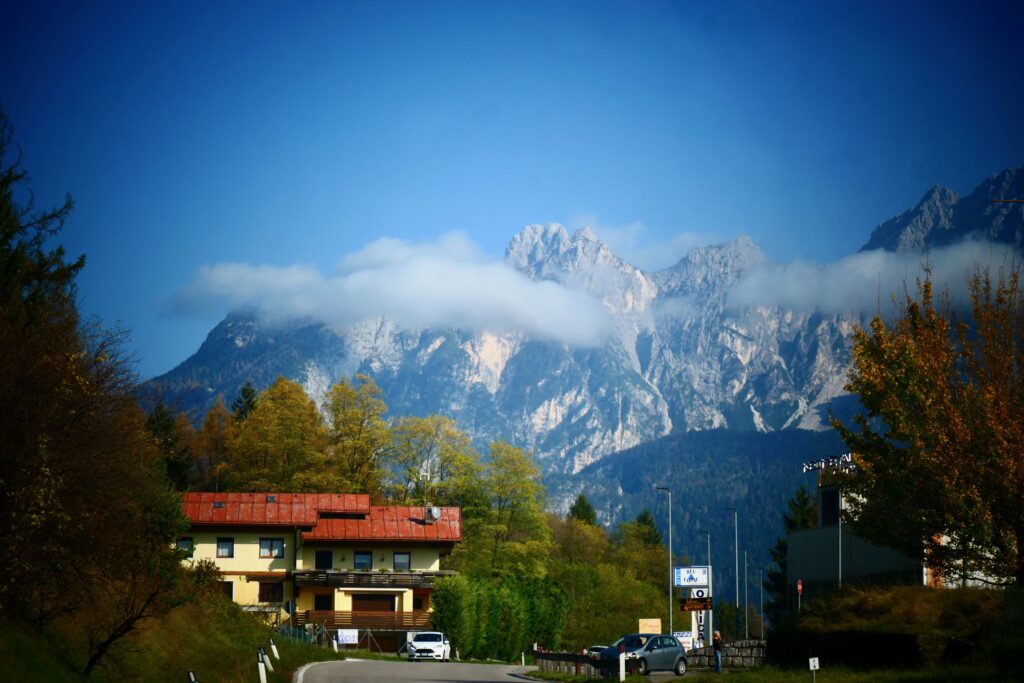
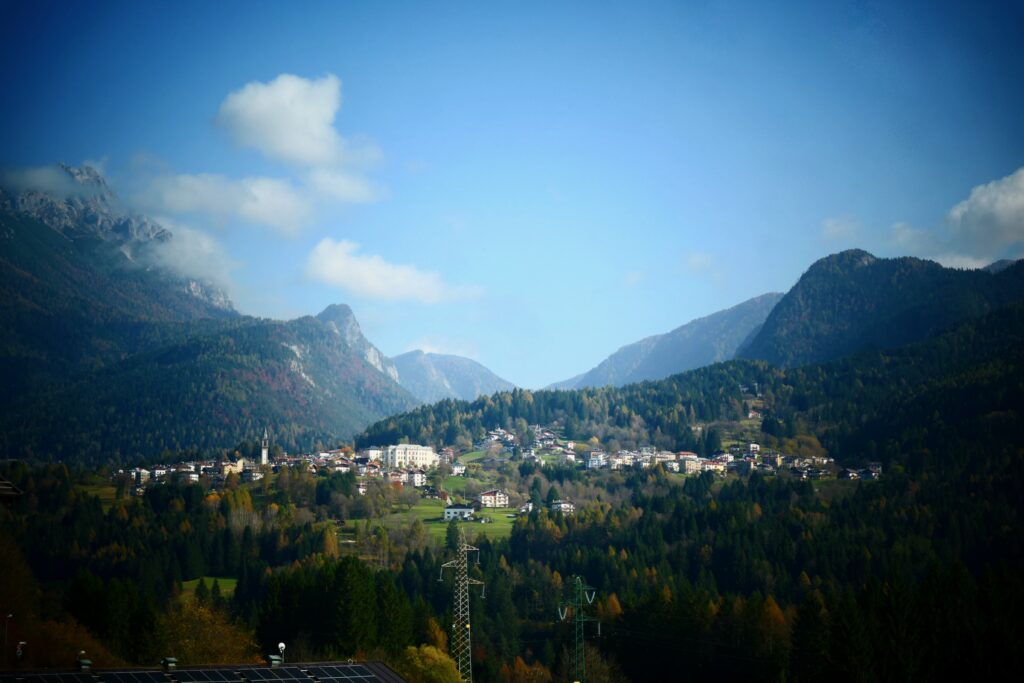
Fermo
Fermo sits in an elevated position on a hill overlooking the east coast of the Italian mainland. Our niece’s wedding was held in Fermo!
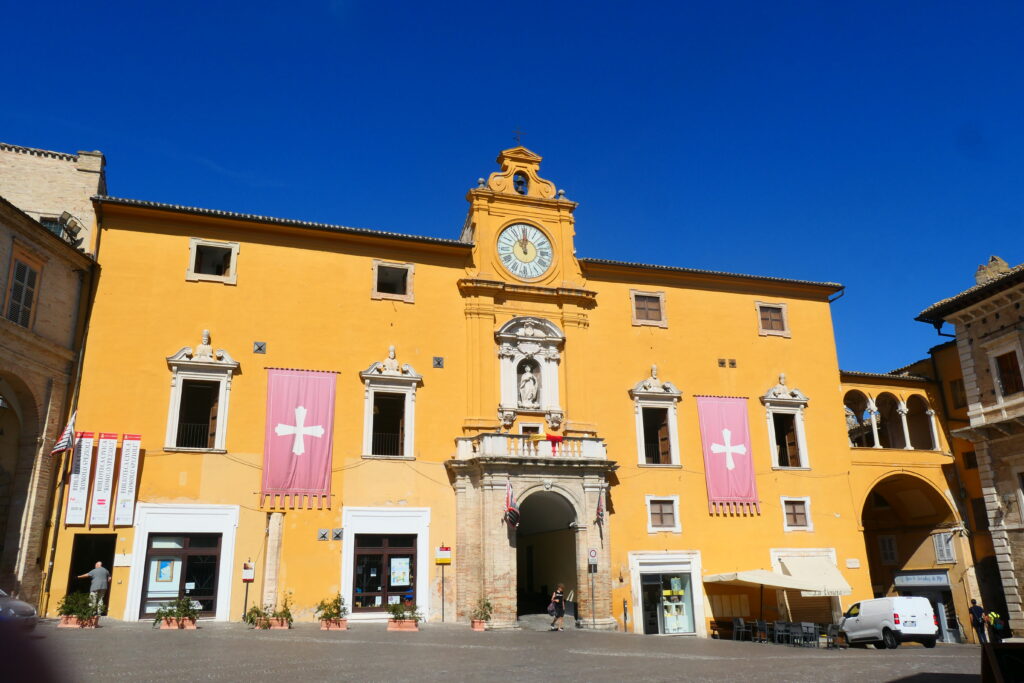

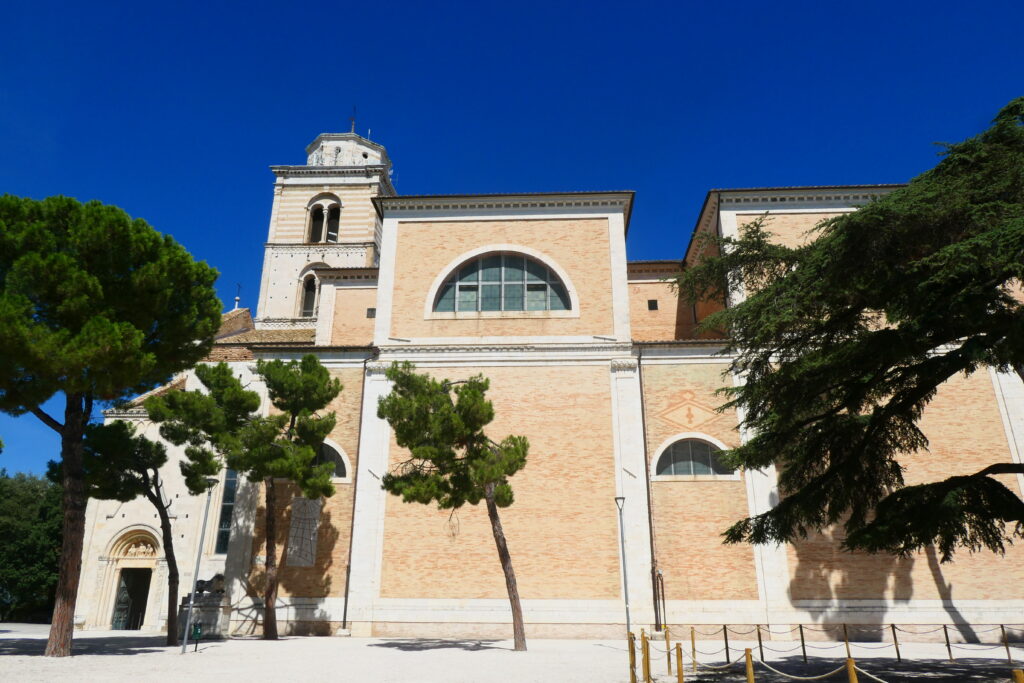
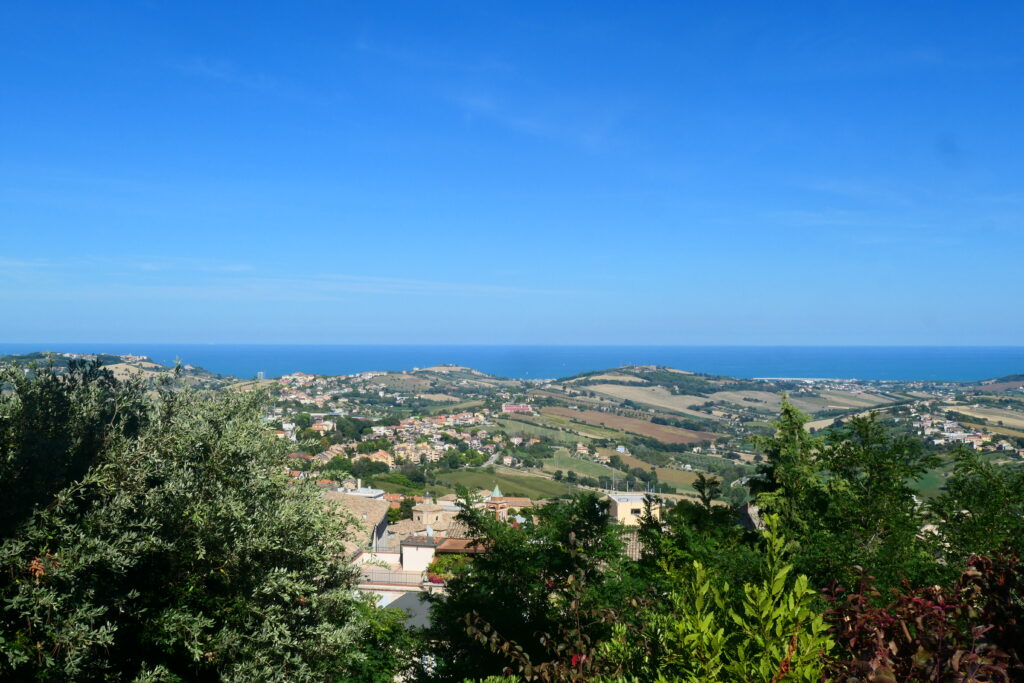
Florence / Firenze
Florence is a beautiful city in Tuscany, housing almost one million people. Because of its Renaissance art, it attracts millions of tourists every year, and can be excessively busy, with very lengthy queues wanting entrance to museums.
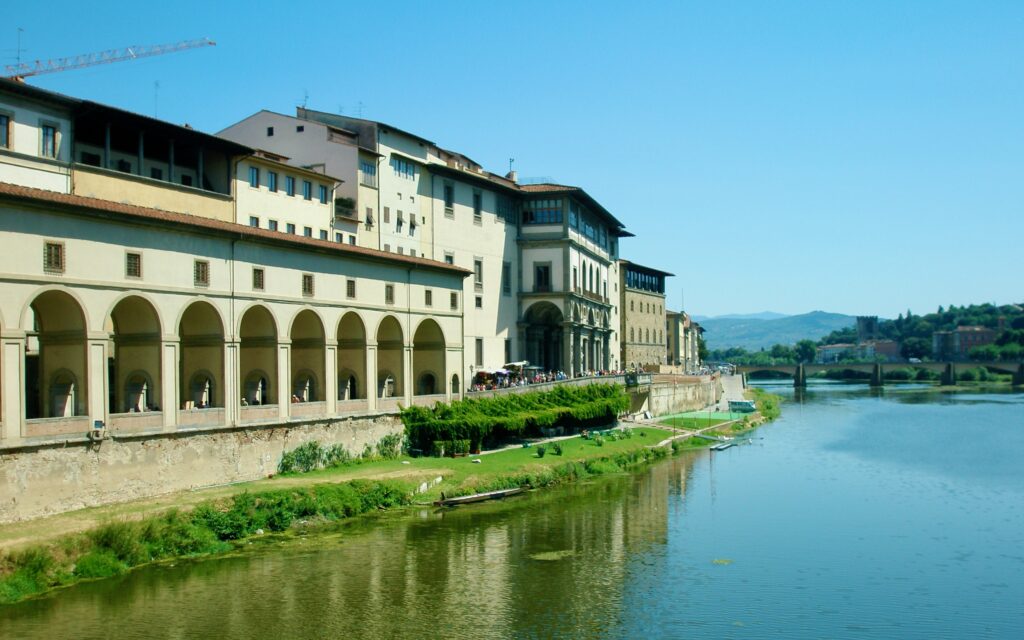
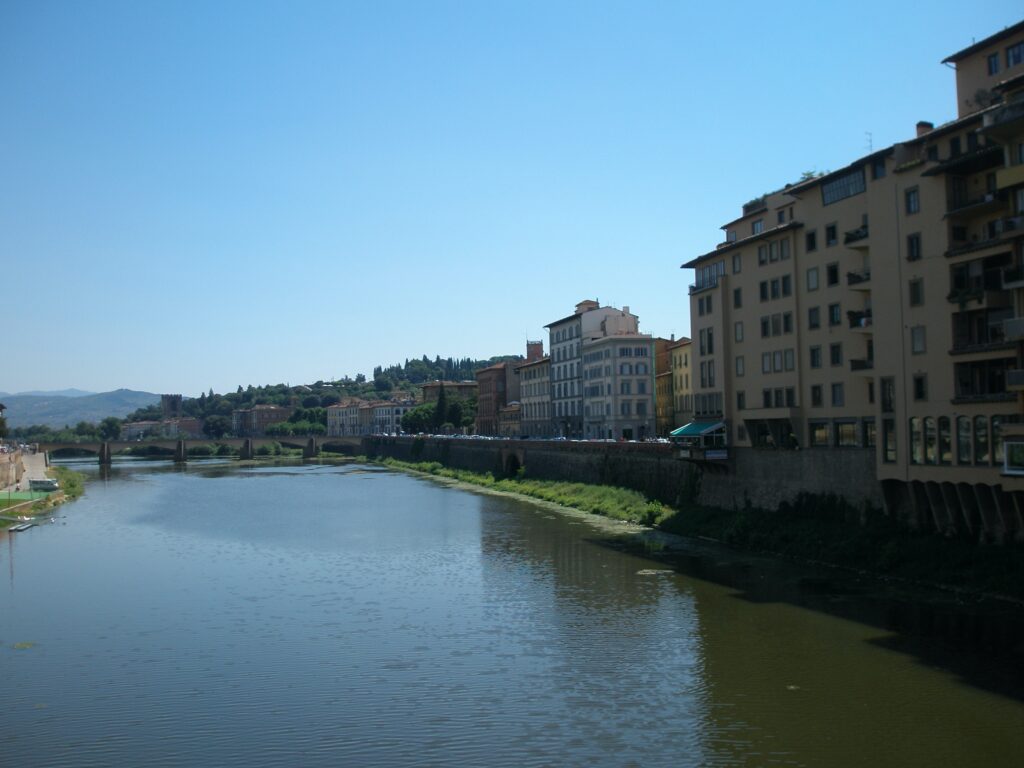
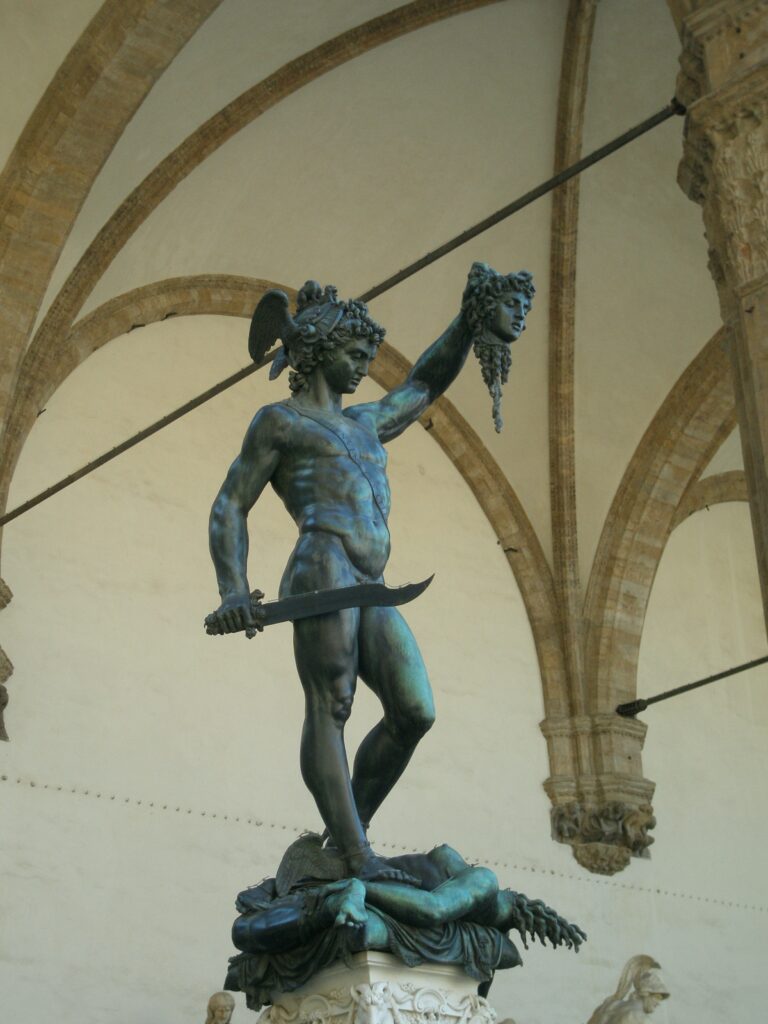
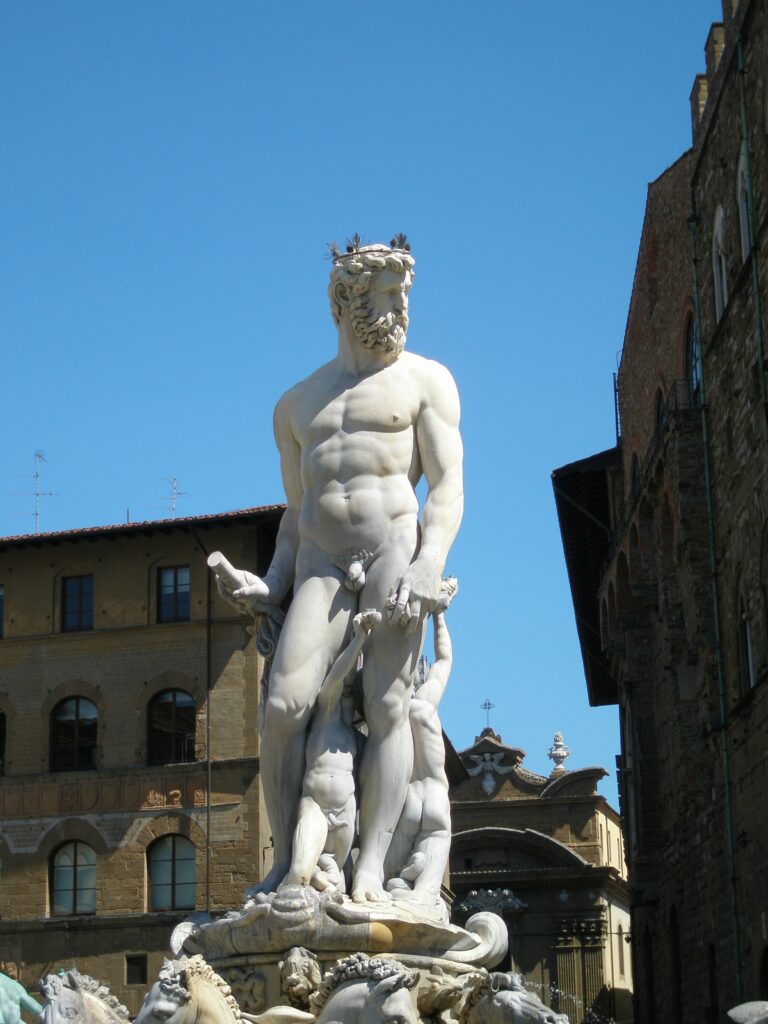
Genoa
Genoa is a large city on the Italian Riviera on the north east coast of Italy. With over 1½ million people living in the metropolitan area, it is one of the most densely populated cities in the world. Between 1099 to 1797 it was one of the greatest powers in Europe, accumulating enormous wealth and establishing Corsica, Monaco, Lesbos, Chios and Southern Crimea.
The port is the busiest in Italy, and can become very congested with traffic. Signage to the ferry is also very poor, so plan ahead if you are travelling from Genoa.
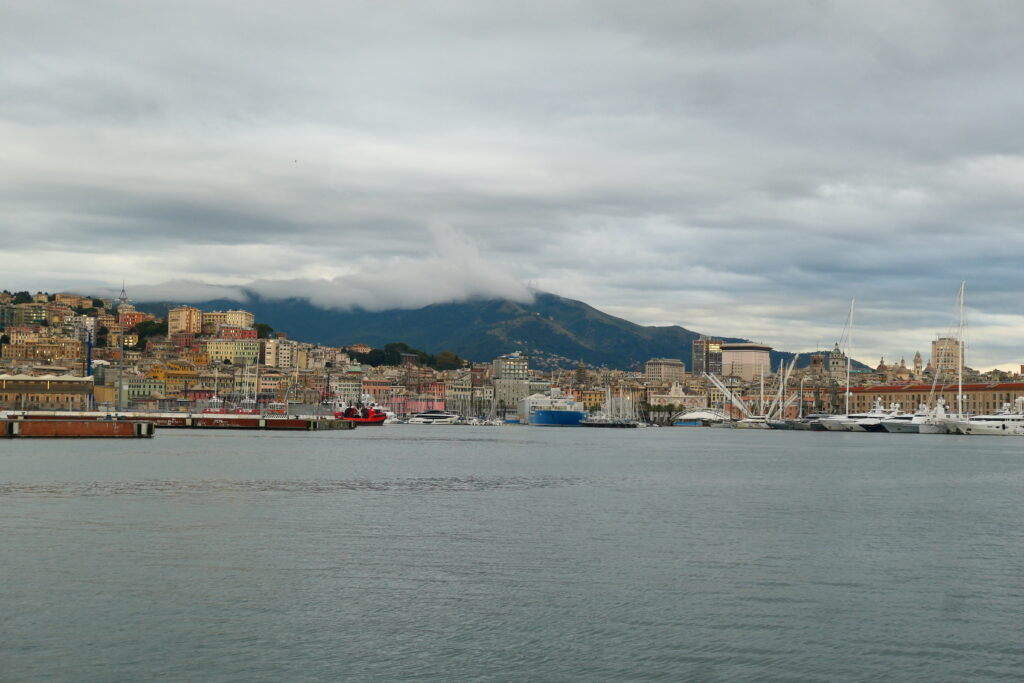
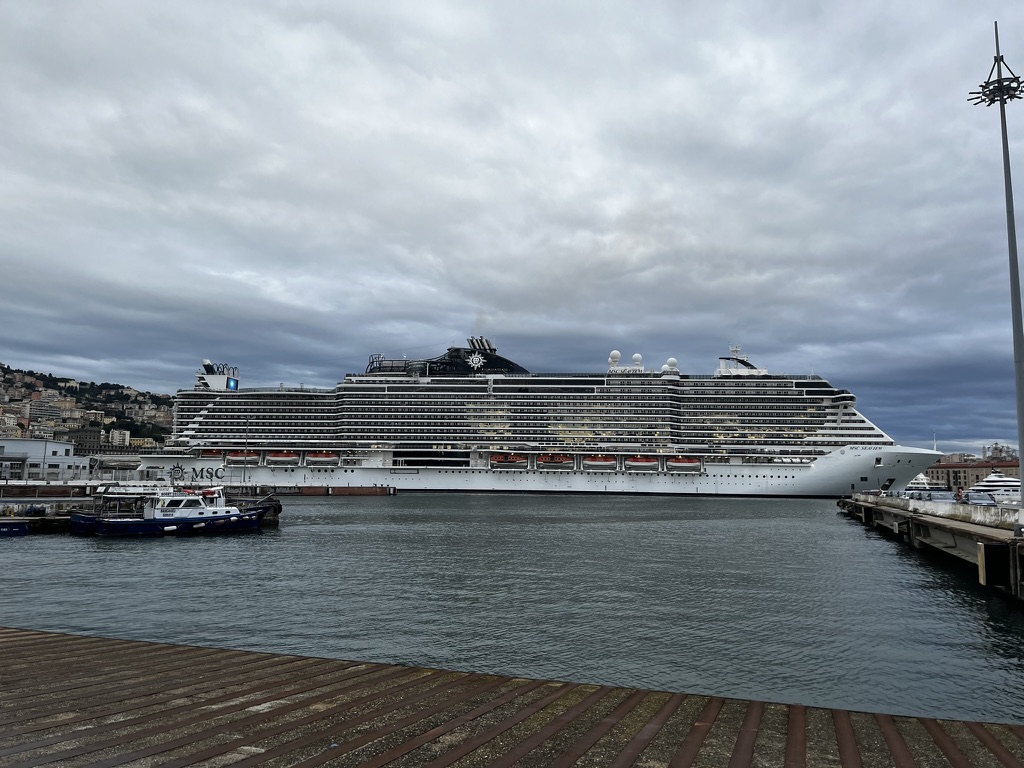
Kreuzberg Pass
The Kreuzberg Pass is a fantastic road located in north east Italy, close to the border with Austria. It sits 5,367 ft (1,636 m) above sea level, and is the dividing line between the Dolomites and the Alps.
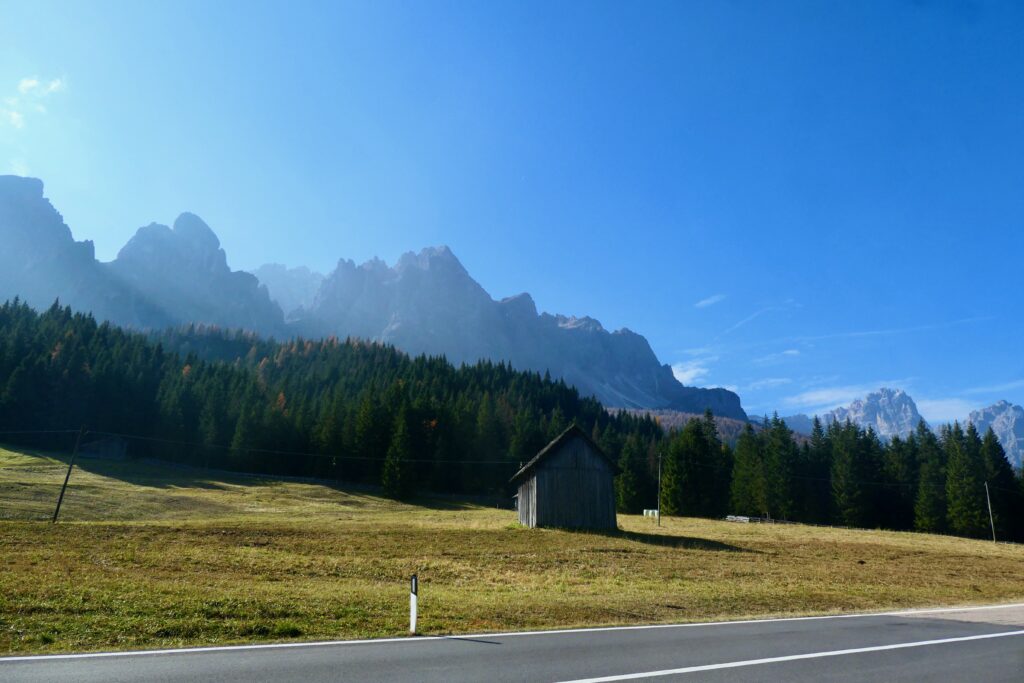
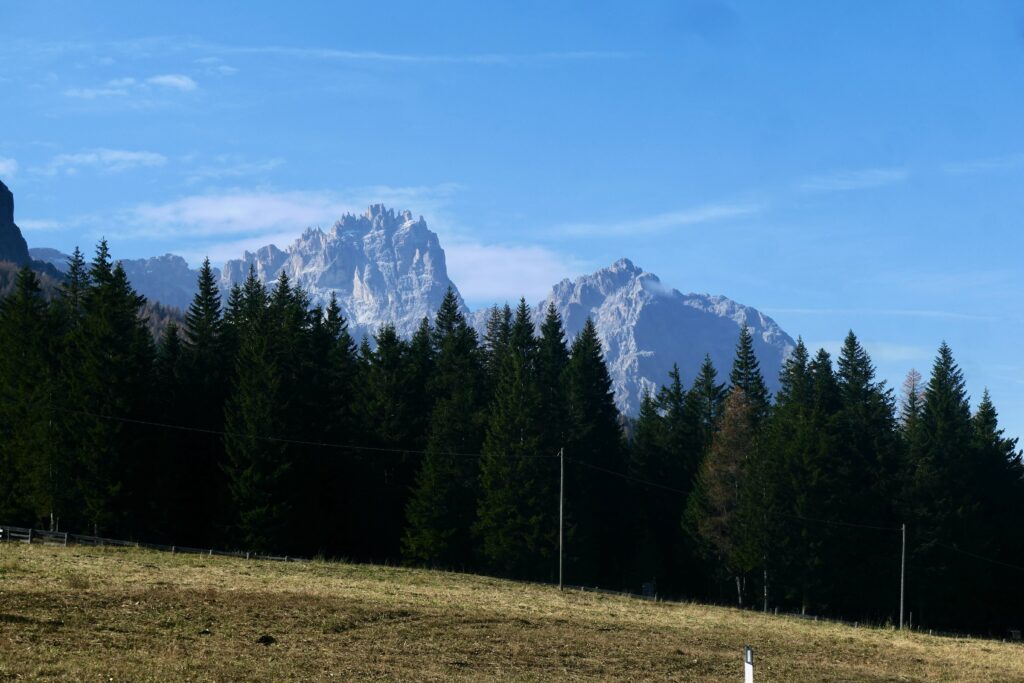
Lucca
Lucca is one of our favourites cities. It’s an ancient and walled city, located in Tuscany, that’s definitely worth a visit. Being so close to Pisa, the citizens of both cities enjoy a friendly rivalry; with Luccans often being heard to say ‘apart from the tower, why does anyone go to Pisa?’! Both cities are great of course!
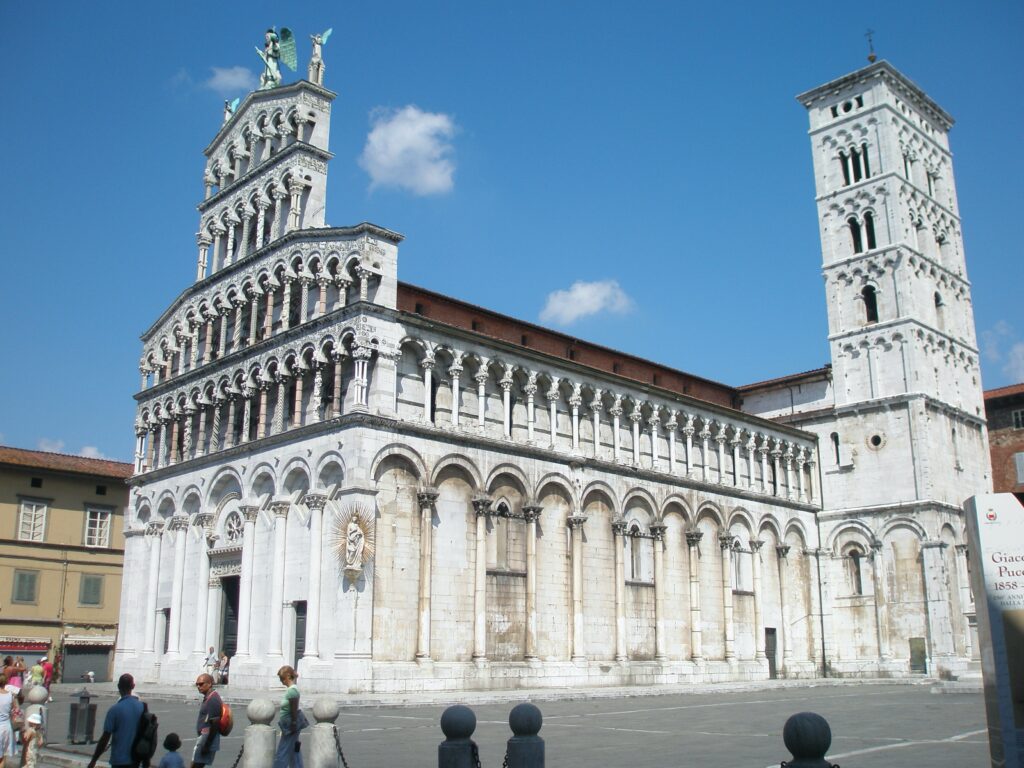

Milan / Milano
Milan is a stunningly beautiful city, and is very laid back once you’re in the centre. Like most major cities however, Milan gets very busy and can be tricky to navigate by car due to the poor road signage. The population is over 3 million, and drivers can be quite pushy. Going around in circles on the one-way system is common, even with a SatNav.
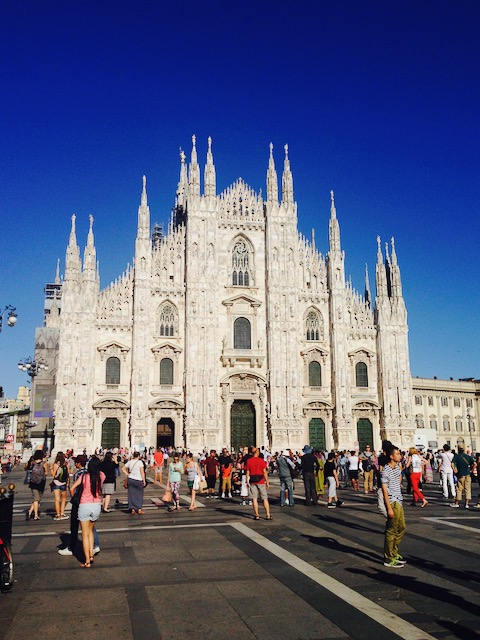
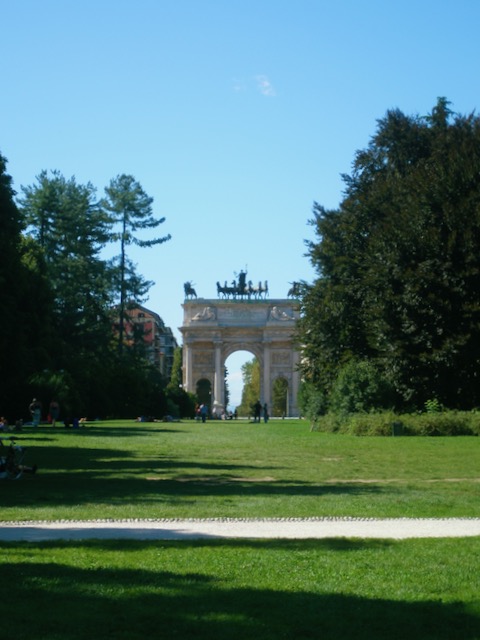
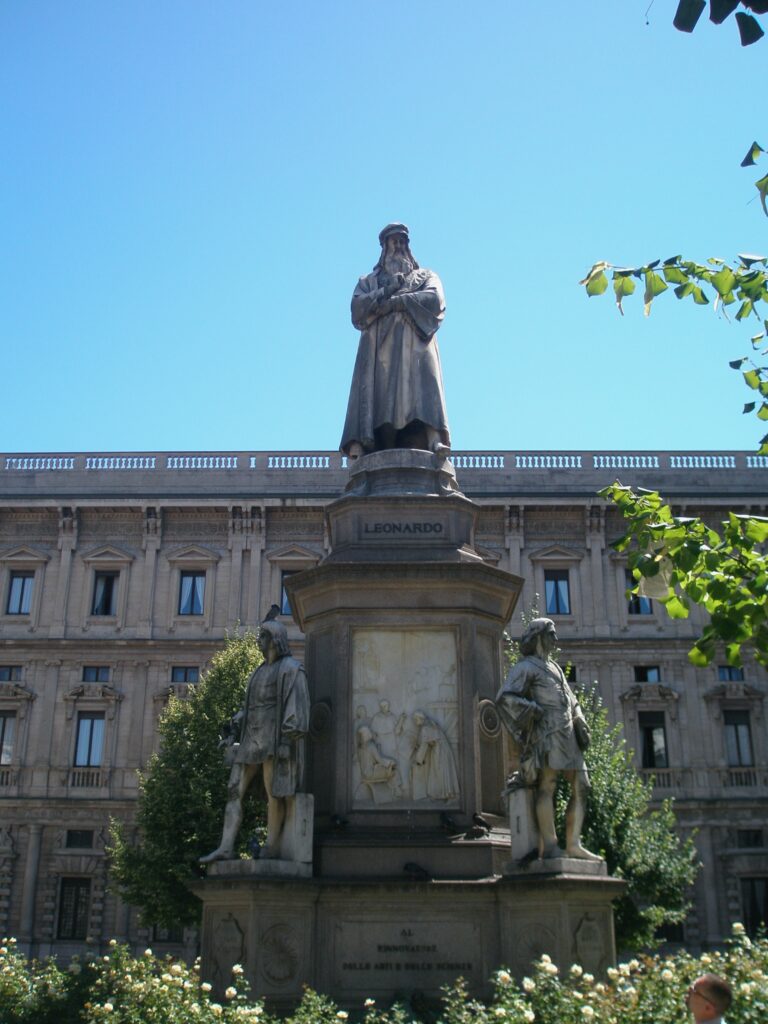
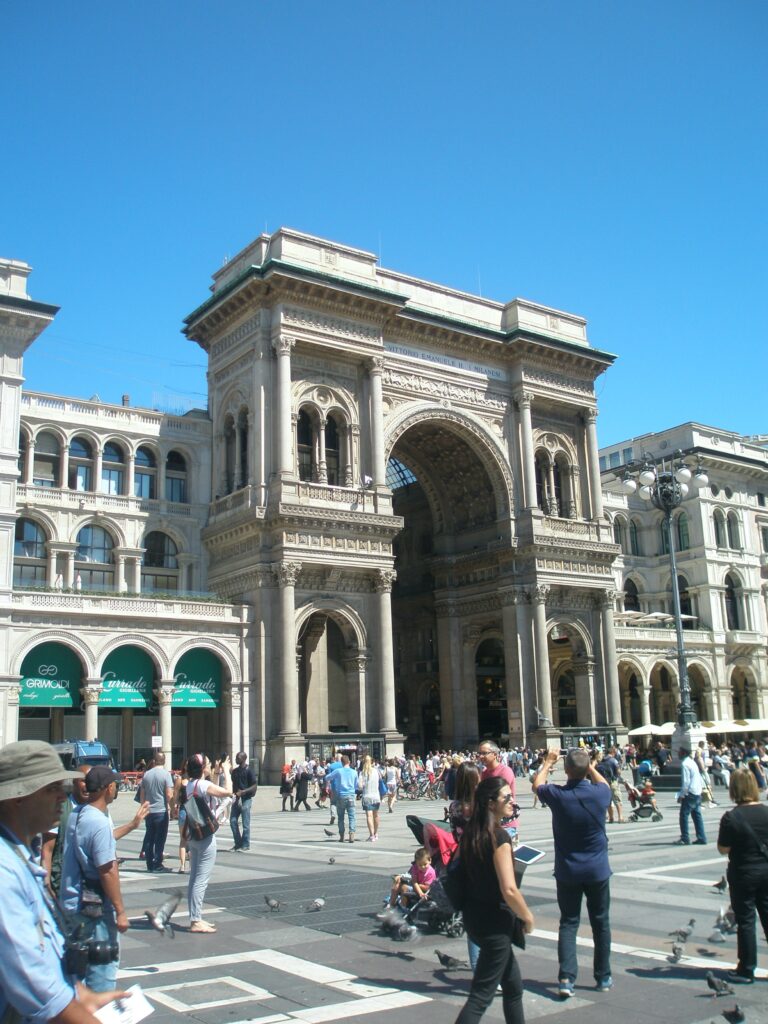
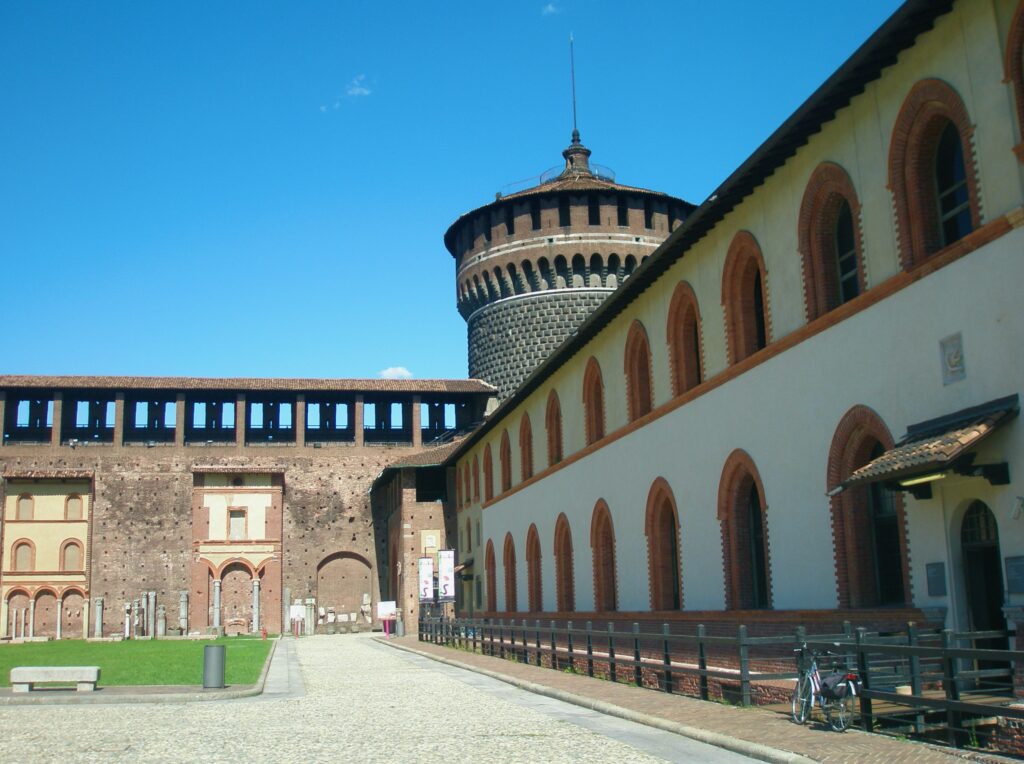
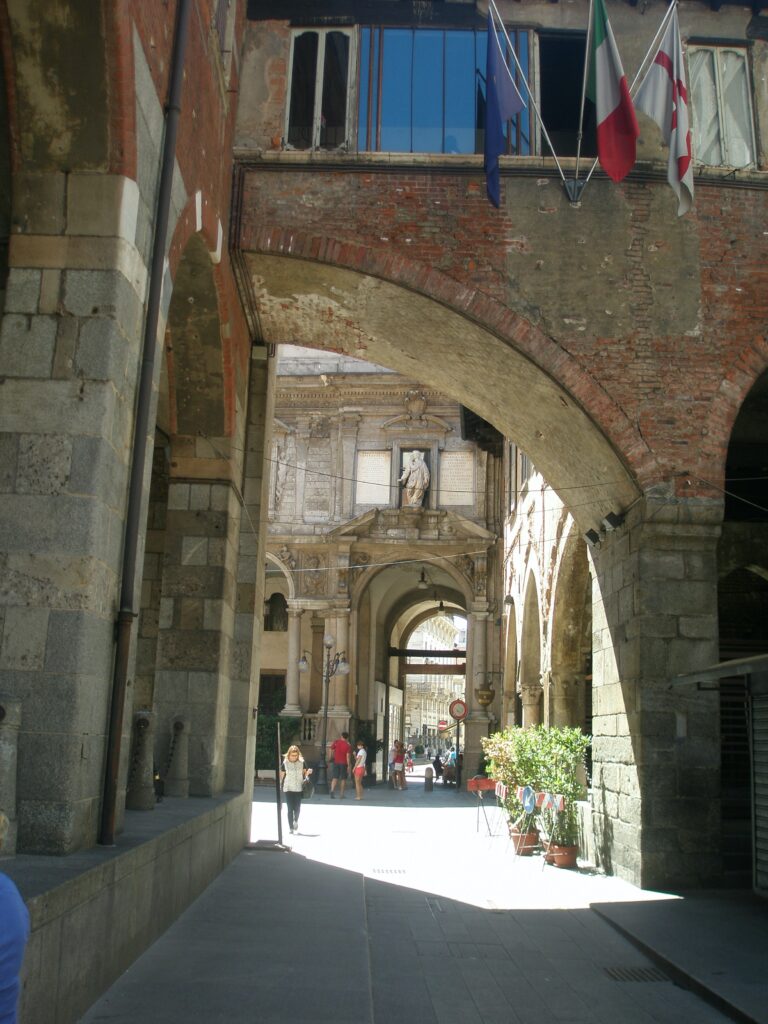
Monasterace
Monasterace is a pretty village that sits atop a hill close to the coast in the very far south west of mainland Italy.
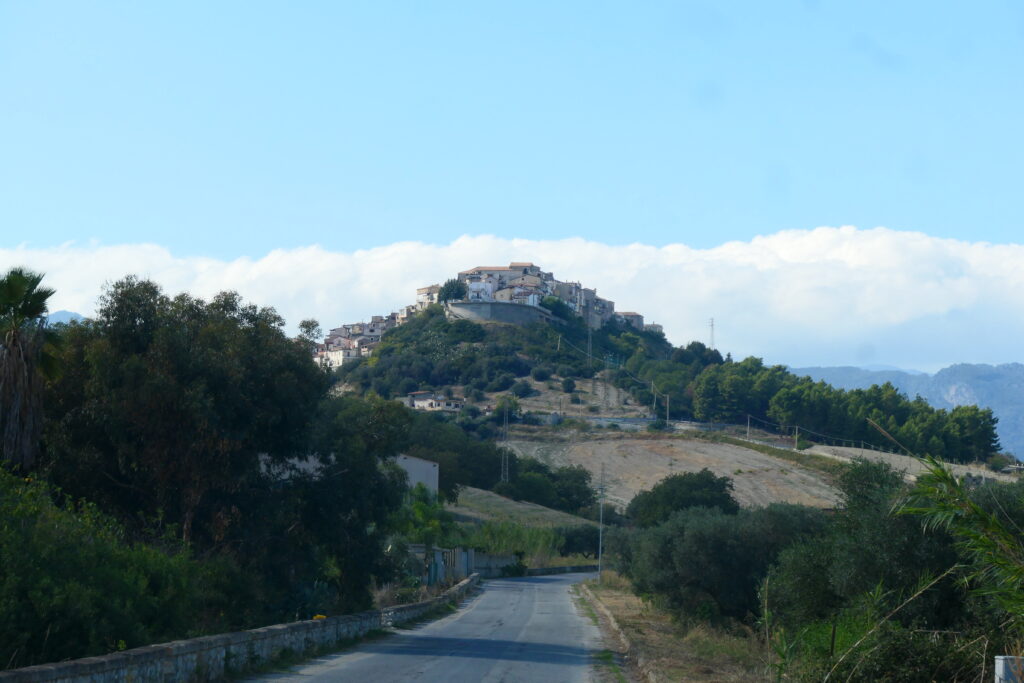
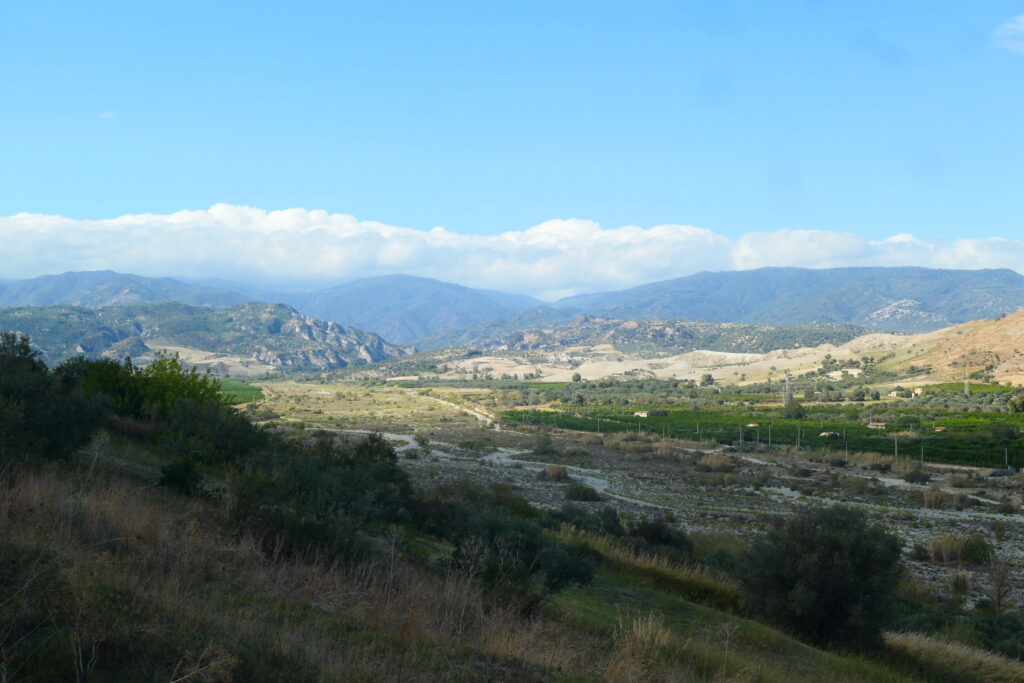
Montefiascone
Montefiascone is a lovely town in western central Italy, close to Lake Bolsena.
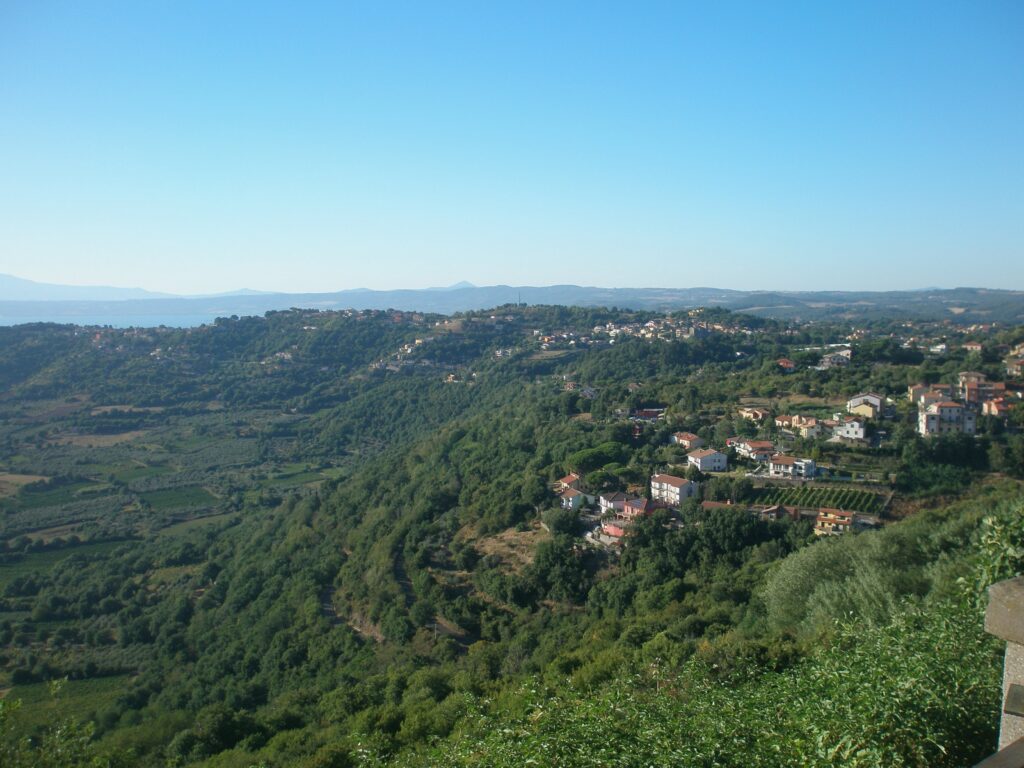
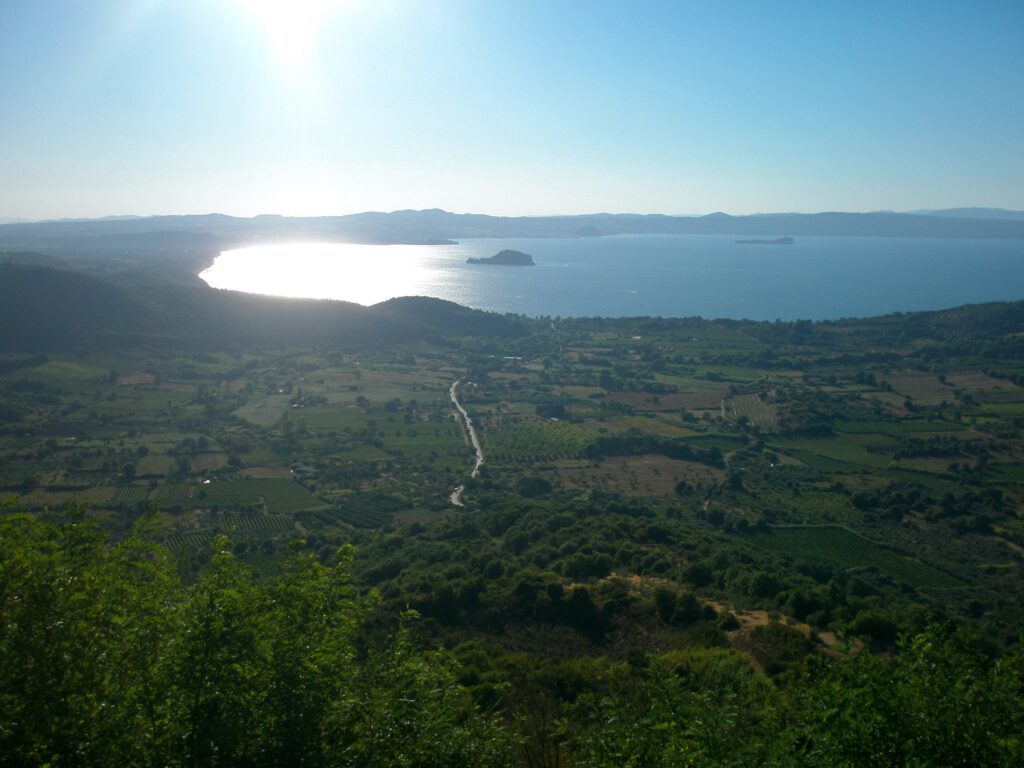
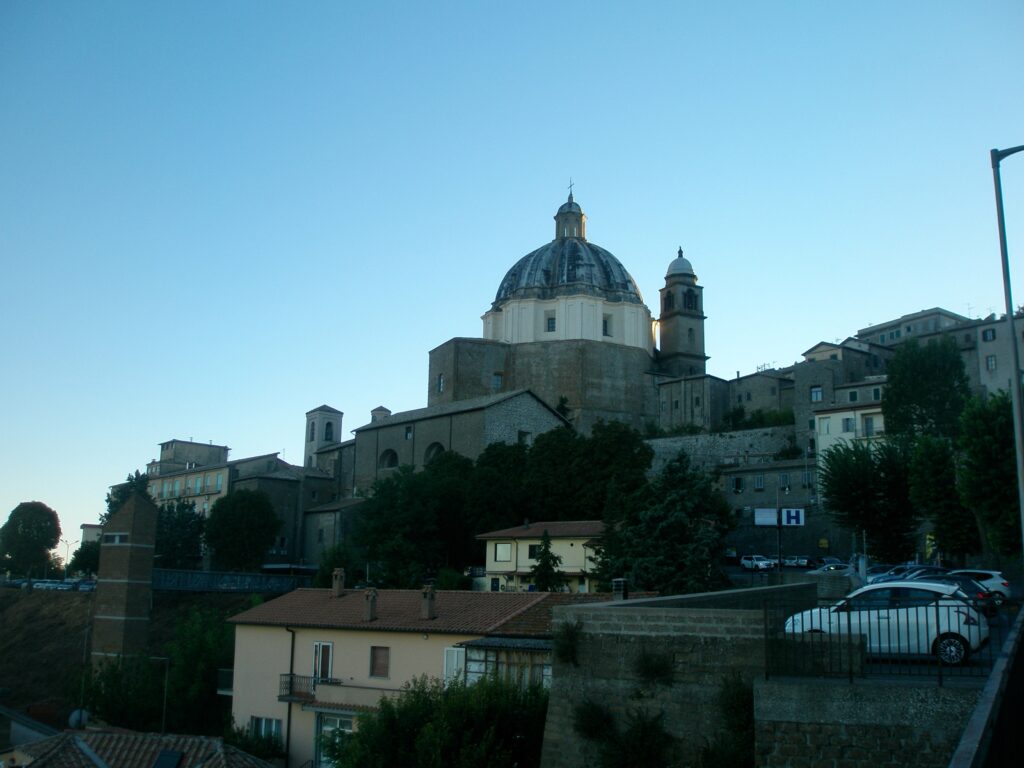
Naples / Napoli
Naples is a large city on the west coast of Italy, dominated by Mount Vesuvius, at 4,203 ft (1,281 m) above sea level.
With over three million people living in its metropolitan area, most of the highways in the vicinity are very congested, and traffic within the city itself comes to a standstill quite often.
The incredible Roman ruins of Pompeii and Herculaneum are situated nearby, and Naples city centre itself has been designated as a UNESCO World Heritage Site.
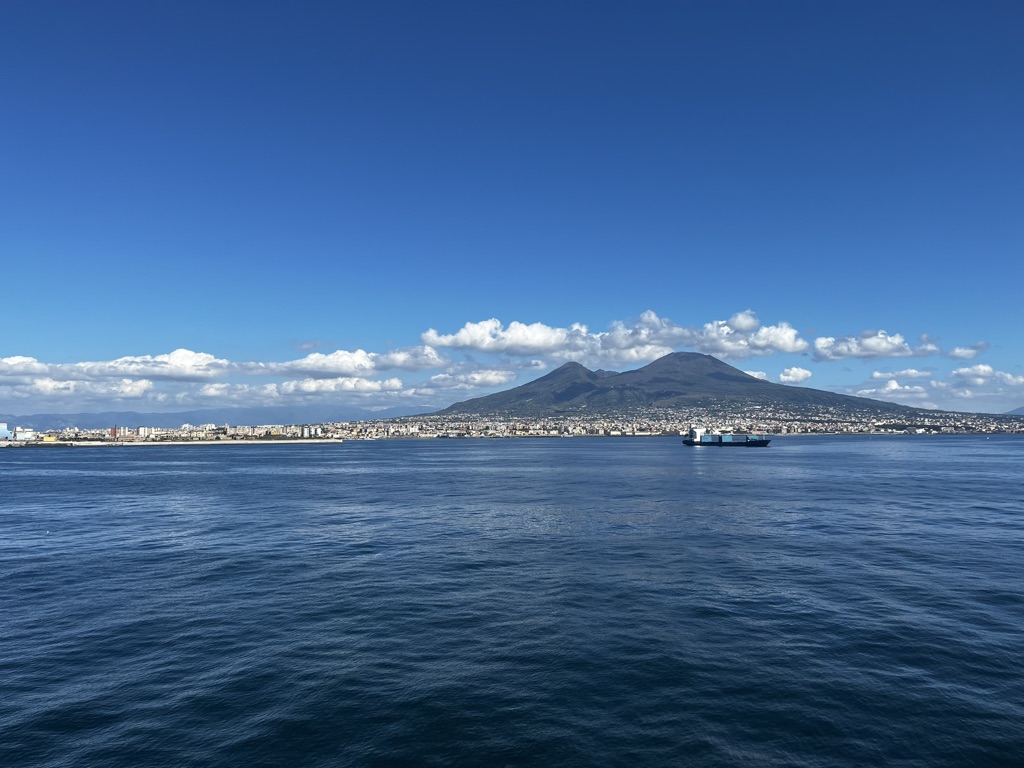
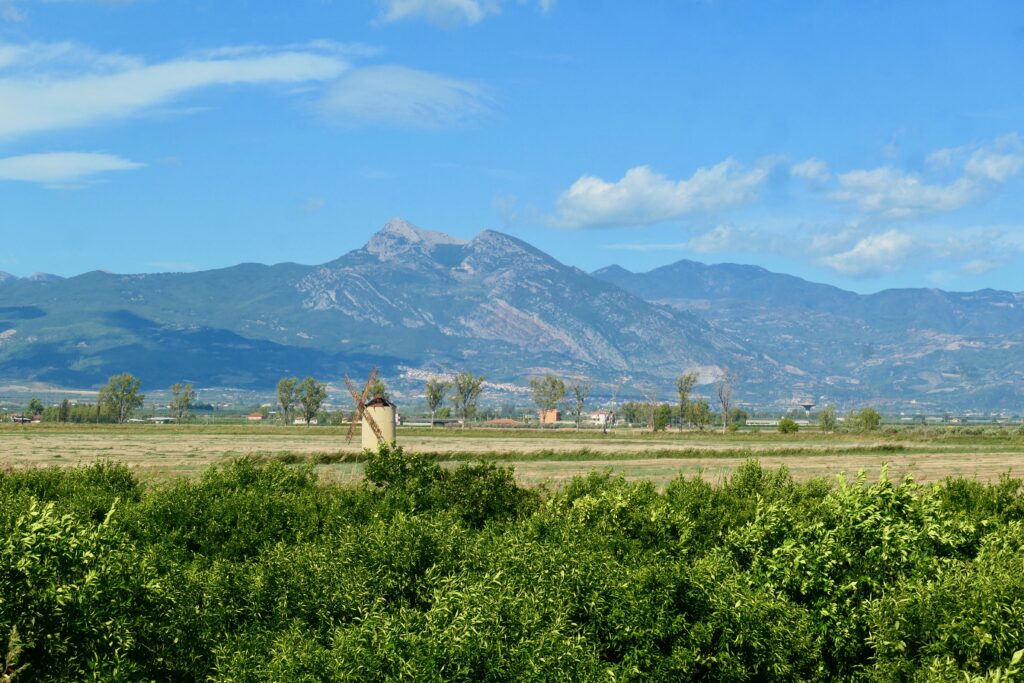
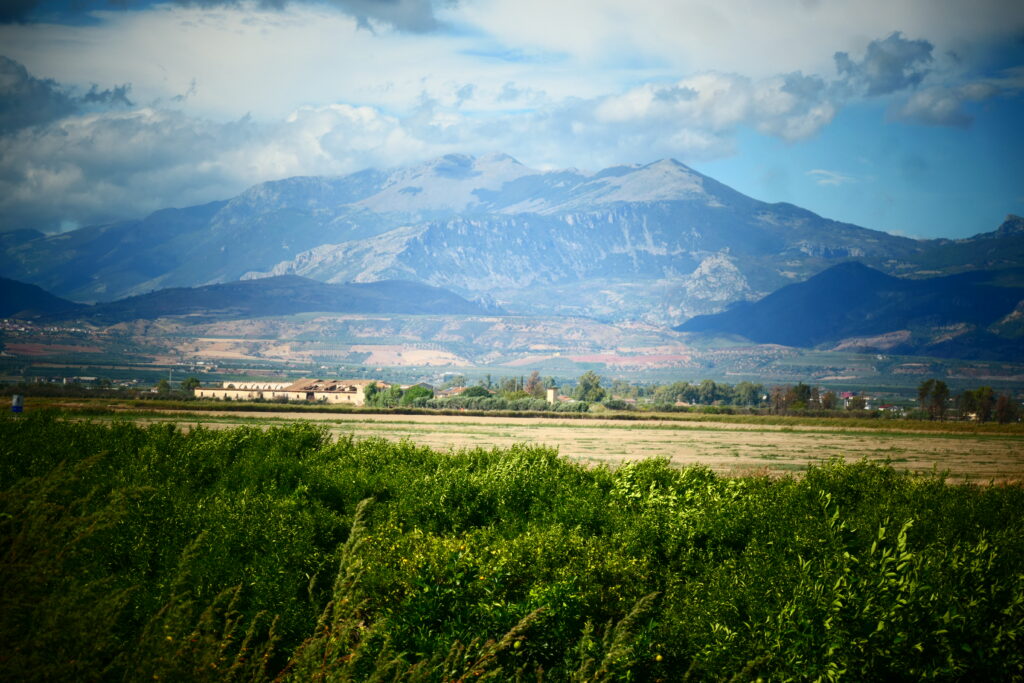
Olivetta San Michele
Olivetta San Michele is a small village located in the mountains on the border with France, north east of Monaco. We were there early morning when the mist and clouds were still being lifted by the sun.
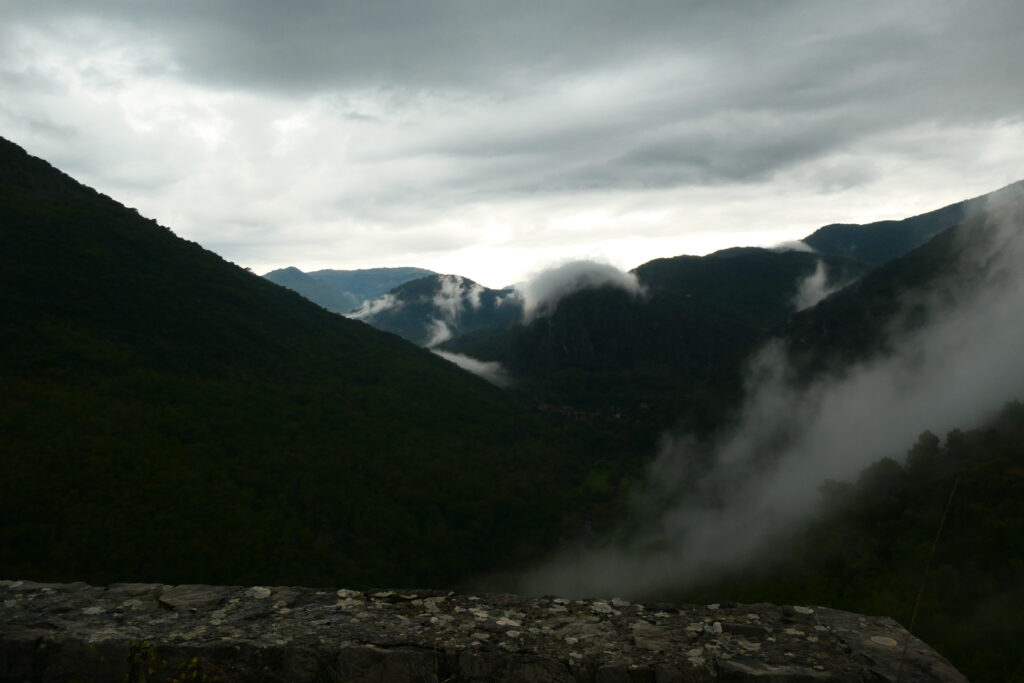

Orvieto
Orvieto is a fantastic town that sits atop a flat-topped ancient volcano. The town has also been fortified and can be seen from miles away dominating the skyline.
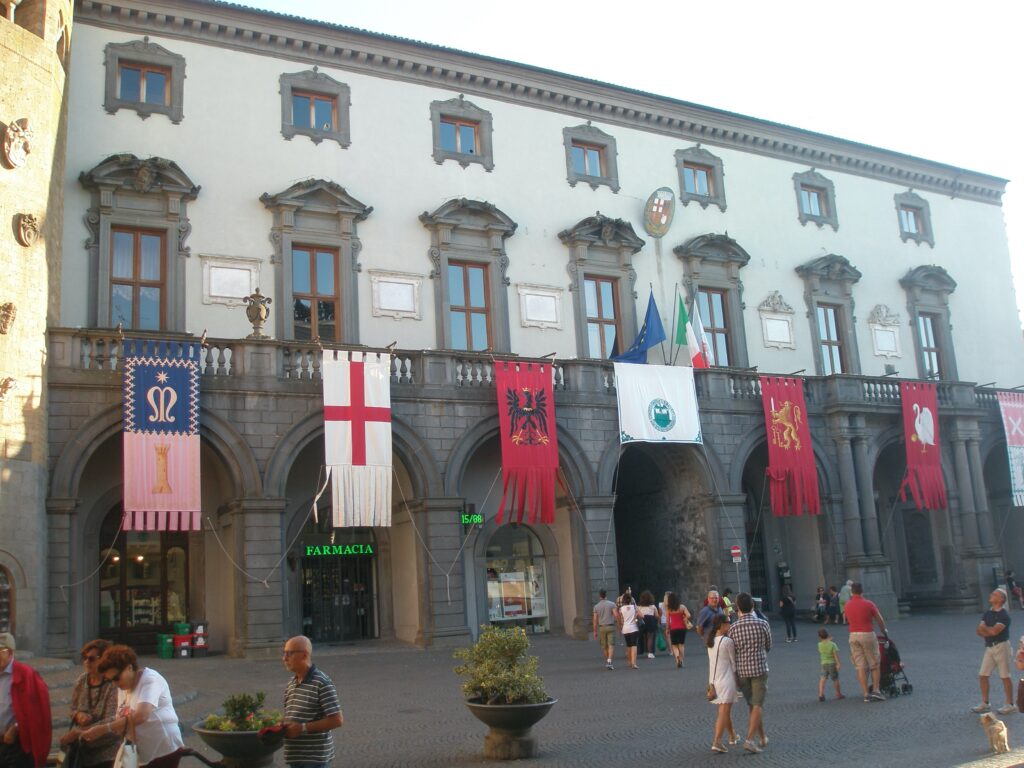
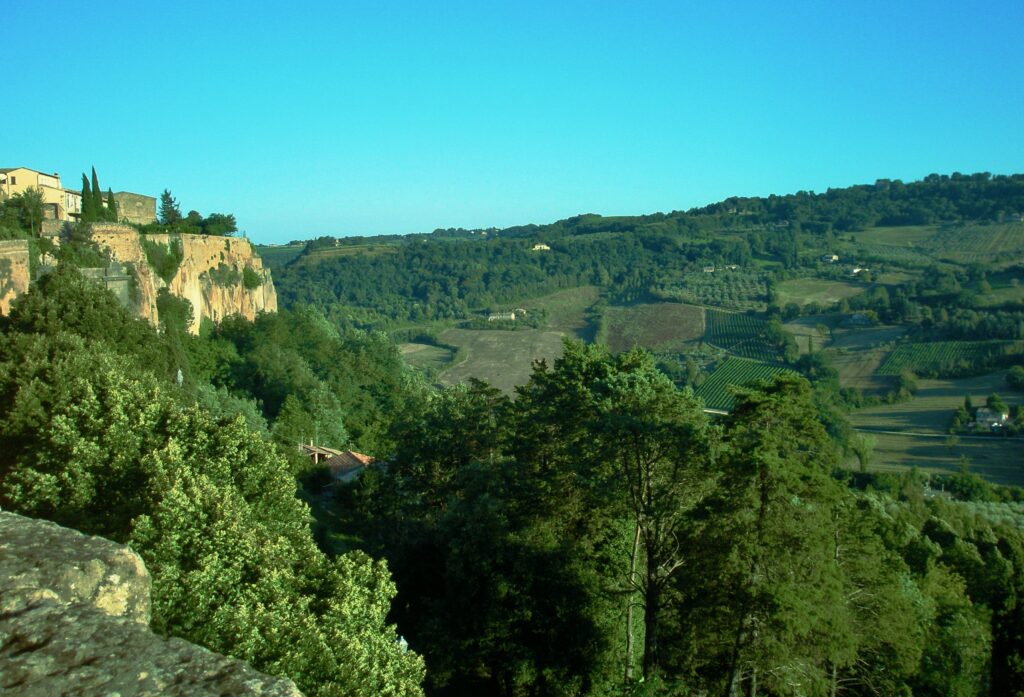
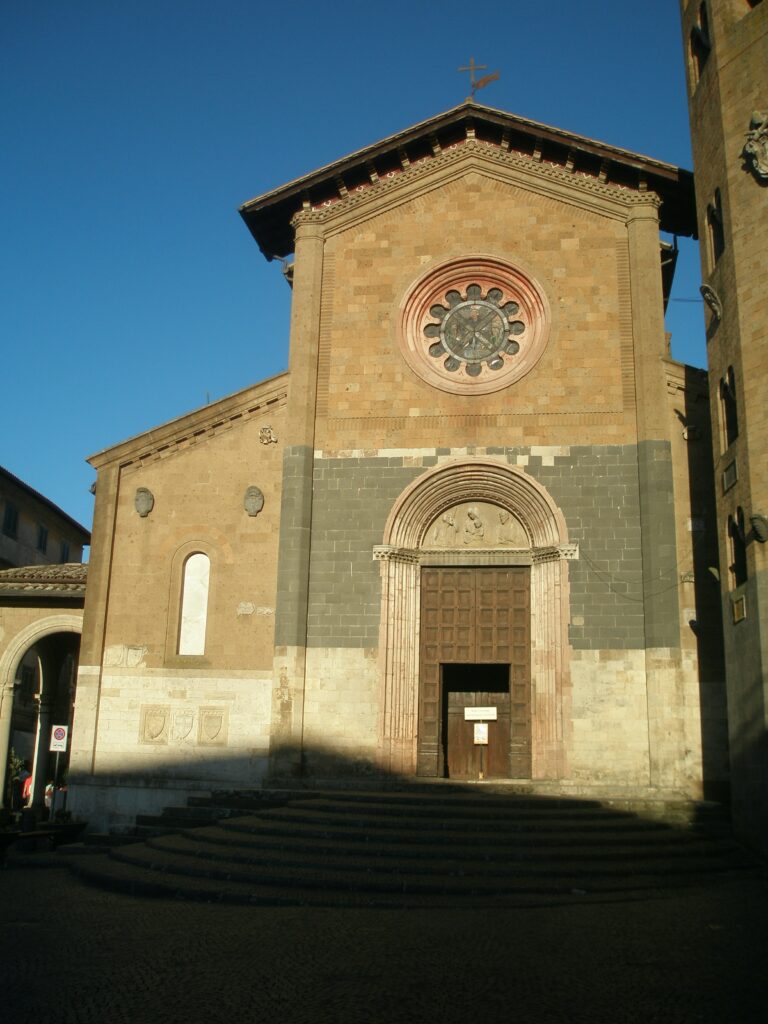
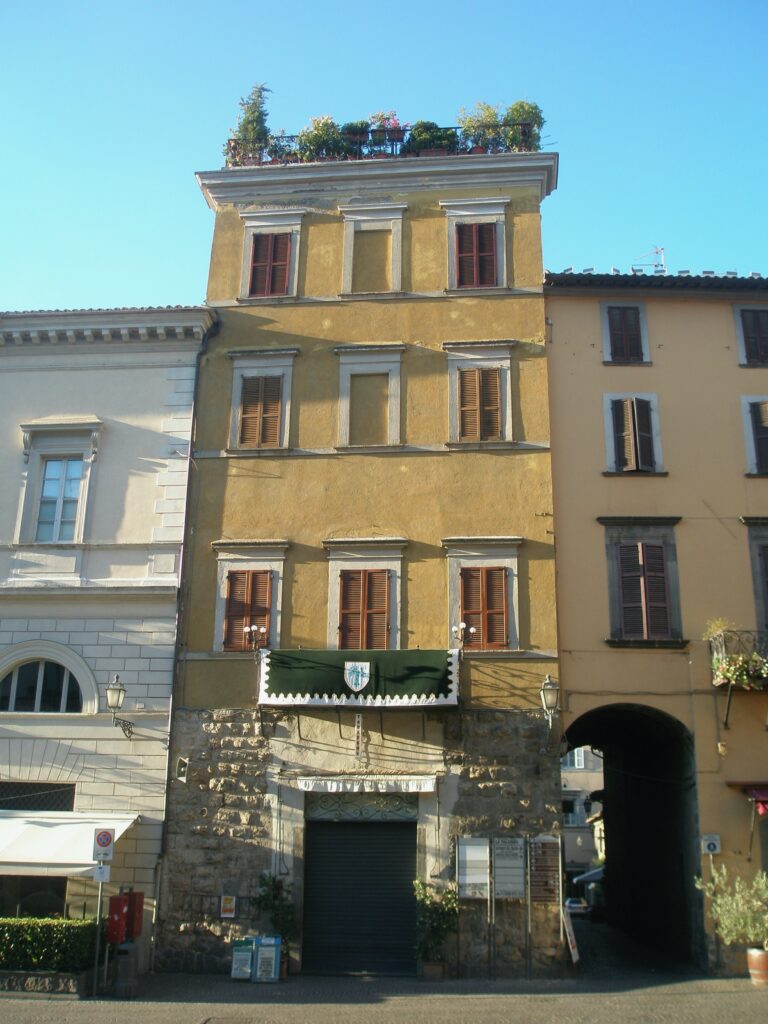
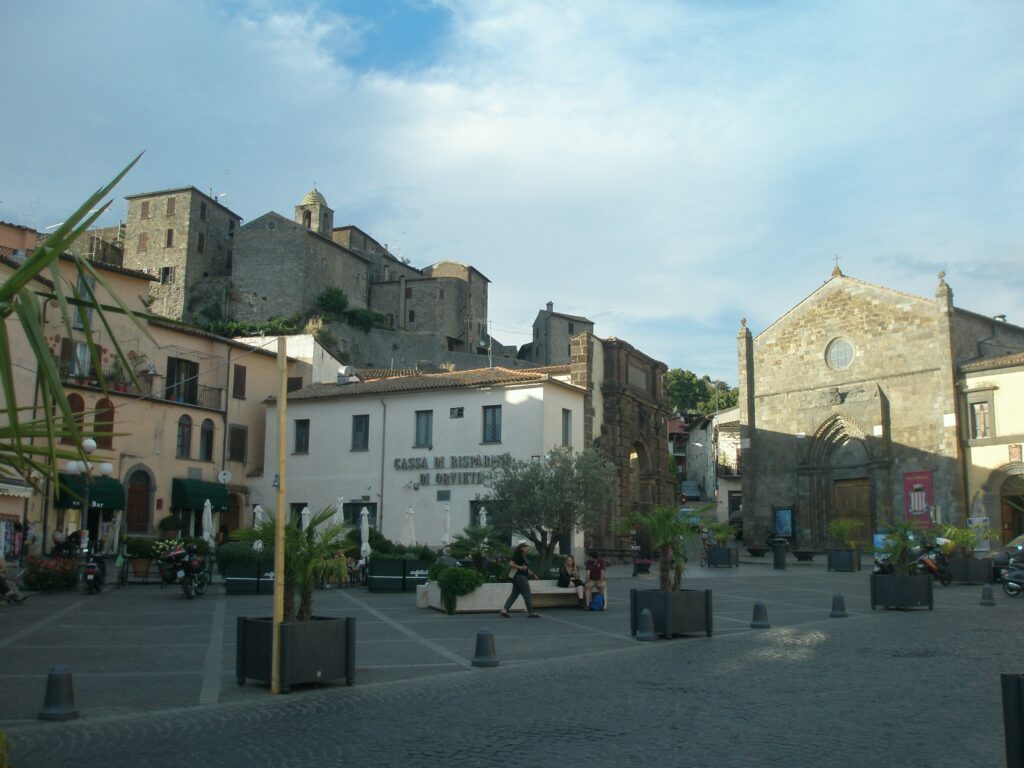
Padola
Padola is a small town in the far north east of Italy, located close to the border with Austria. It sits 3,691 ft (1,125 m) above sea level and is dominated by the Dolomites.
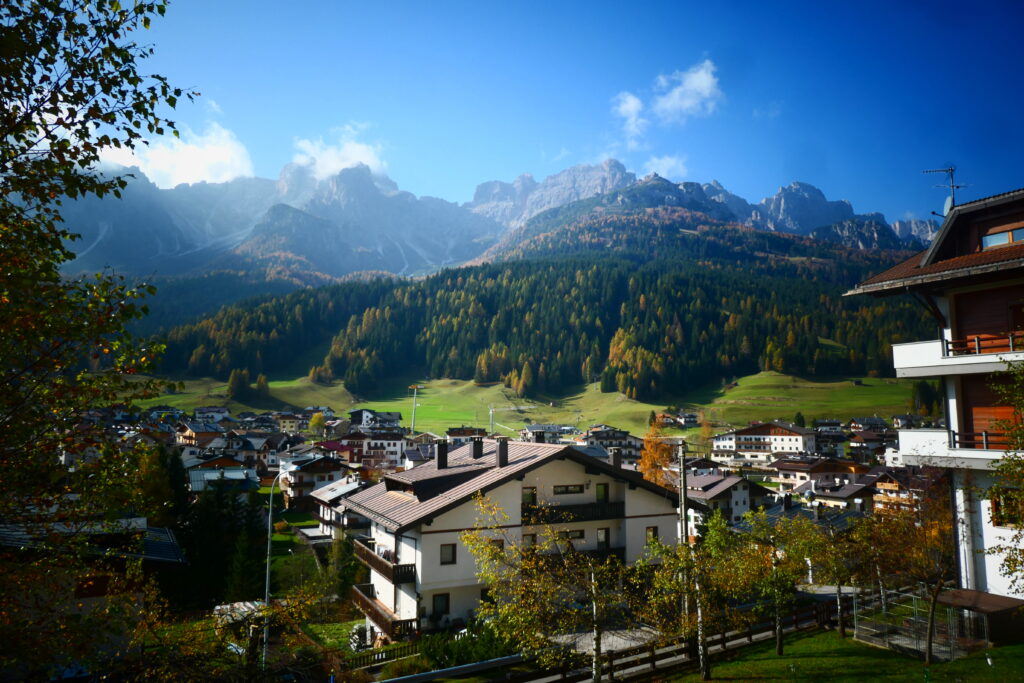
Parco Naturale Regionale delle Prealpi Giulie
Situated on the border with Slovenia, this mountain chain offers some of the best driving roads in Europe!
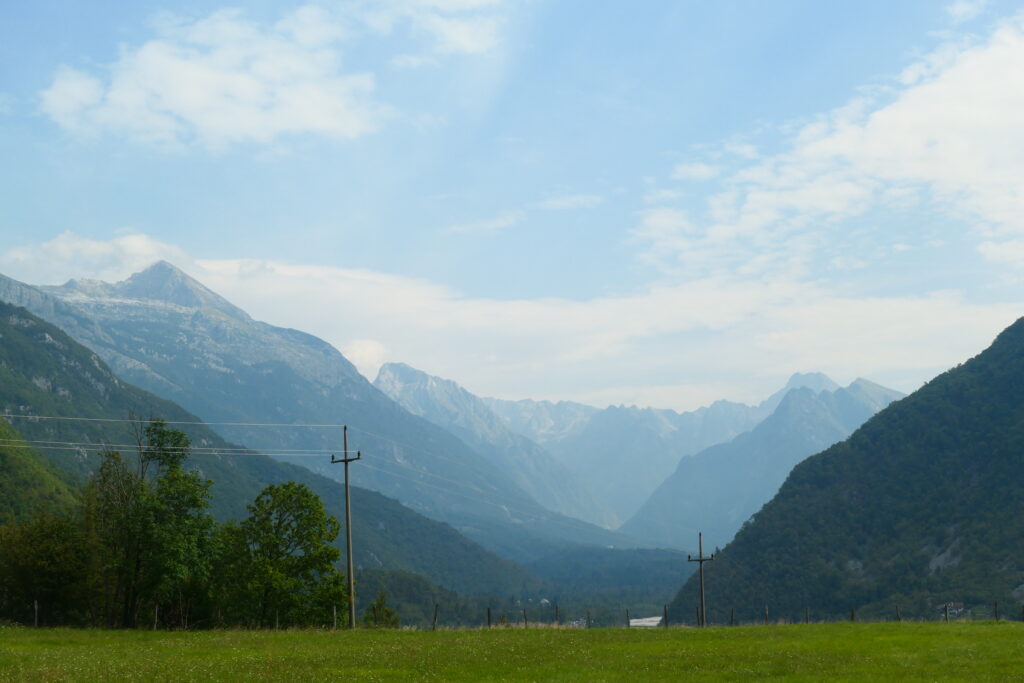
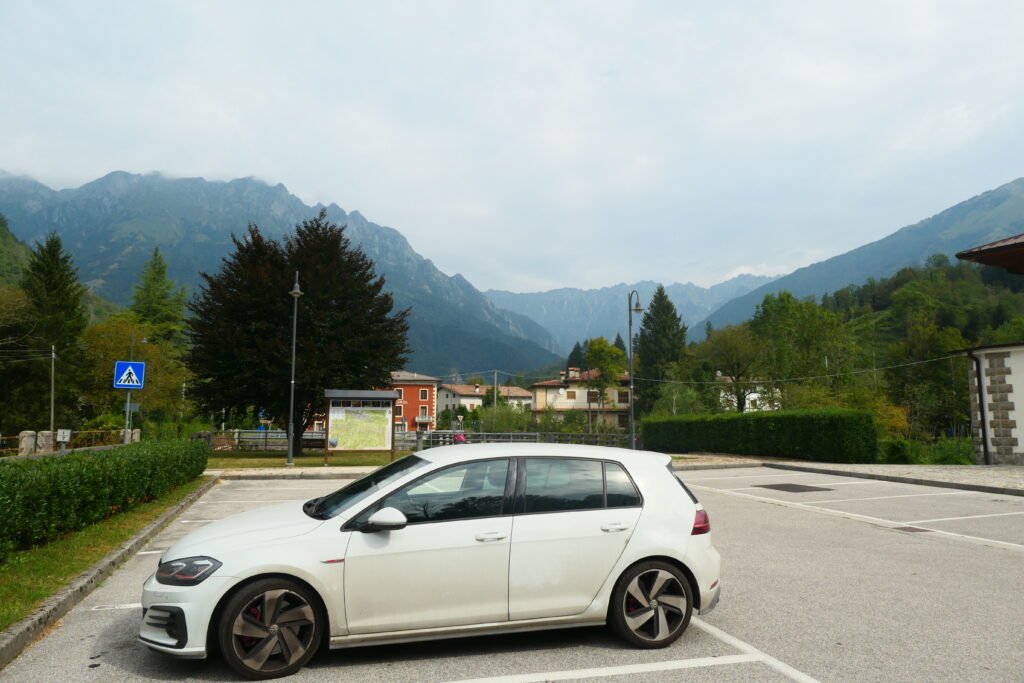
Pisa
Although Pisa is known worldwide for its leaning tower, the city contains more than twenty historic churches, as well as several medieval palaces. Out has a population of around 100,000 people (2023). The centre of Pisa is a restricted driving zone which is controlled via cameras with number plate recognition software. However, of your accommodation sits within the zone, inform the owner and they can register your vehicle with the authorities to prevent a fine.
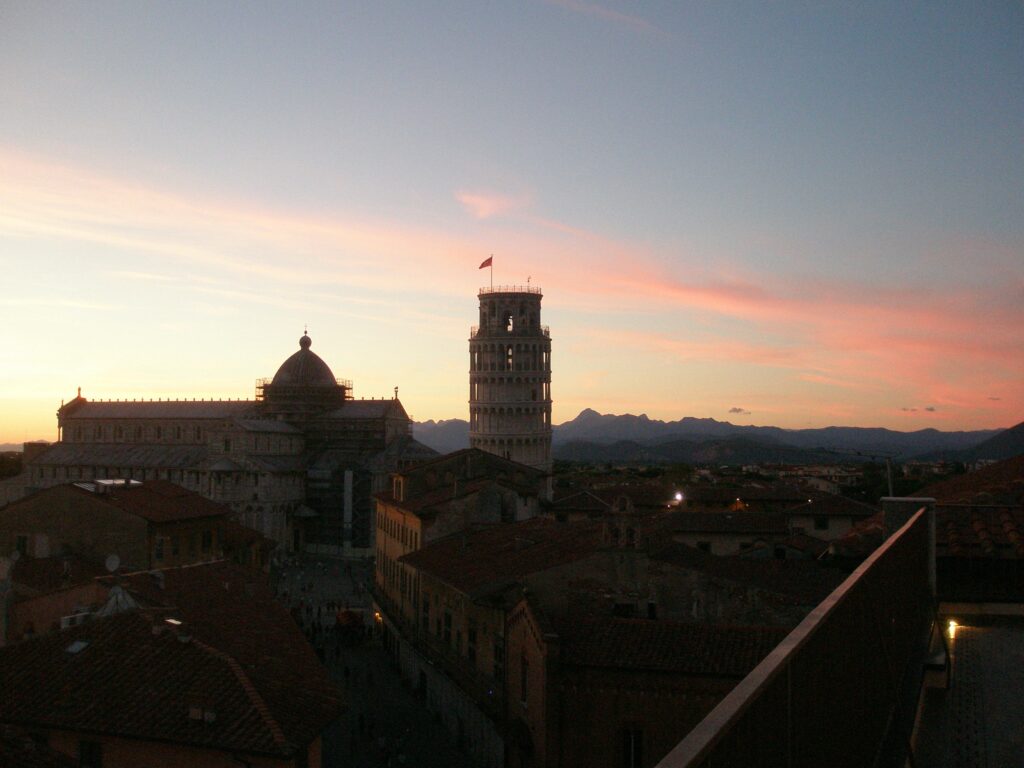
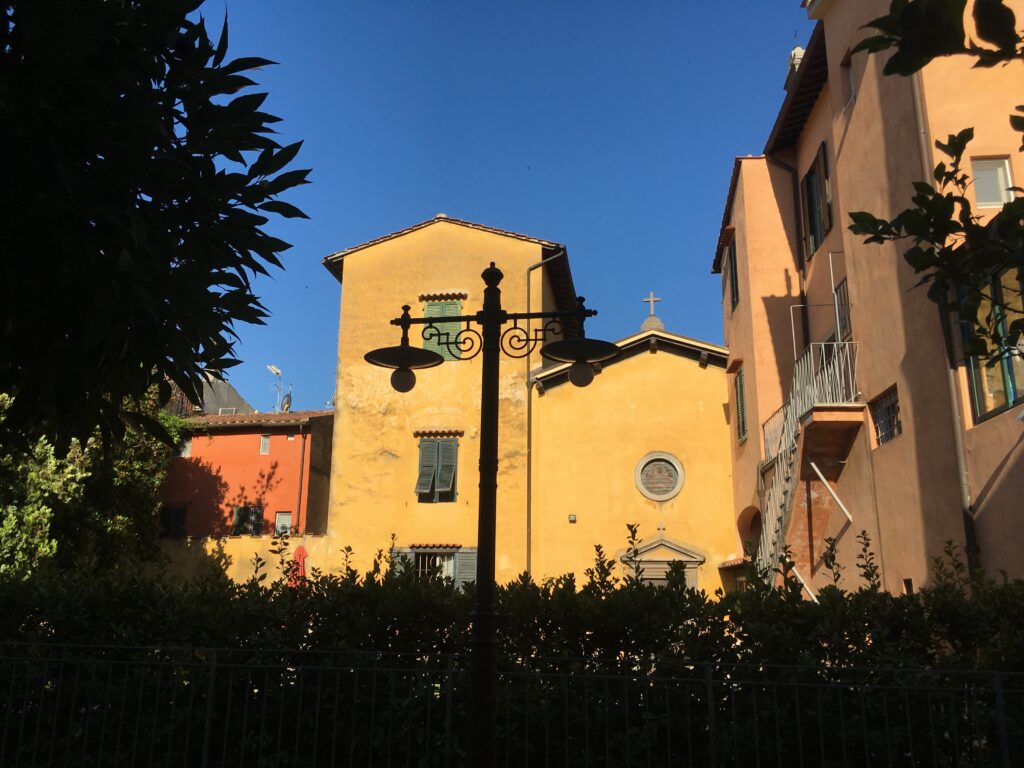


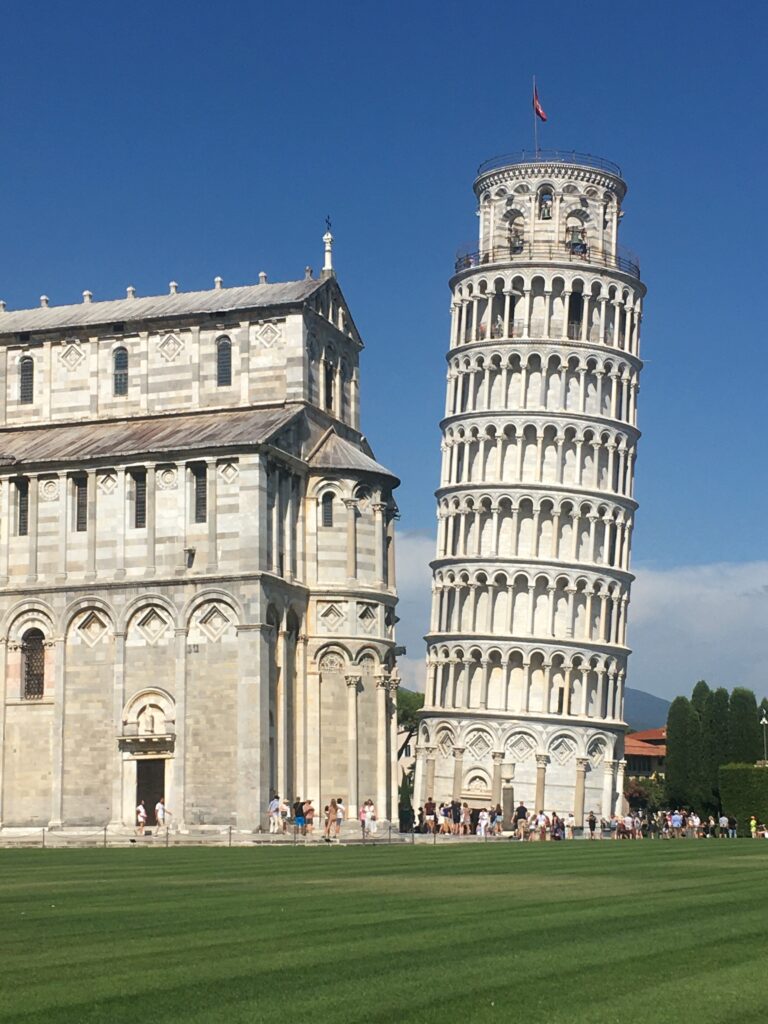
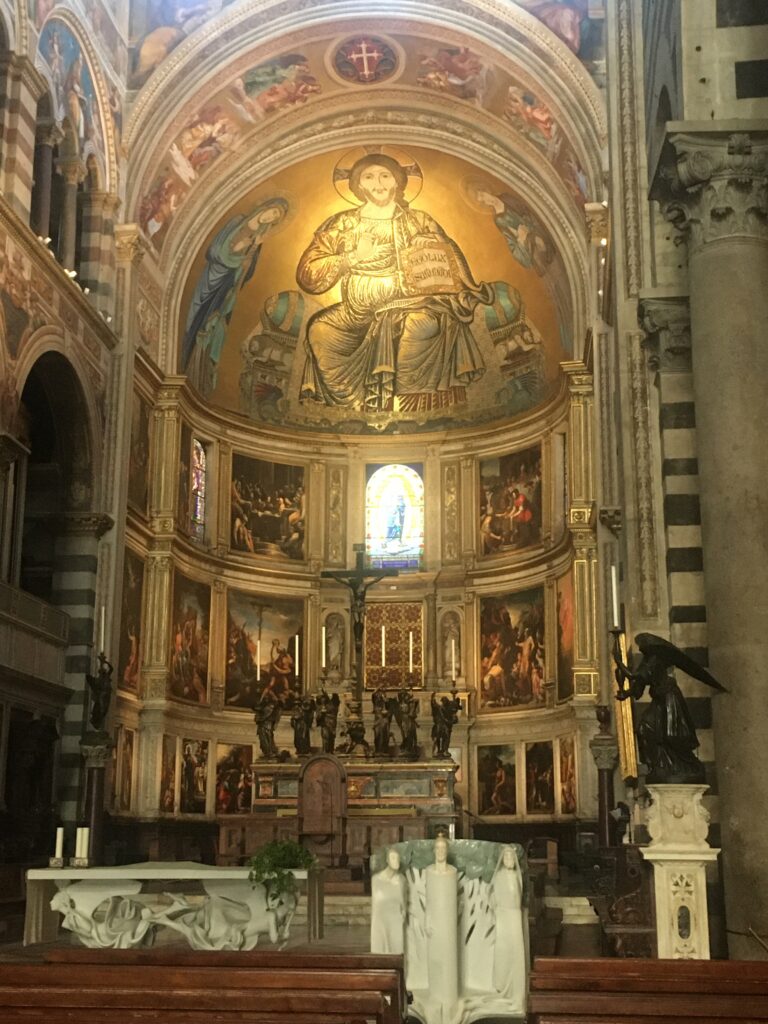
Ravenna
Ravenna is a stunning city on the east coast of mainland Italy that are home to incredibly well-preserved, stunning late Roman and Byzantine architecture.

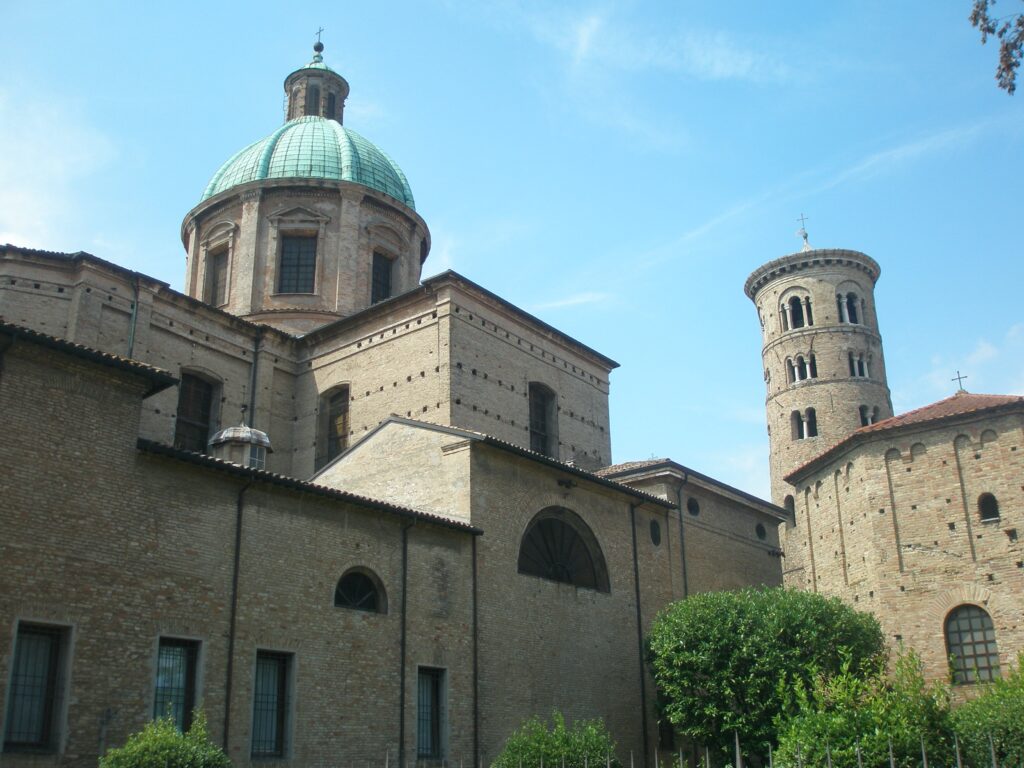
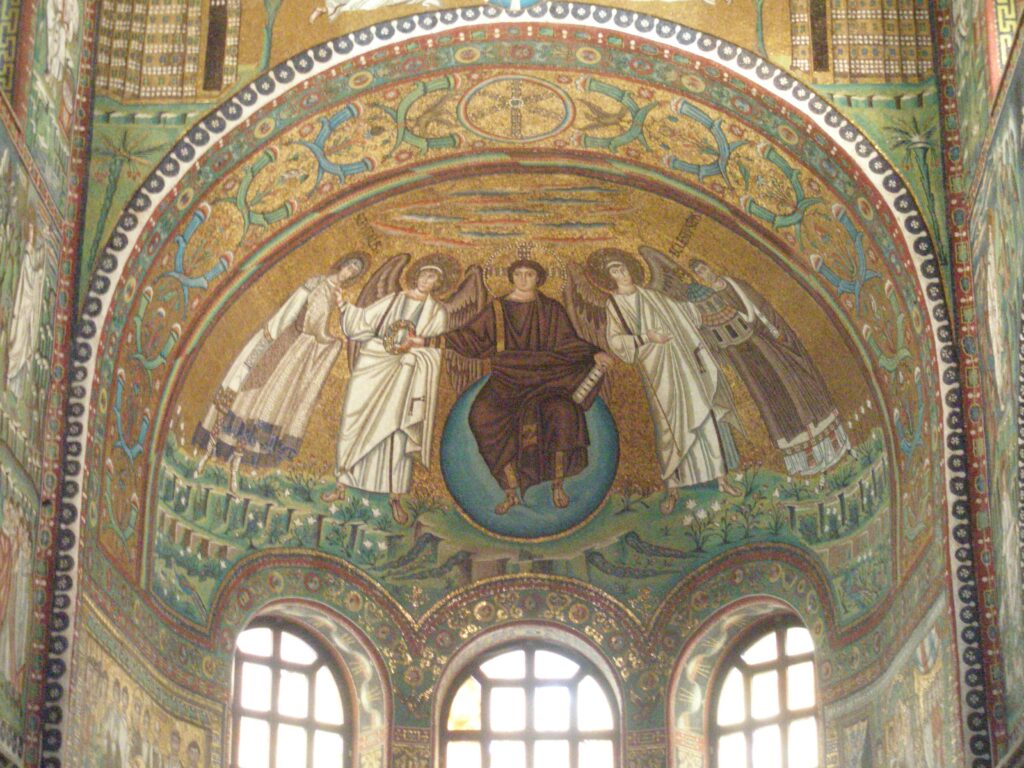
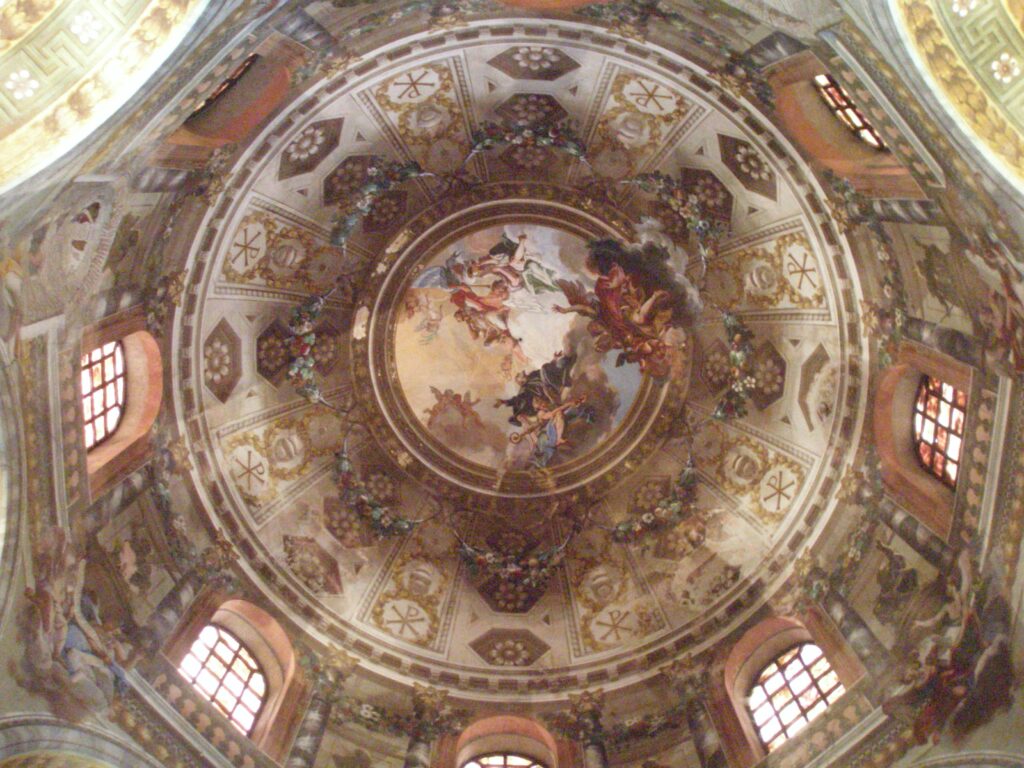
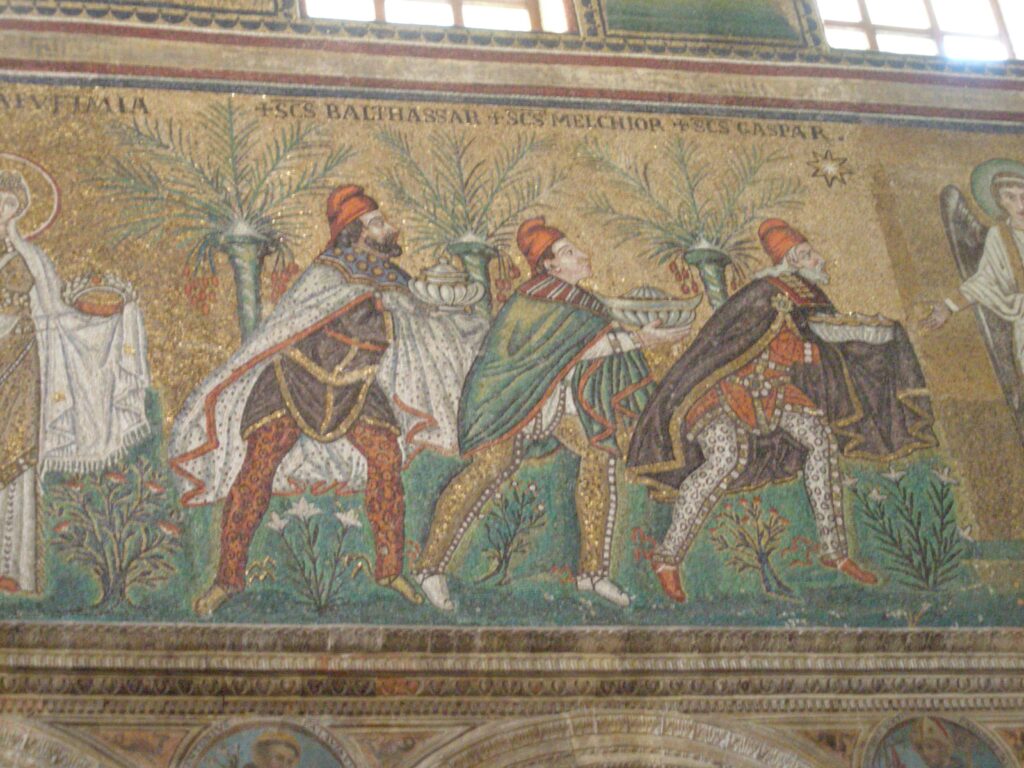
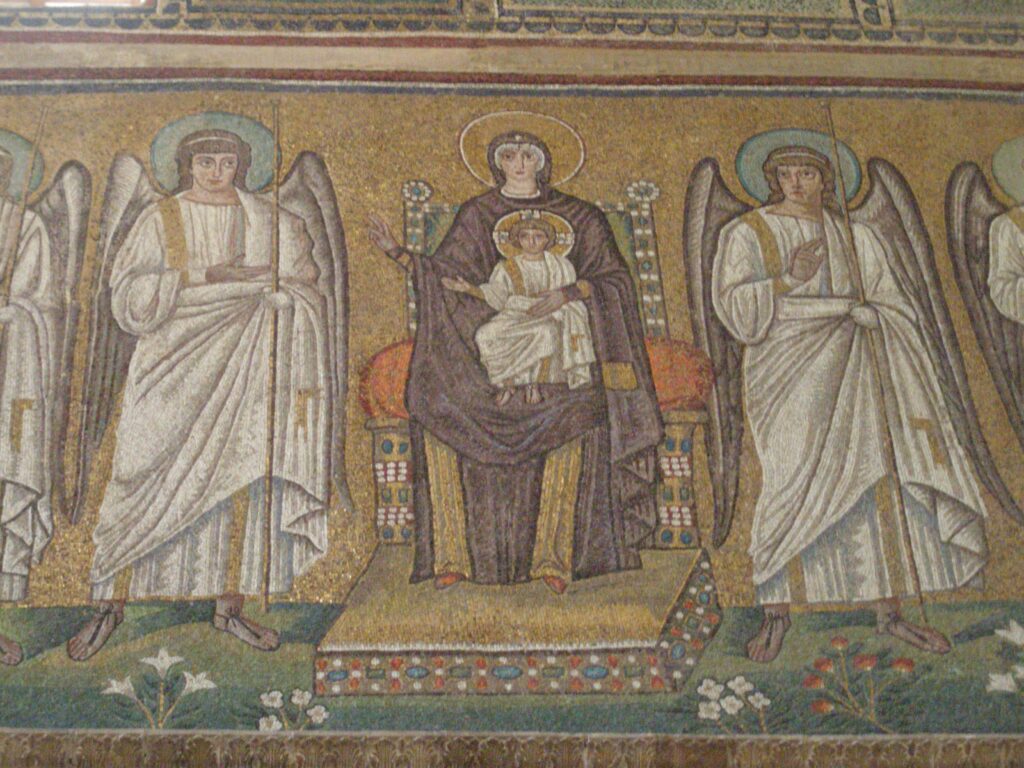
Rome / Roma
As you would expect, Rome is absolutely chock-a-block full of ancient history – it is incredible. Because of this, it’s also full of tourists throughout the year, and thus you should plan ahead for almost everything you do. there are endless sights to see, and many antiquities are juxtaposed with modern buildings. Wandering about, rather than trying to get anywhere by car can be enlightening, as you turn a corner and there is yet another piece of Roman architecture to behold!
Before SatNavs and mobile phones were prevalent, we got totally lost once whilst driving in Rome. We asked a traffic policeman to help us out. He promptly told us to go down a one-way street the wrong way! After confirming that’s what he meant, he blew his whistle, held his hand up at the traffic and told us to proceed – the wrong way! After 100 yards or so, we turned a corner and were back on the right road! Top man! 👍
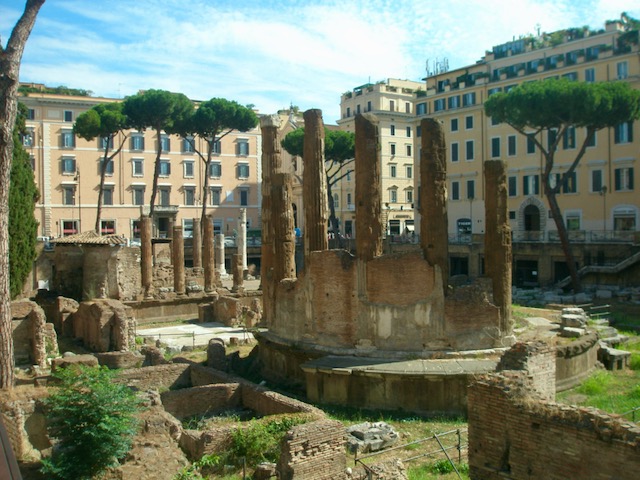

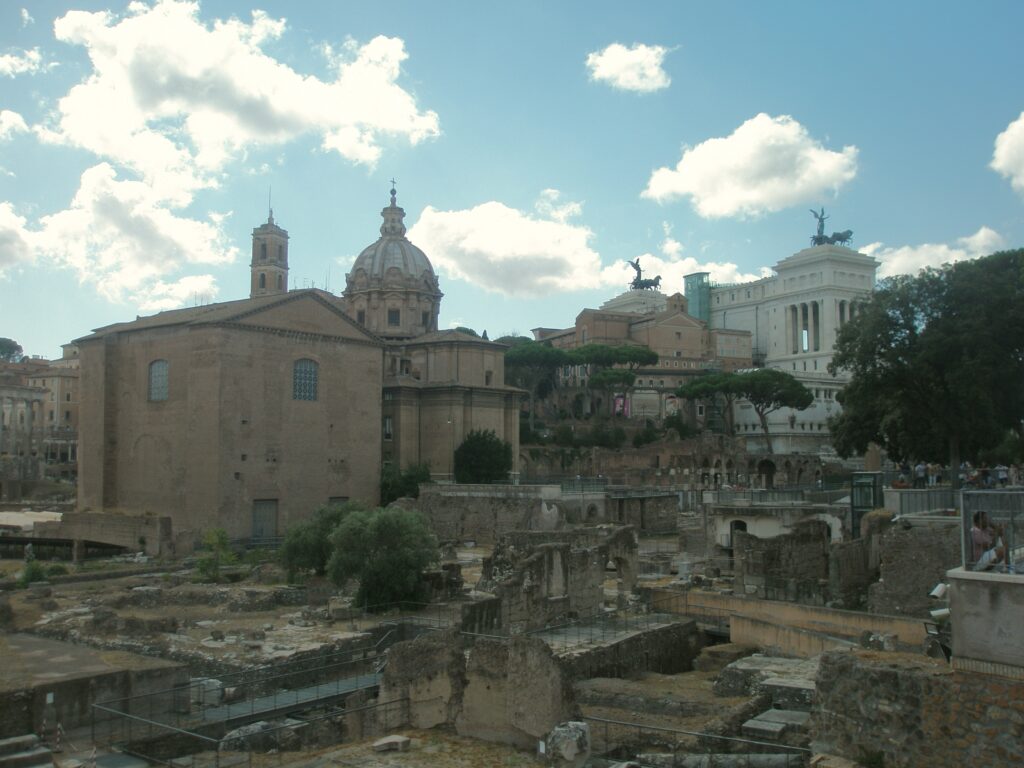
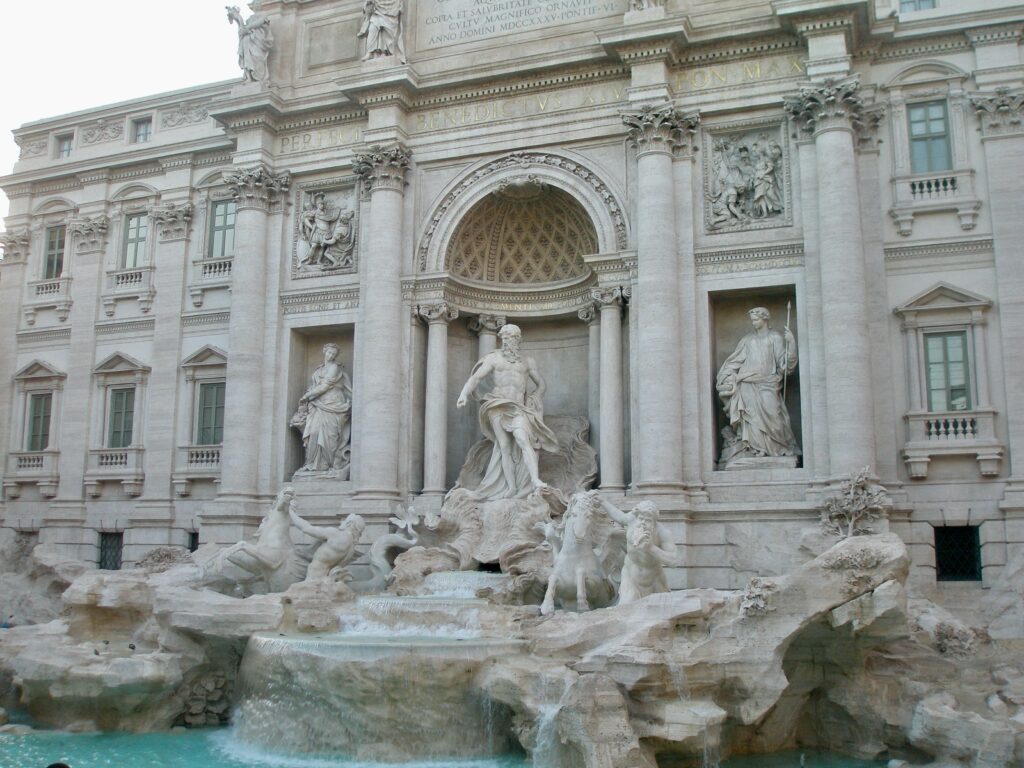
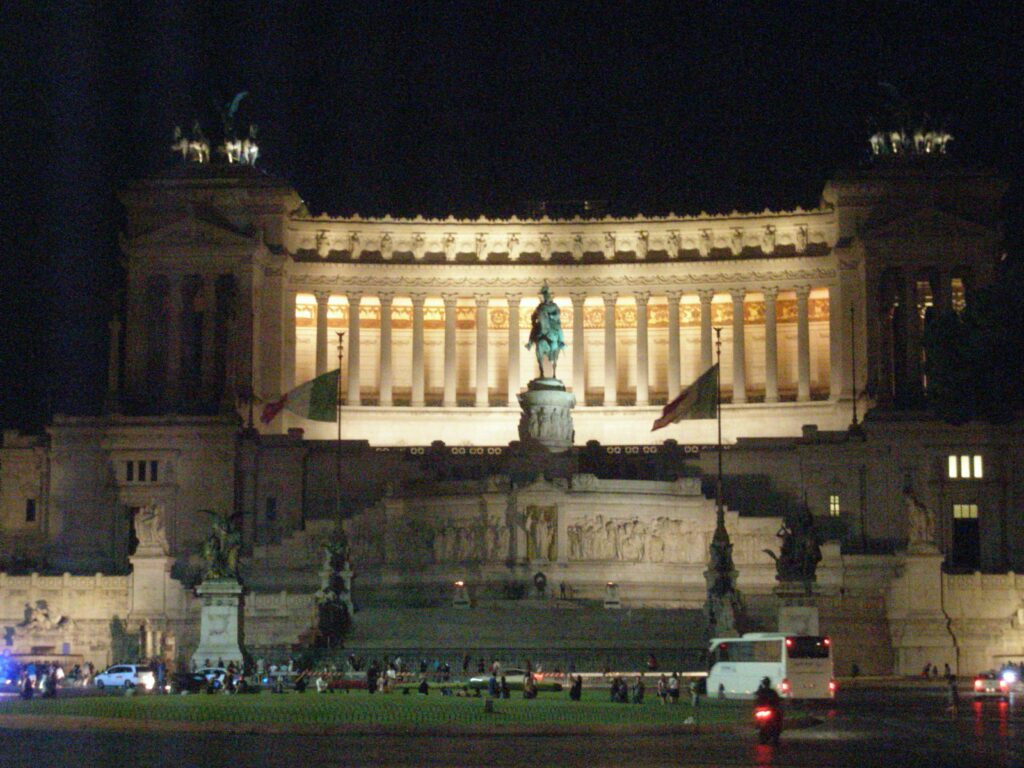
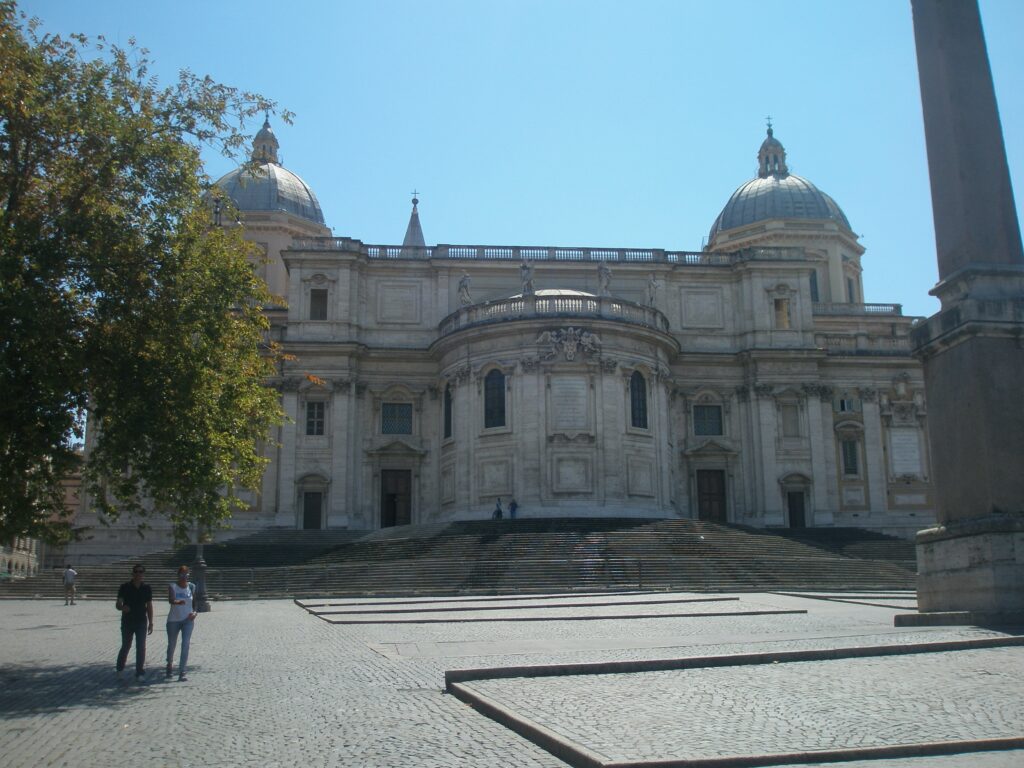
Salice Salentino
Salice Salentino is a 14th century town in ‘heel’ of Italy, in the far south east. A fairly quiet town, it’s a good base from which to explore all the beaches in the area.
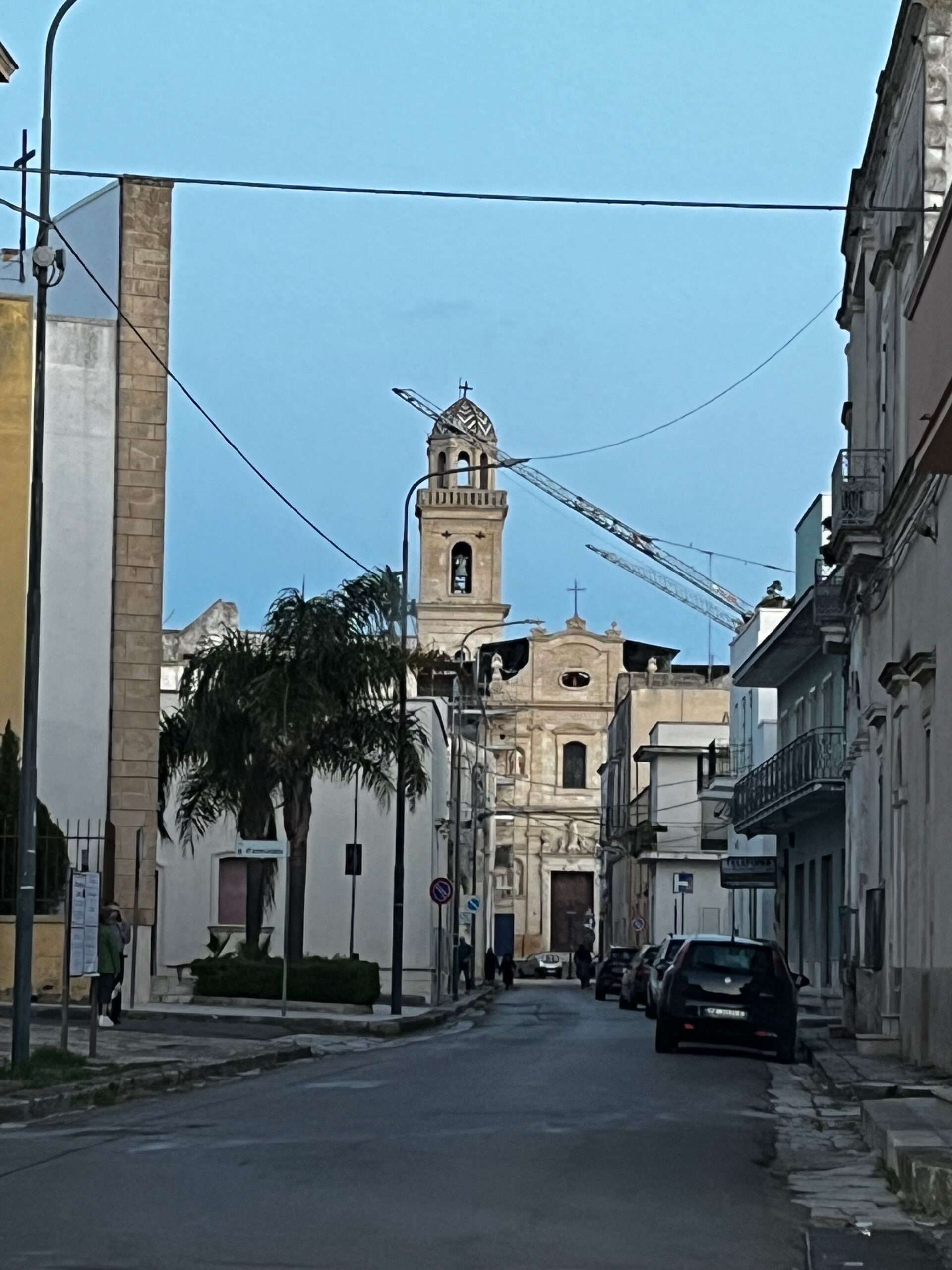
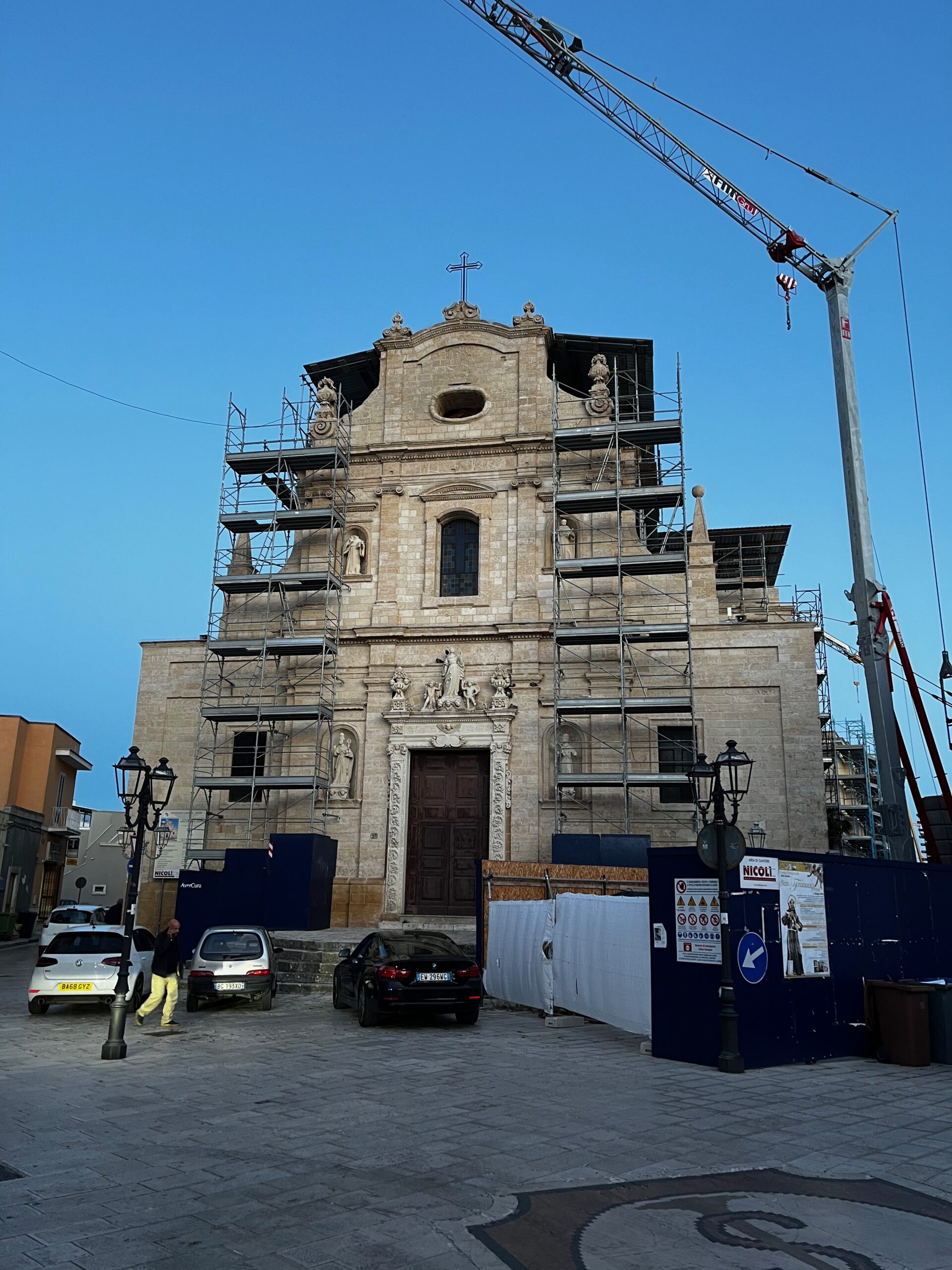
San Benedetto del Tronto
San Benedetto del Tronto is a very densely populated sprawling city that sits on the east central coast. There are sandy beaches all along the coast, popular with locals and tourists alike.
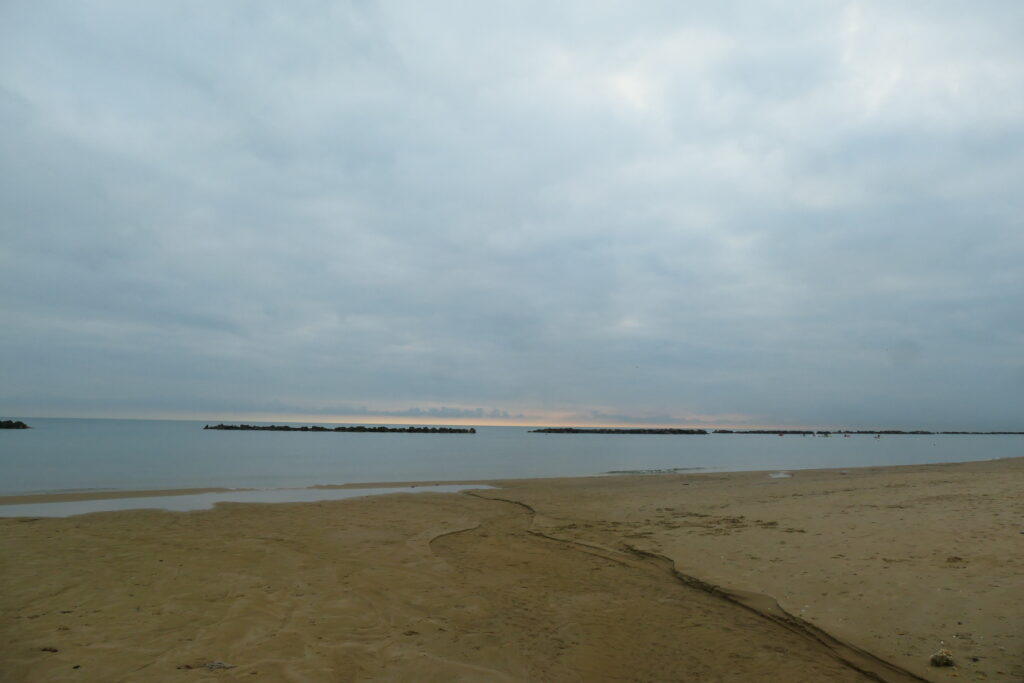
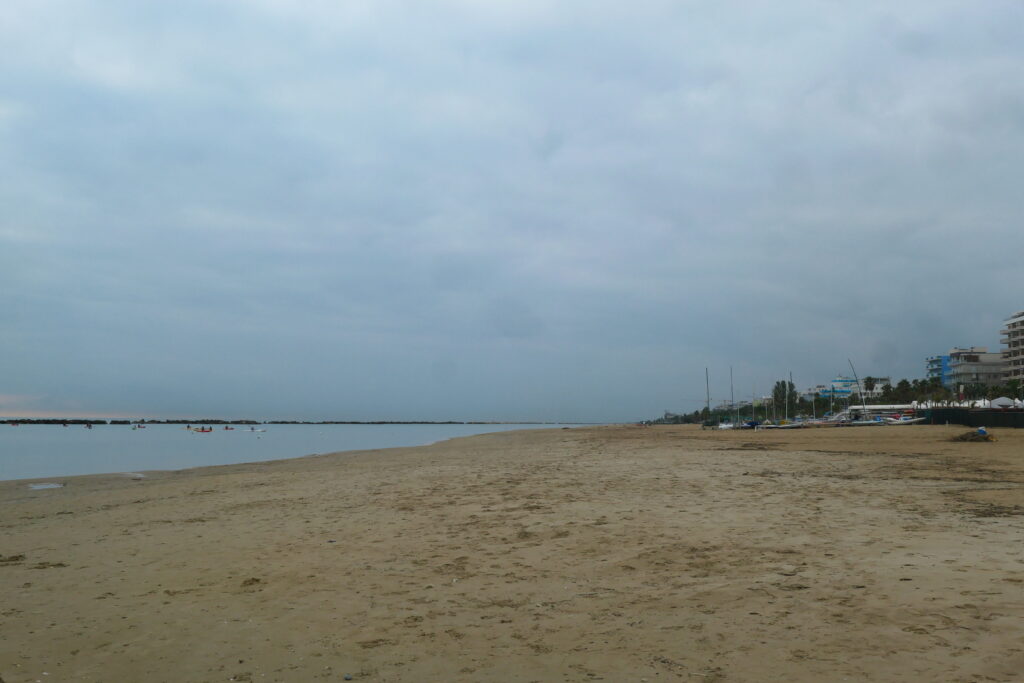
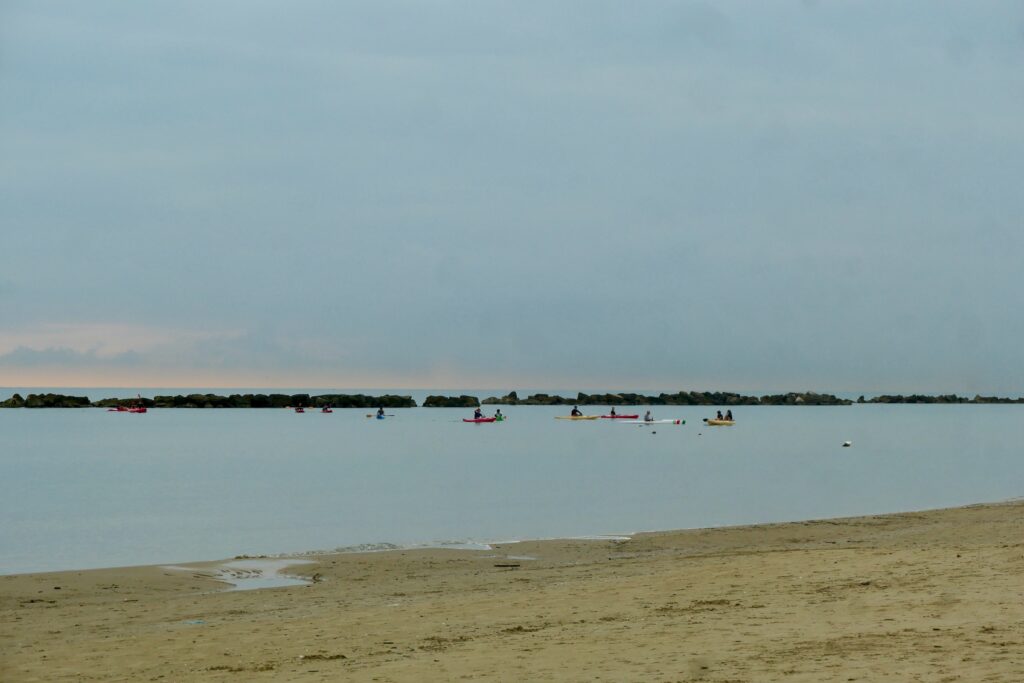
San Candido
San Candido is a lovely, small town located in the far Italian Alps, close to the border with Austria. There is a prominent military shrine on the outskirts of the town.
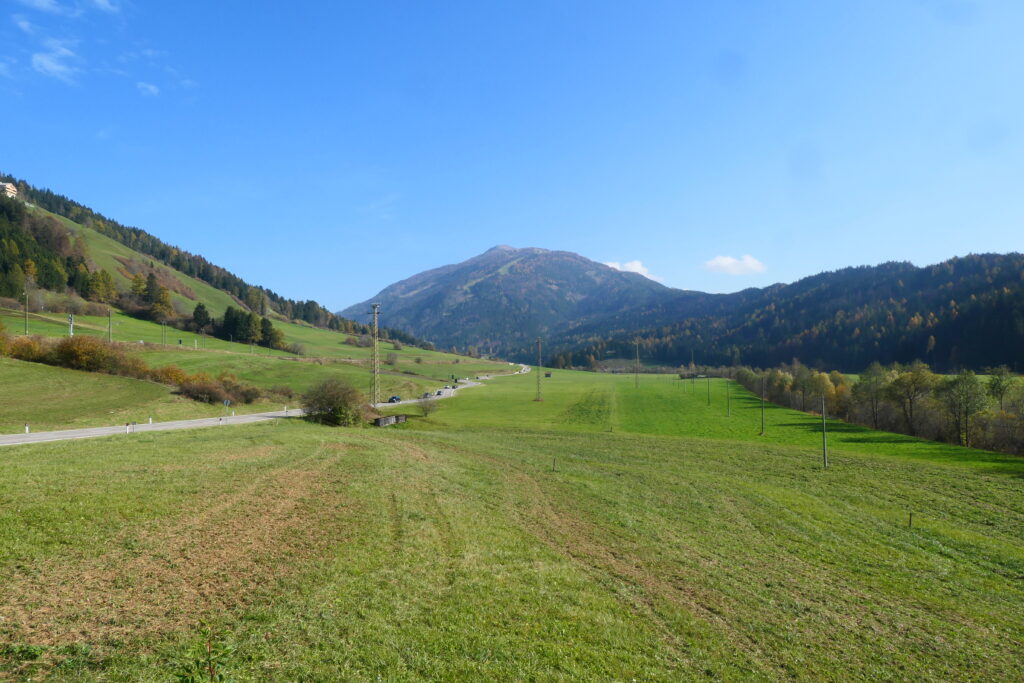
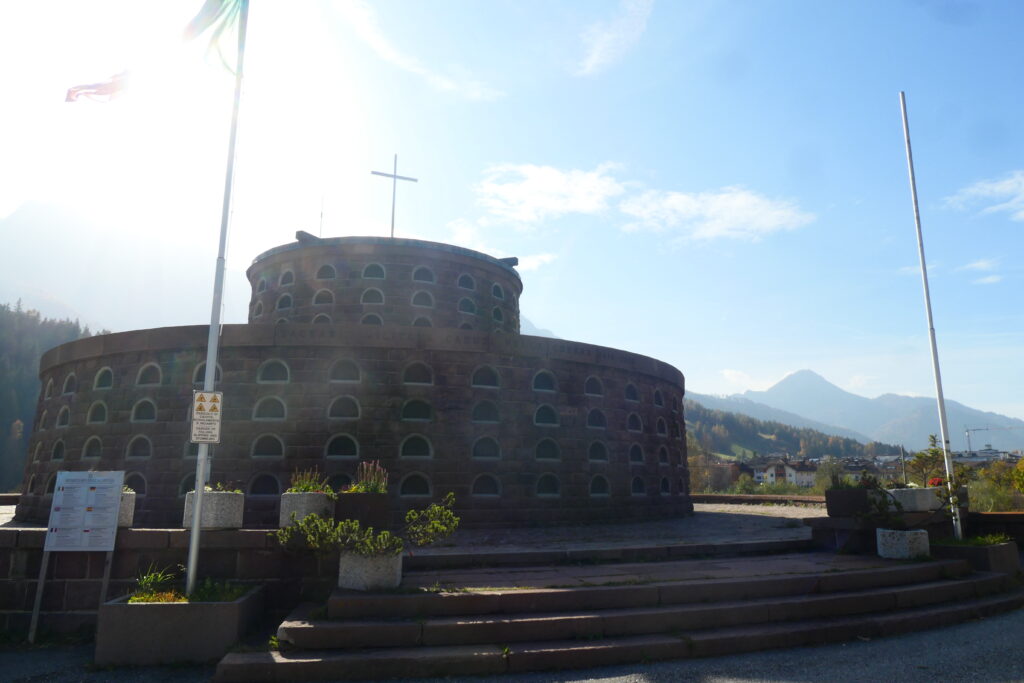
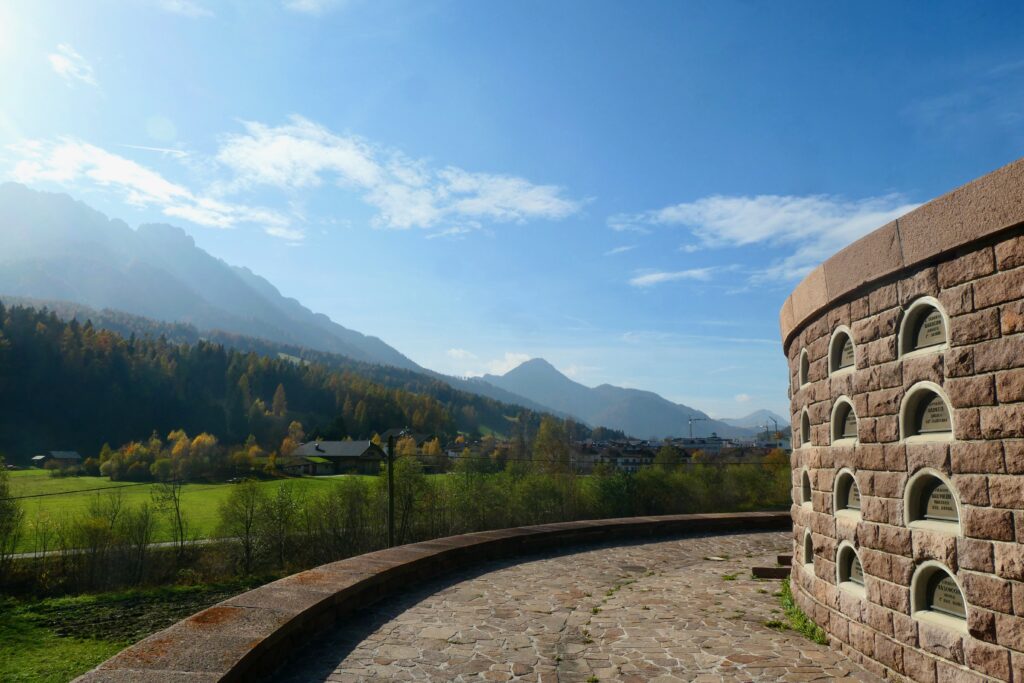

Santa Croce
Santa Croce is a village in north eastern Italy, north of Venice. It sits next to a lovely lake of the same name, 1,266 feet (386 m) above sea level.

Siena
Siena is a beautiful small city in central Italy, with a population of around 55,000 people (2022). It is home to the oldest bank in the world, the Monte dei Paschi bank, which has been operating continuously since 1472. Similarly, the University of Siena is one of the oldest universities in continuous operation in the world, having been founded in 1240.

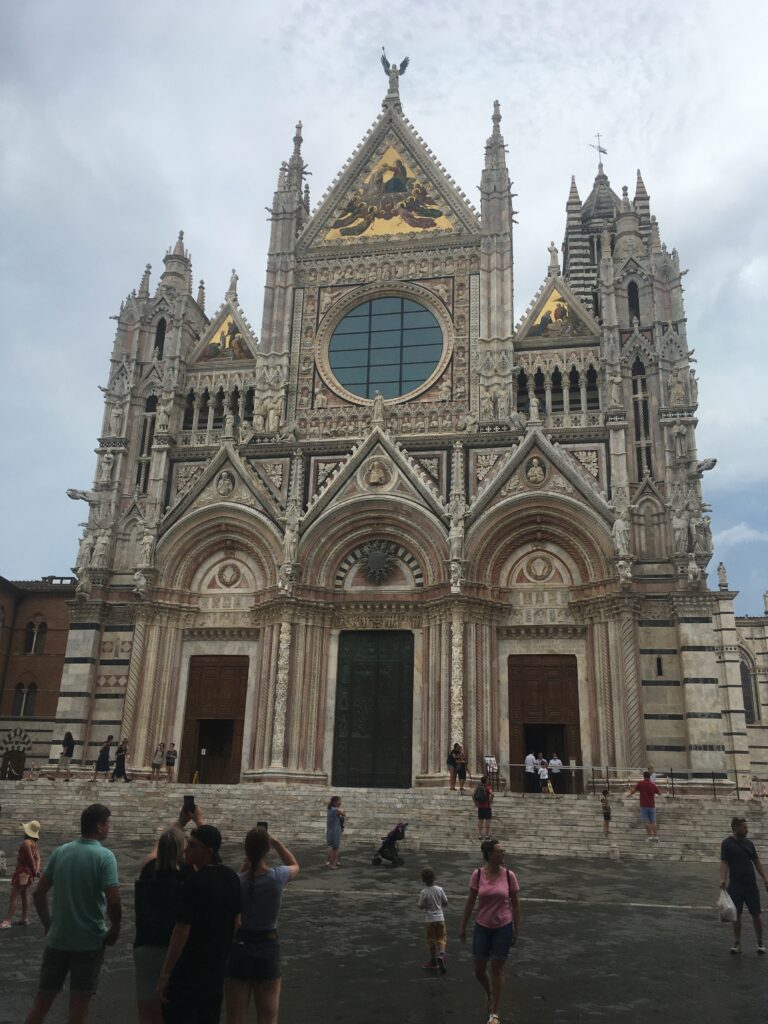
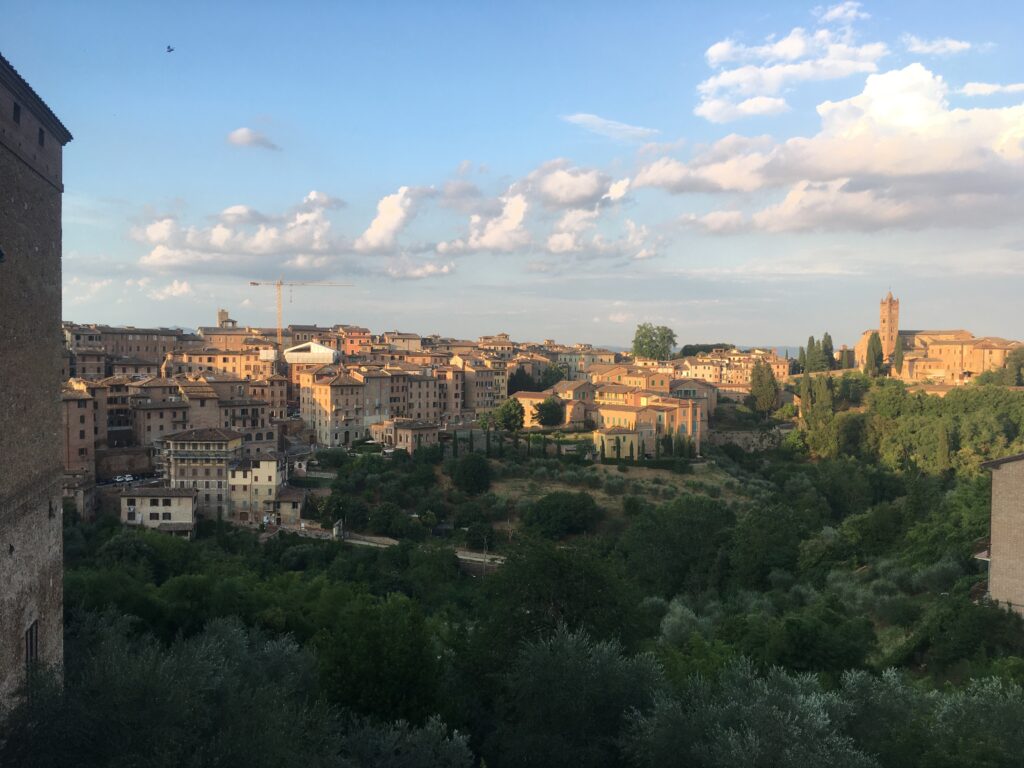
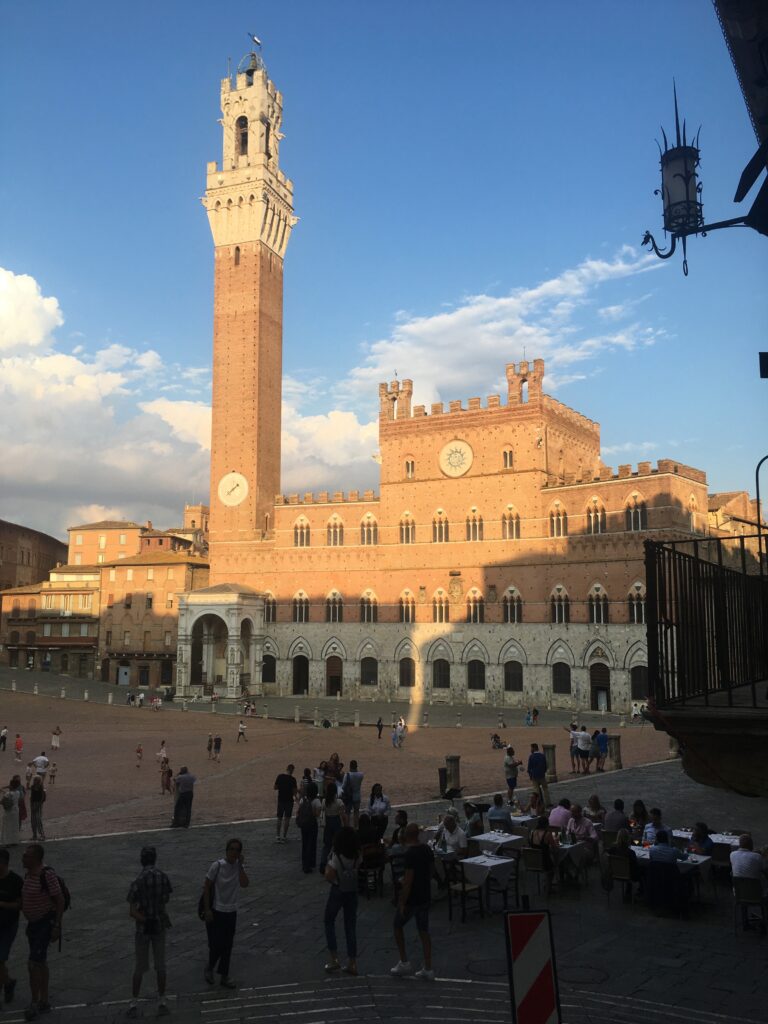
Taranto
Taranto is an ancient city, that was at one time (c. 500 BC) one of the largest cities in the world. Today, it’s a huge port and major industrial area. When driving the ‘heel’ of Italy, it feels as though all roads lead to Taranto. To the west of the city lies an oil refining area that produces fumes strong that we felt almost completely overwhelmed whilst in our car!
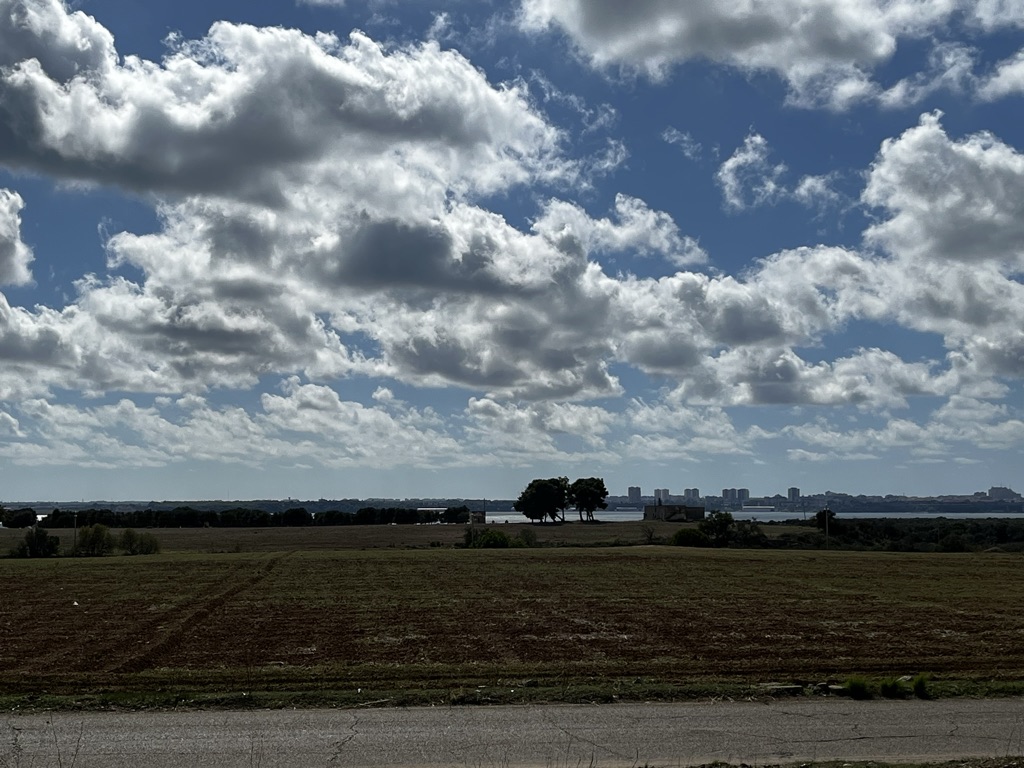
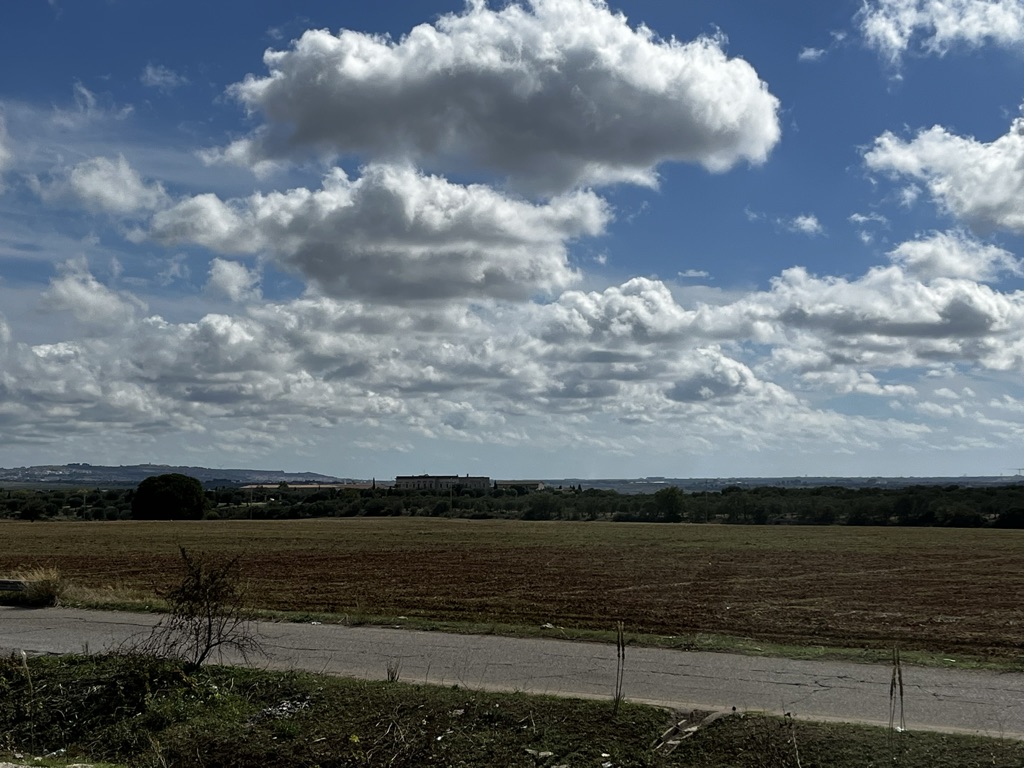
Tropea
Tropea is a very pretty little tourist town in the far south west of Italy, close to Sicily. There are lots of narrow street to explore and the atmosphere is very relaxed. In addition to the main beaches in Tropea, there are also many beaches in hidden coves in the area, many of which are very difficult to reach by car. There’s also a fantastic barber: ‘Da Libero’ 🙂

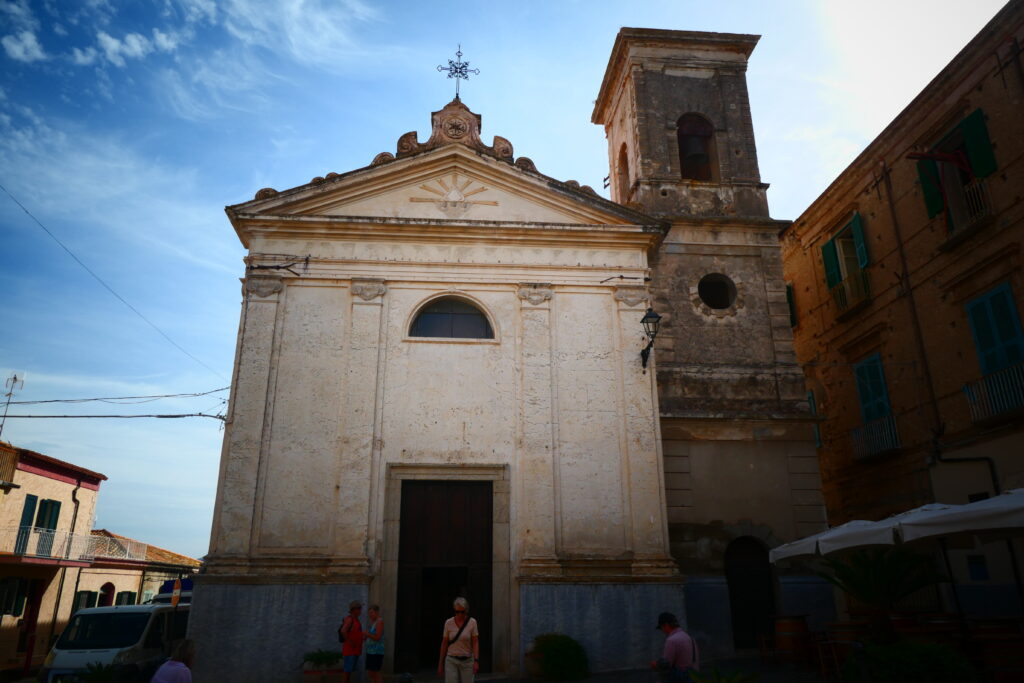
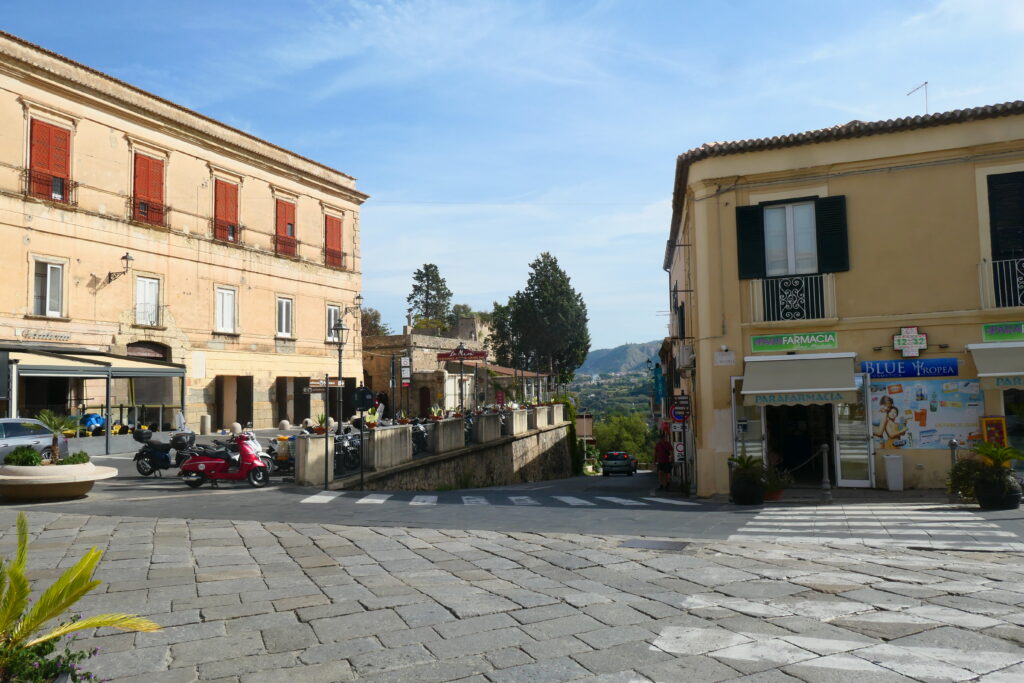
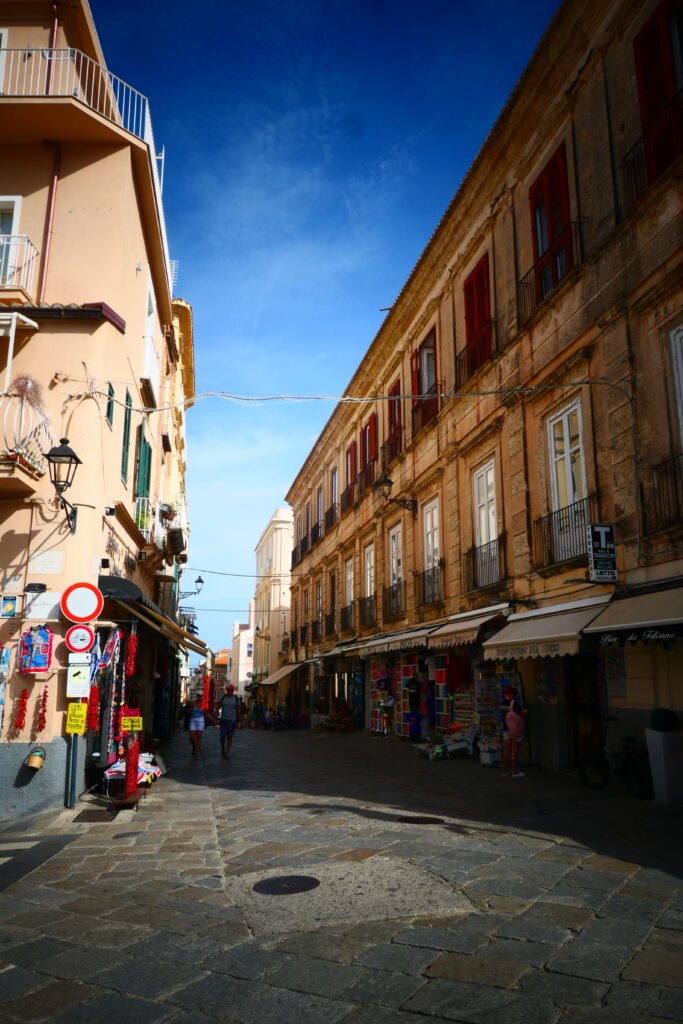
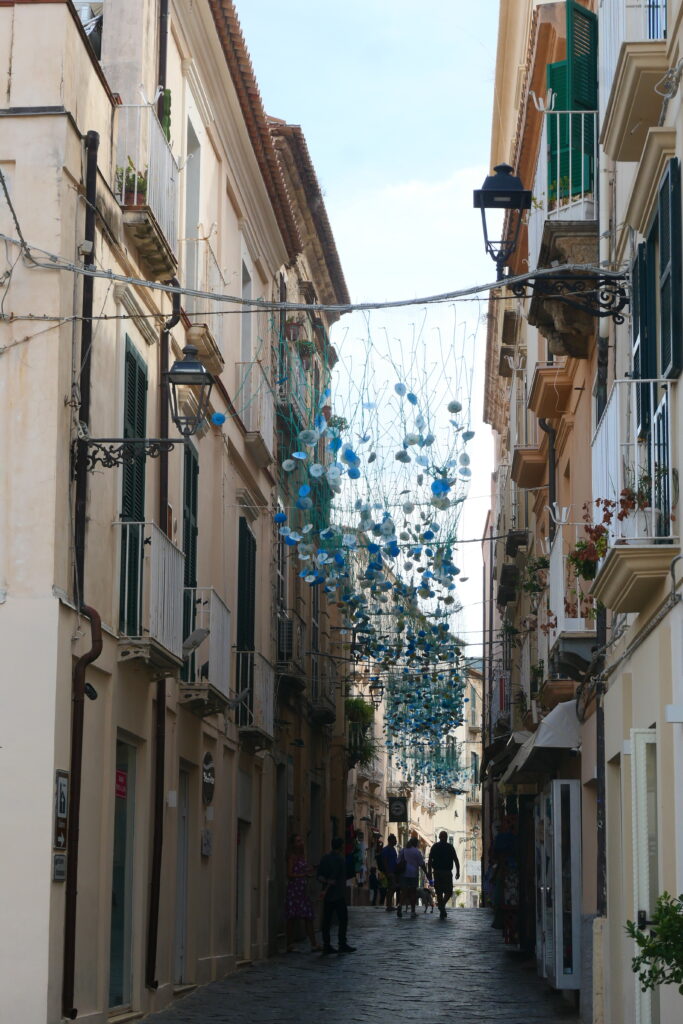
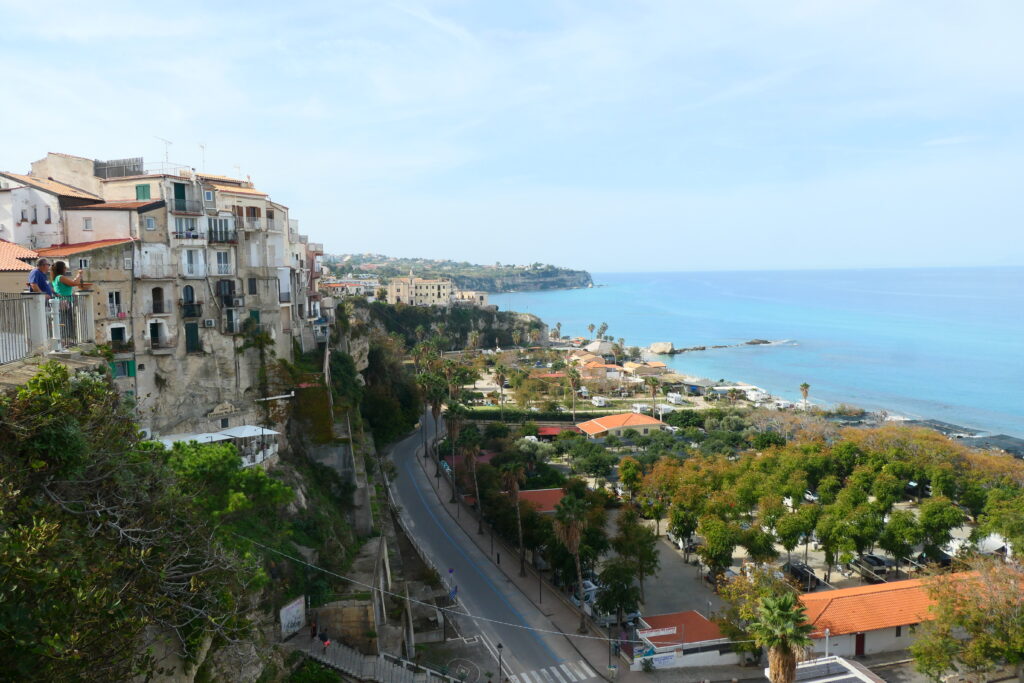
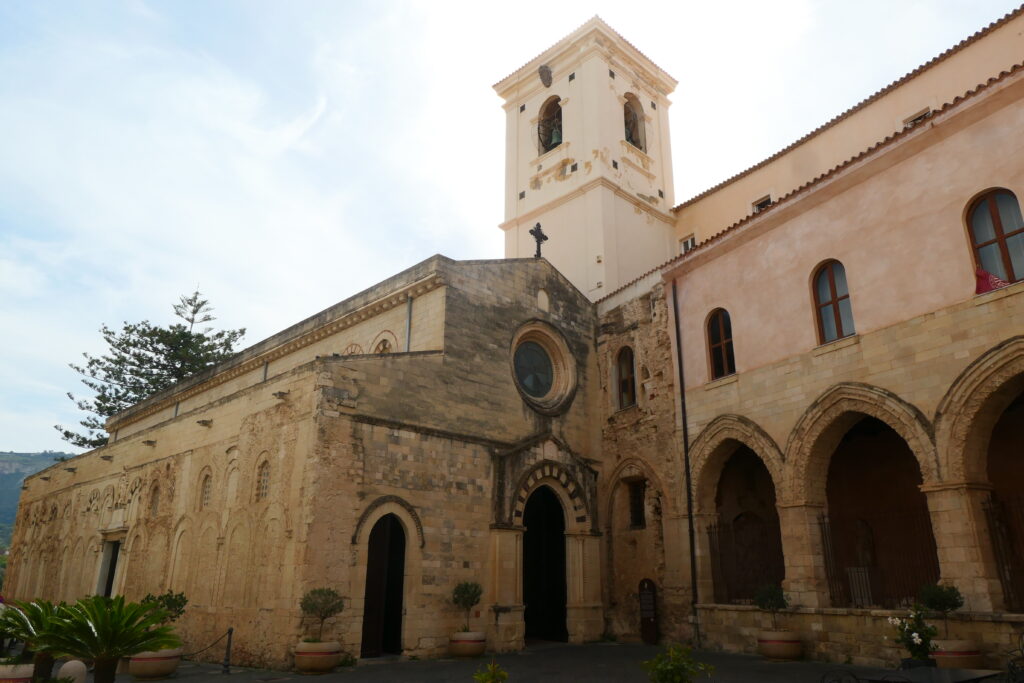

Varzo
Varzo is a small town in north west Italy, close to the border with Switzerland. The town lies at the end of the Simplon pass, and is surrounded by very steep hills. There is a great little pizza place in the town 🙂 We had a lovely overnight stay there to avoid the excessive costs for similar accommodation over the border!
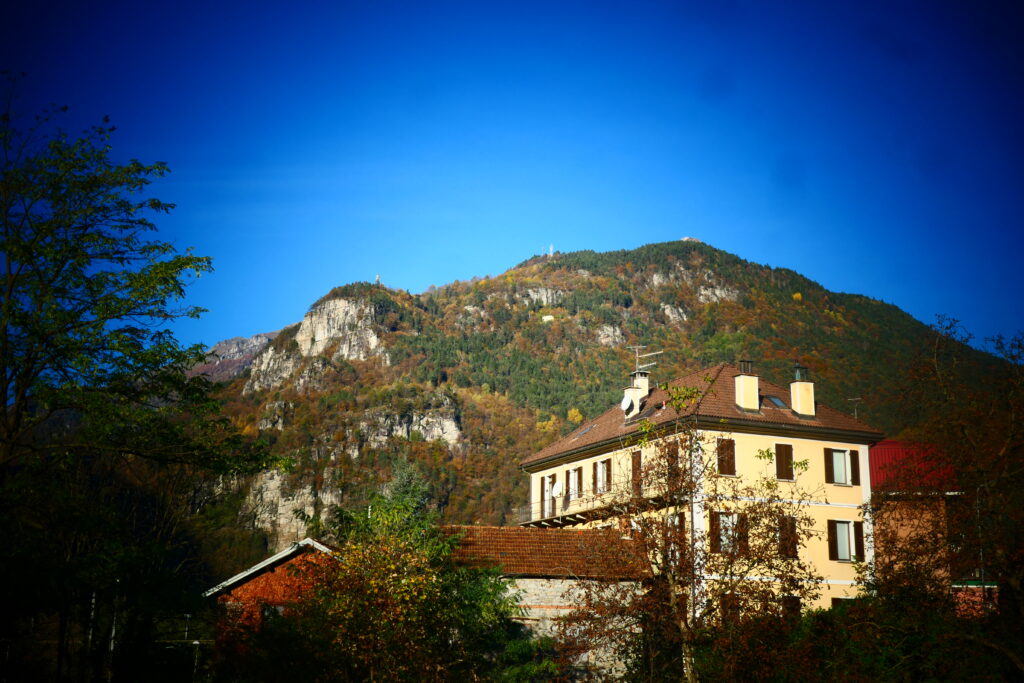
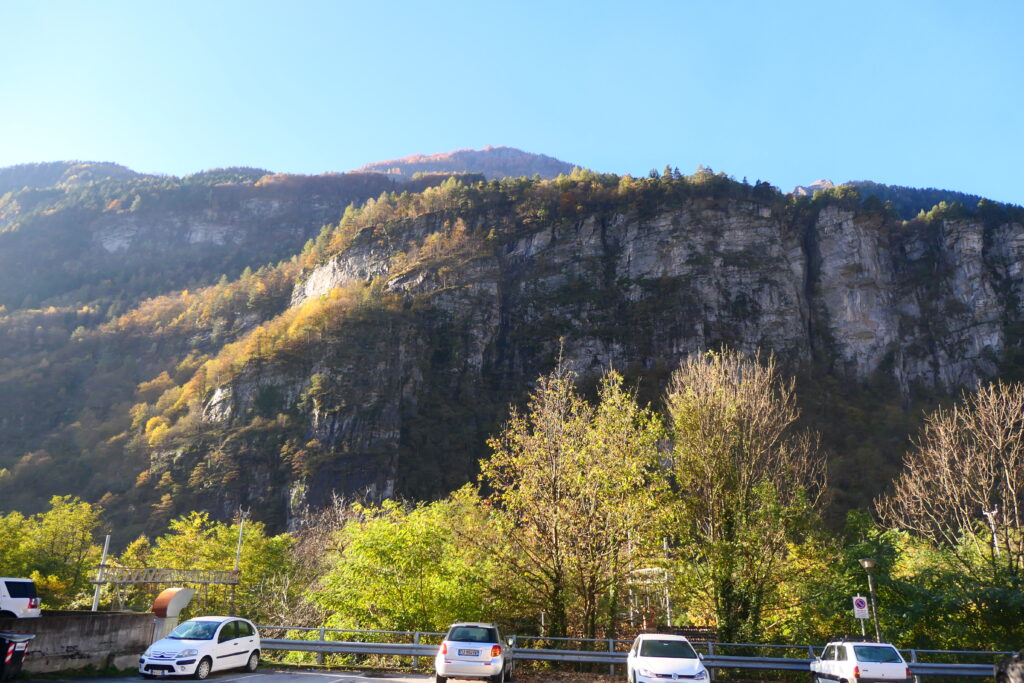
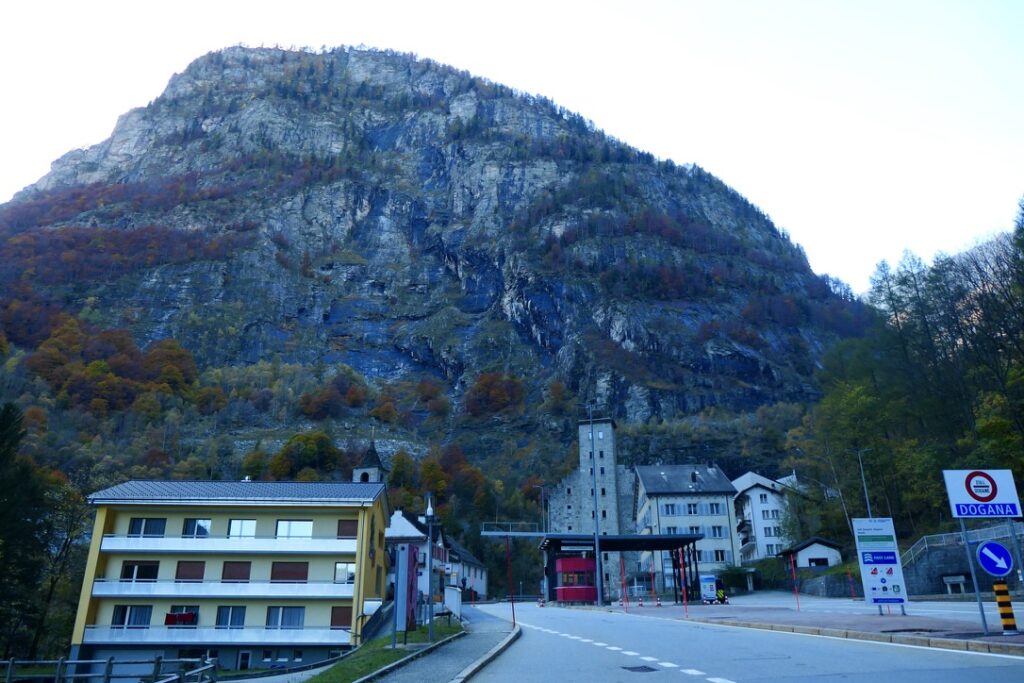
Venticano
Venticano is a small town in south central Italy, surrounded by farm land and olive trees. We stayed in a lovely agriturismo (farmhouse) there, where the owners were really friendly and great cooks 🙂
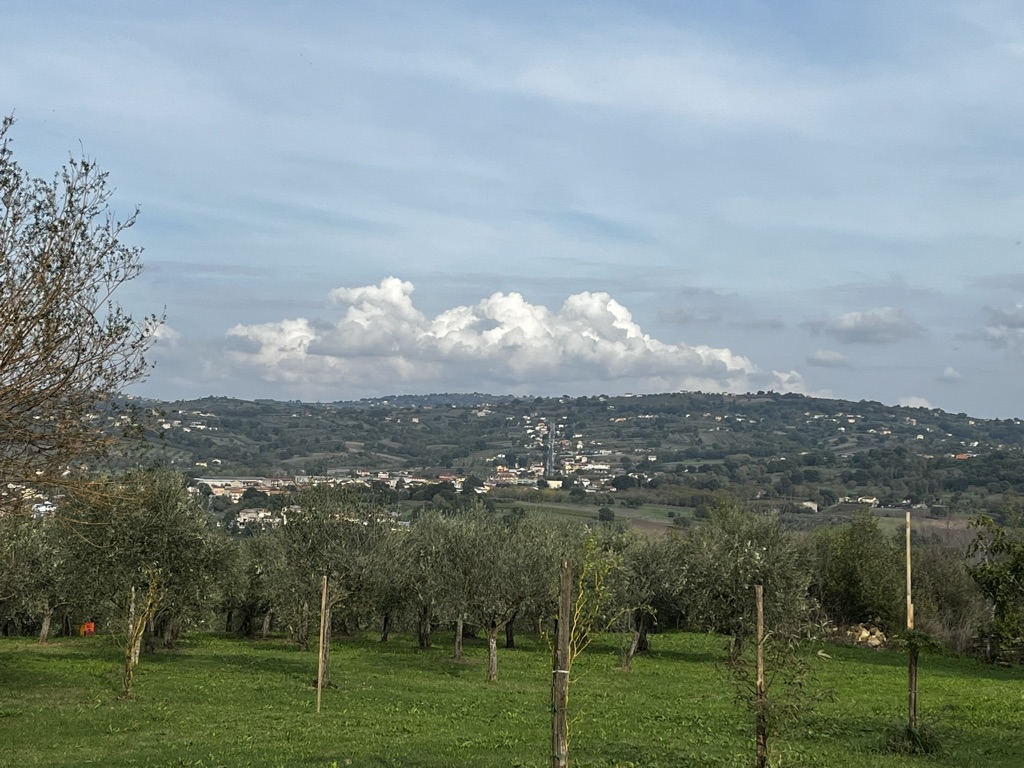

Verona
Verona is a fantastic large city in north east Italy. It’s absolutely packed with amazing ancient and new architecture, art, sculptures, and cultural marvels. Because of this, it can be extremely busy during peak season, and traffic jams can be extremely lengthy. Parking is also very difficult without a permit. The whole city has been declared a World Heritage Site by UNESCO.
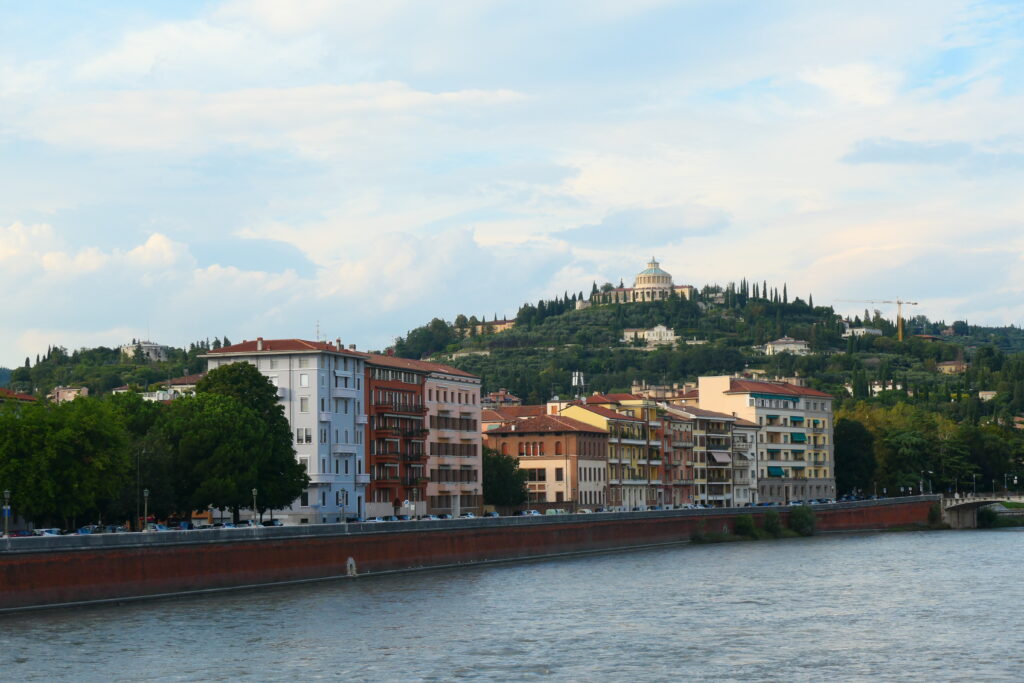



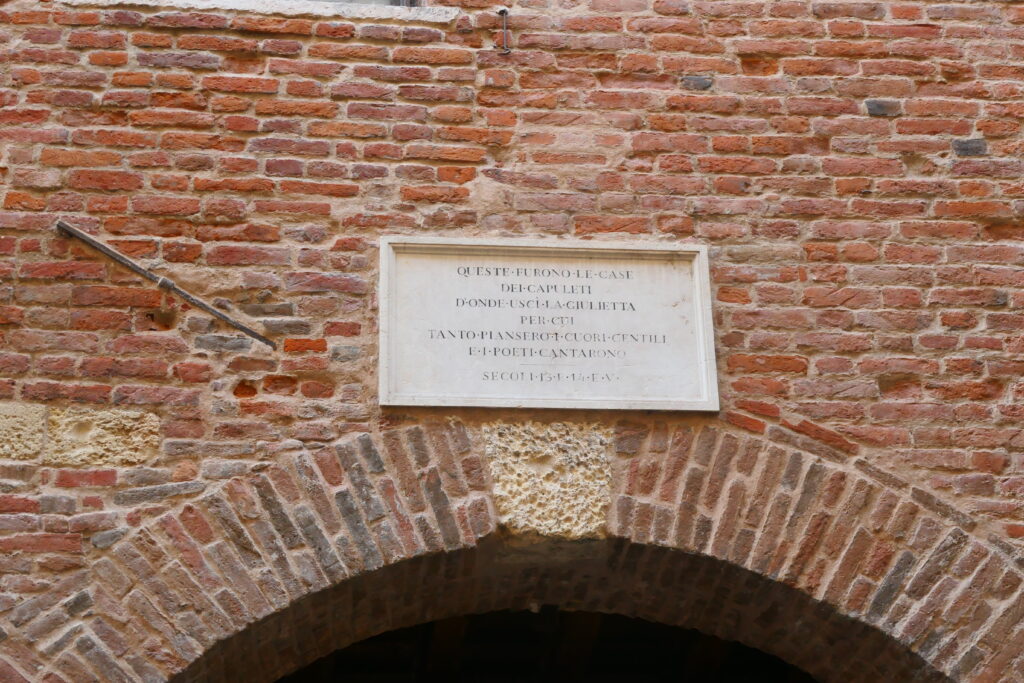
Viterbo
Viterbo is a great little city in central east Italy, the old city of which is surrounded by a lovely medieval stone wall. May popes have made their residences in Viterbo.
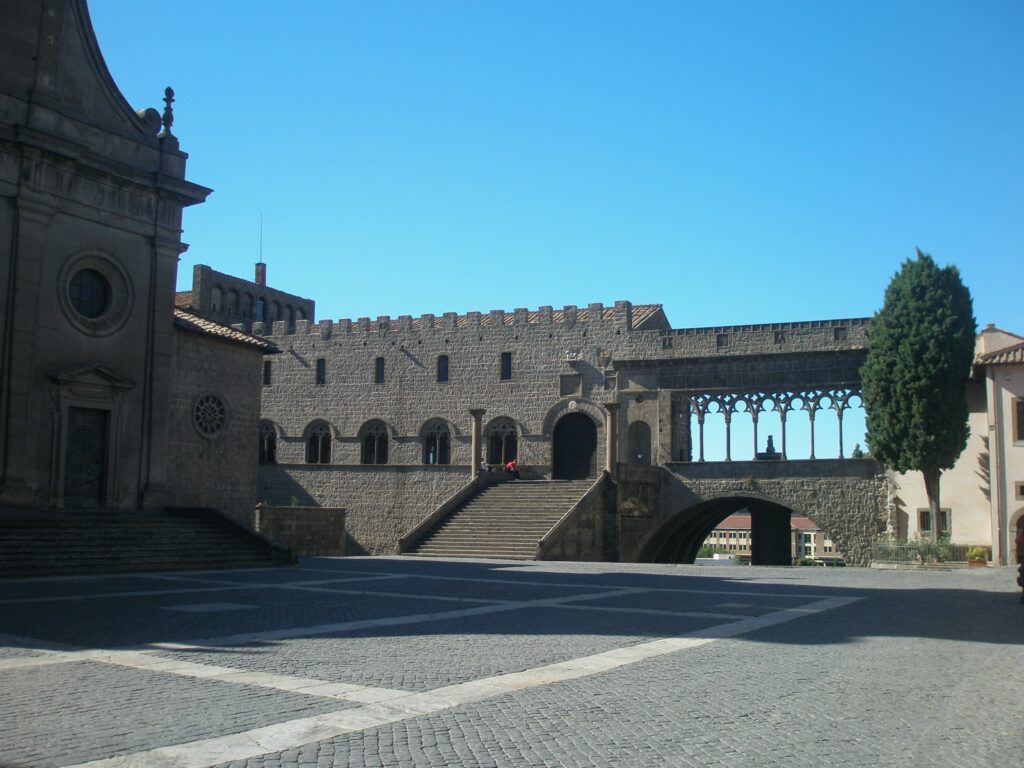
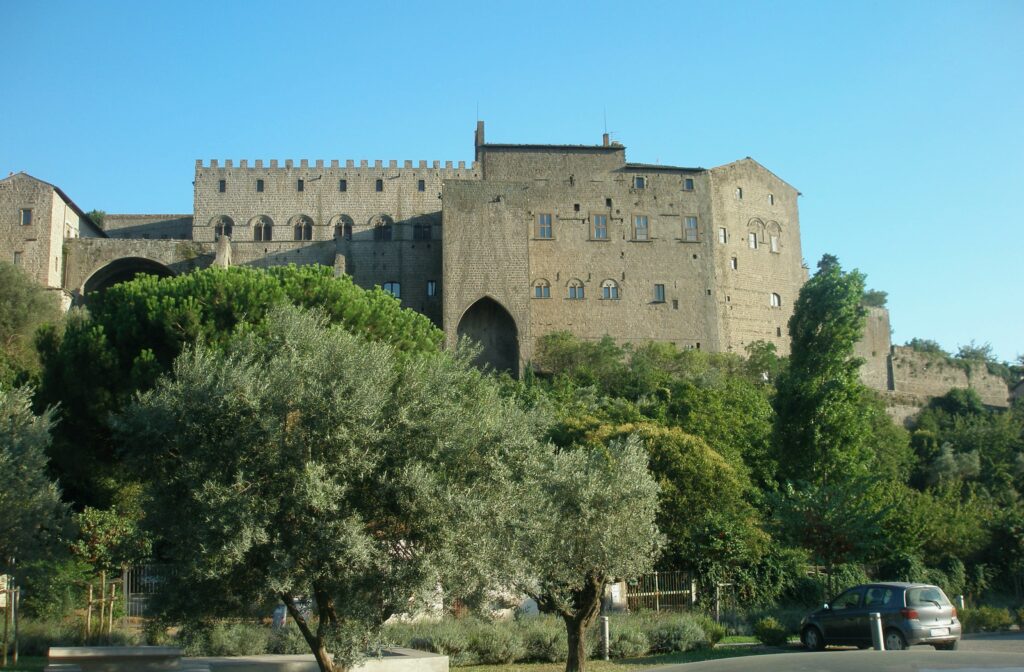
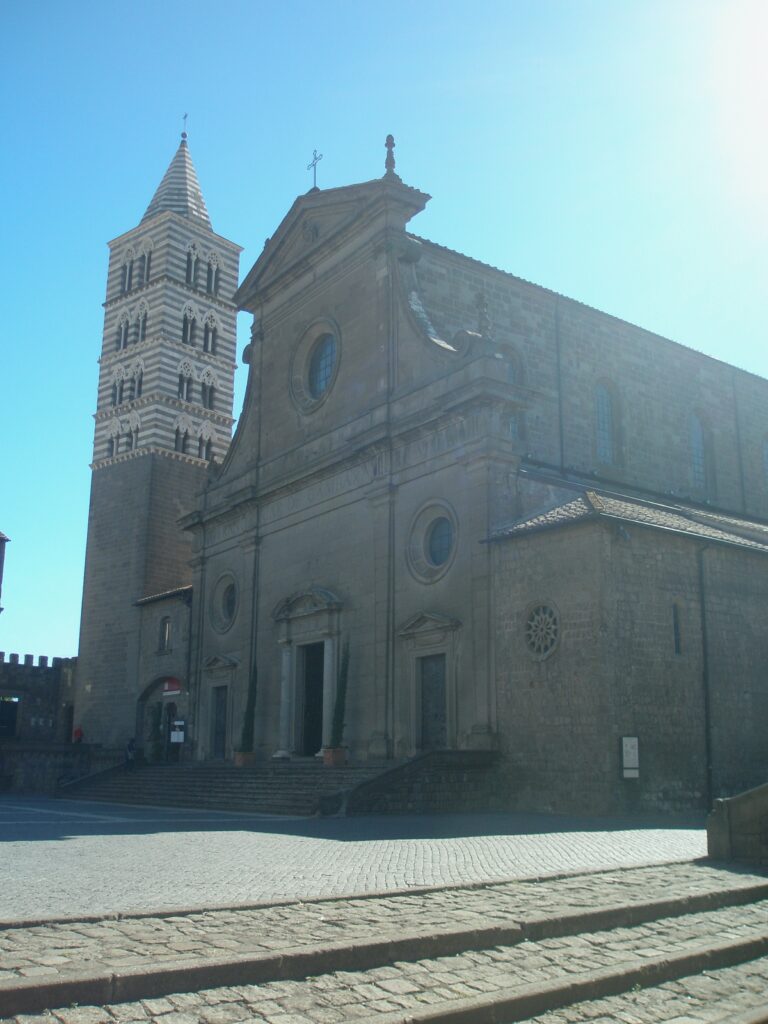
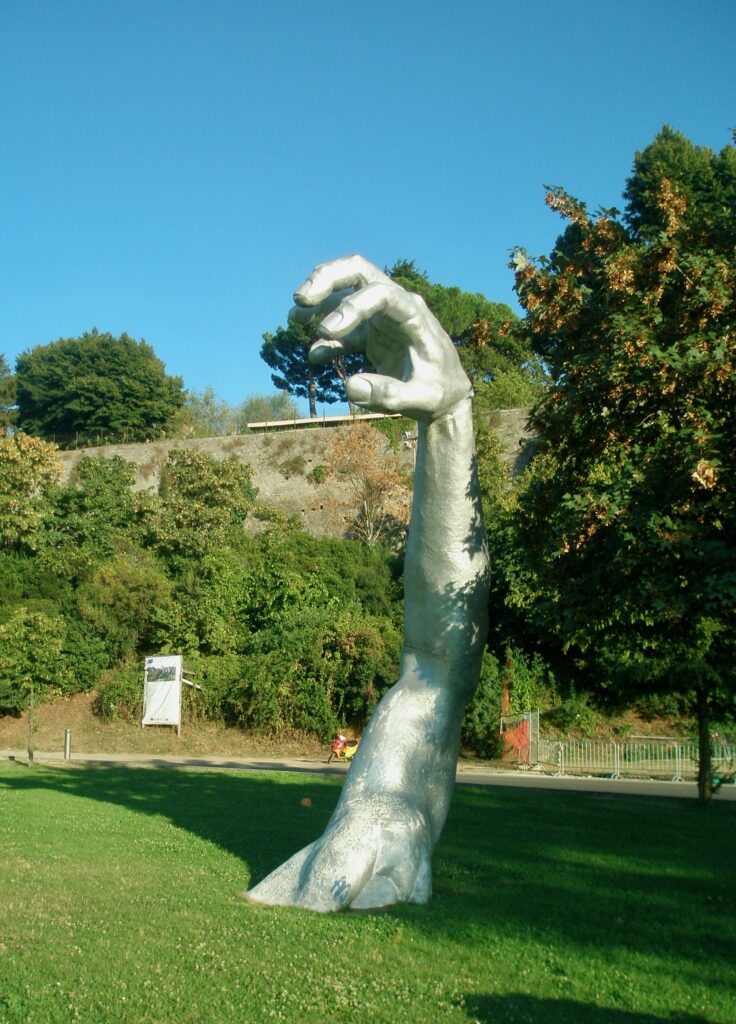
What’s it like to drive in Italy?
As with almost everywhere on the continent of Europe, they drive on the right hand side of the road in Italy.
Driving in mainland Italy
For the most part driving in mainland Italy is a fairly laid-back affair due to the amount of traffic between most town and cities being low compared with traffic in the UK. Italian drivers do tend to be pretty poor at driving in general though, wandering about and over lanes as if there’s an issue with steering ;), and they drive fairly quickly, though they don’t tend to be hugely aggressive in the main – although see our blog for the exact opposite – scary! Road signage can be pretty hit-and-miss too, and often signs are placed only where you can see them at the last moment, or only facing the opposite traffic!
In 2024, we encountered a man driving towards us in the fast lane of a dual carriageway!! – luckily we were in the slow lane and the road was very quiet! We also came across a motorbike rider who was texting whilst riding, and consequently swerving all over the road!
Driving in mainland Italian cities
Like all major cities, traffic in the larger cities can be a general hassle with lots of traffic jams. Traffic lights are often not adhered to during rush hour. We found that you should generally go with the flow – other drivers will soon let you know if you need to move! That said, drivers treat others much like in the UK, despite the mid-summer heat. Car parking in very touristy places like Florence (Firenze), Rome (Roma), Milan (Milano), Naples (Naploi) can be very difficult, so plan ahead if you can.
Driving into Italy from Switzerland
If you’re travelling from Switzerland into Italy, be prepared for very powerful or super-cars racing along the motorways at break-neck speeds. Presumably this is because driving at speed is heavily penalised in Switzerland, and they’re all letting loose! 😉
Road conditions in mainland Italy
In the main, roads are pretty decent on the Italian mainland, most are well maintained, in particular main roads. More remote countryside roads can be more tricky due to loose gravel, but in the main are ok. Because of this, watch out for regular sightings of lorries and trucks broken down due to losing tyres or even entire wheels!
For a particularly twisty, narrow and somewhat dangerous road, that for some reason has concrete bollards limiting the road width periodically, check out the SS562 from Ateleta to Lake Bomba!!
Alternatively, for a particularly lovely road, with great views and some stunning architecture along the way, try the SS1 road through the Italian riviera – it’ll put a smile on your face 🙂
Lay-bys in Italy
Unfortunately Lay-bys in Italy tend to be rather depressing places full of litter 🙁 We love Italy, but this really is one of the worst things about Italy.
Do you require an international driving permit in Italy?
We’ve created a dedicated page to driving abroad, which answers this question, and more, which you might find helpful.
Can you use your UK driving license when driving through Italy?
We’ve created a dedicated page to driving abroad, which answers this question, and more, which you might find helpful.
Do I need a carnet de passages to drive in Italy?
We’ve created a dedicated page to driving abroad, which answers this question, and more, which you might find helpful.
What are the speed limits in Italy?
The speed limits for cars in Italy are:
- 30 mph (50 km/h) for urban driving
- 45 mph (70 km/h) outside of built up areas
- 55 mph (90 km/h) on dual carriageways
- 70 mph (110 km/h) on motorways
What currency do they use in mainland Italy?
In Italy they use the Euro. The use of credit / debit cards is now widespread. Travellers cheques are accepted. There are lots of ATMs.
You should make yourself aware of the amount that your bank charges you for using credit and debit cards abroad. Often credit cards are cheaper for purchasing items directly, and for withdrawing cash from ATMs.
What language do they speak in mainland Italy?
They speak Italian in Italy, although on the borders, multiple other languages are also spoken, in particular German and French. English is spoken widely in tourist areas, but not in rural areas.
What time zone is Italy in?
Remember, when you’re planning your next trip to take a look at what time zone it’s in.
Do I need a visa to visit mainland Italy?
We’ve created a dedicated, more comprehensive page on visas, which you should find helpful. Check it out!
Is wild camping legal in mainland Italy?
Yes and no depending on the region! Wild camping is generally tolerated for single nights in Italy, although you should avoid national parks and natural reserves.
What plug / socket type do they use in Italy?
In Italy they use plug / socket types F and L.

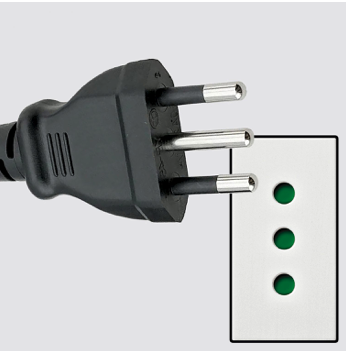
Health issues in Italy
Is it safe to drink water in mainland Italy?
It is safe to drink tap water in mainland Italy. Bottled water is also readily available across the country.
What vaccinations are required for Italy?
This NHS website is kept up to date with all relevant information on vaccinations in Italy.
Phones in Italy
What is the country calling code for Italy?
The country calling code for Italy is +39
What are the emergency phone numbers in Italy?
- The emergency number for police in Italy is: 112
- In Italy, the emergency number for ambulance is: 112
- The emergency number for fire in Italy is: 112
If you’ve got some useful info that you’d like to share, let us know!
And don’t forget to check out all the other pictures!
